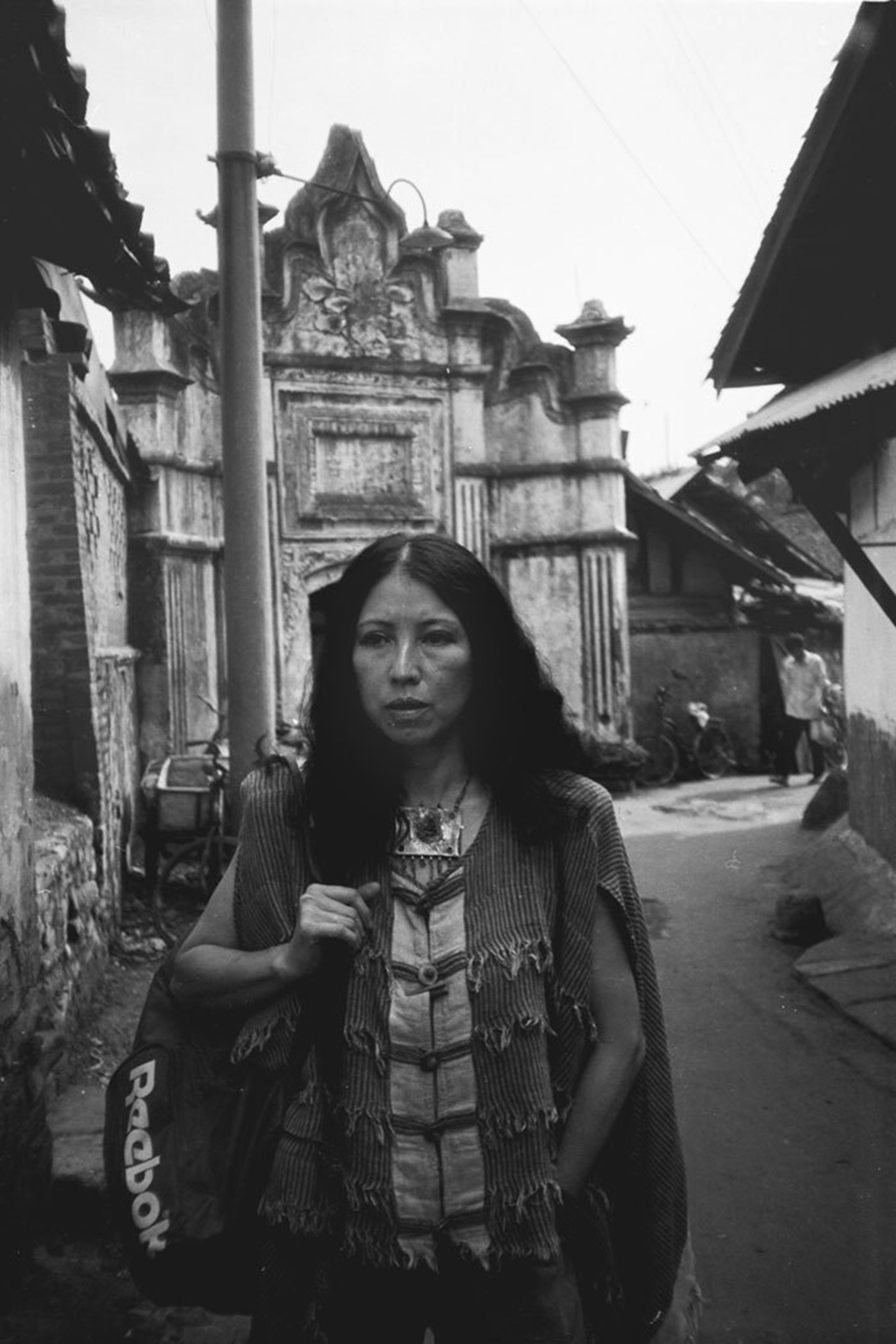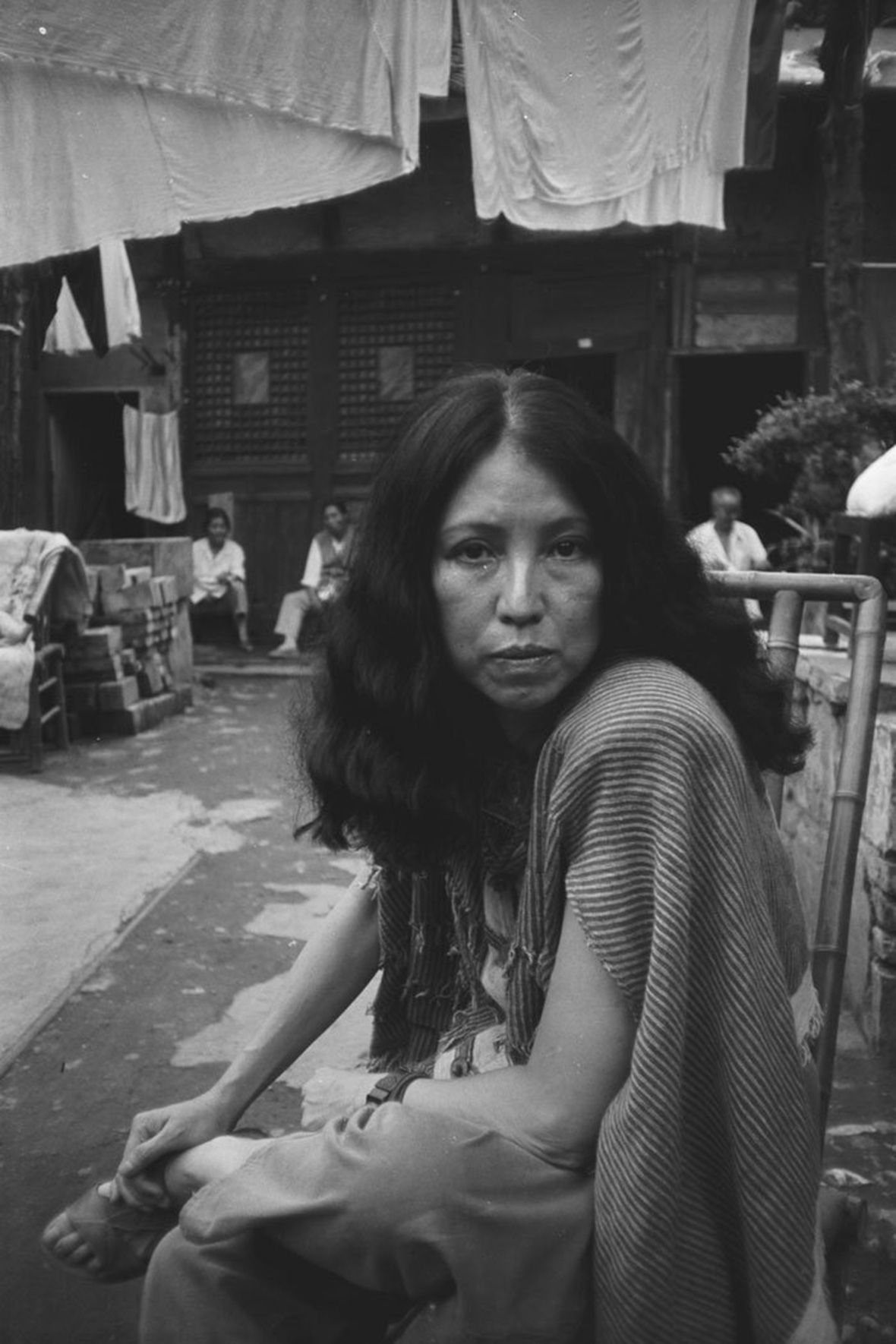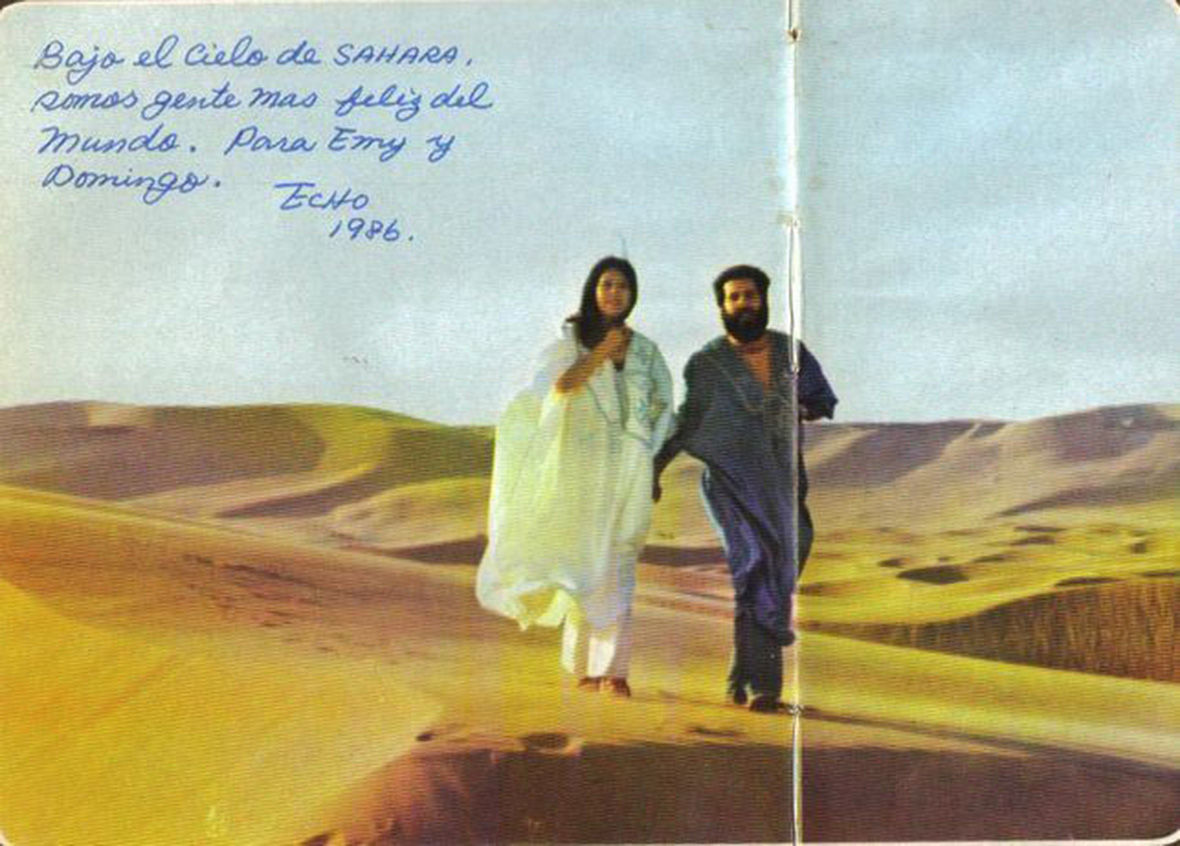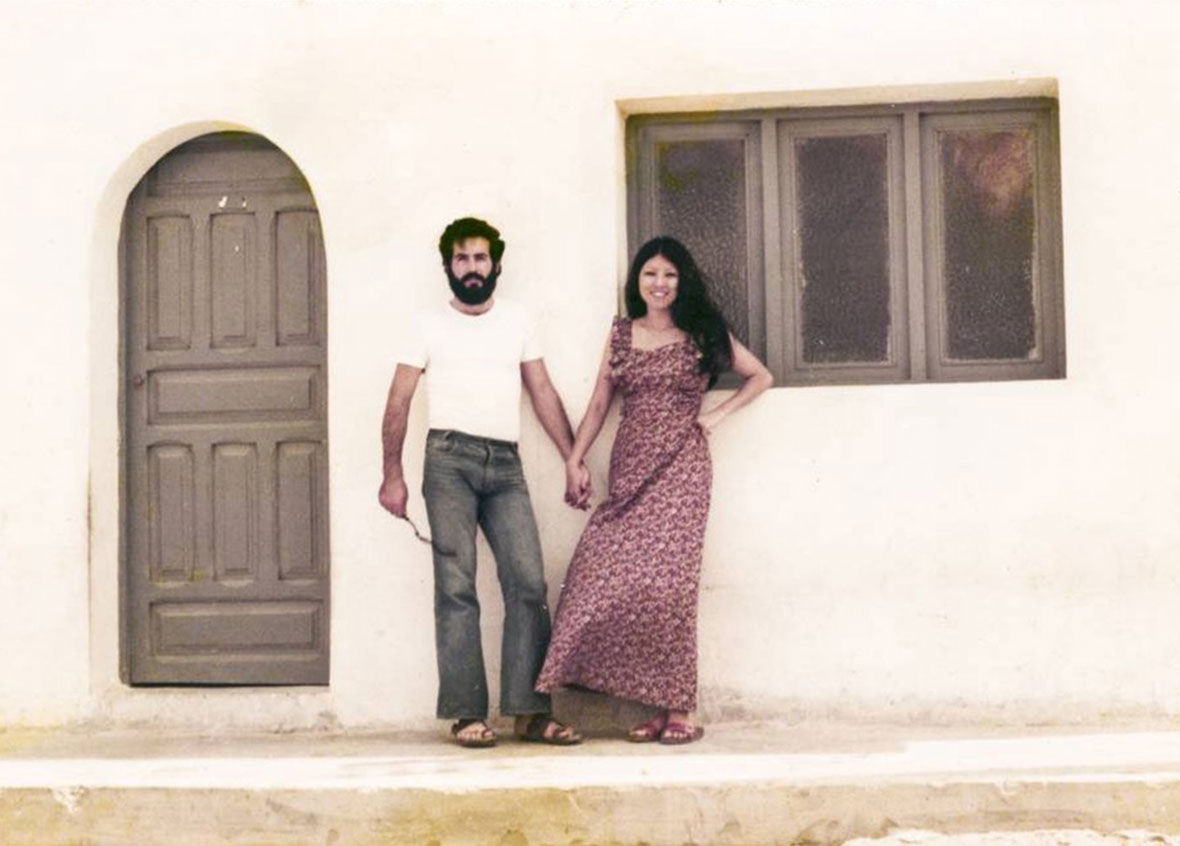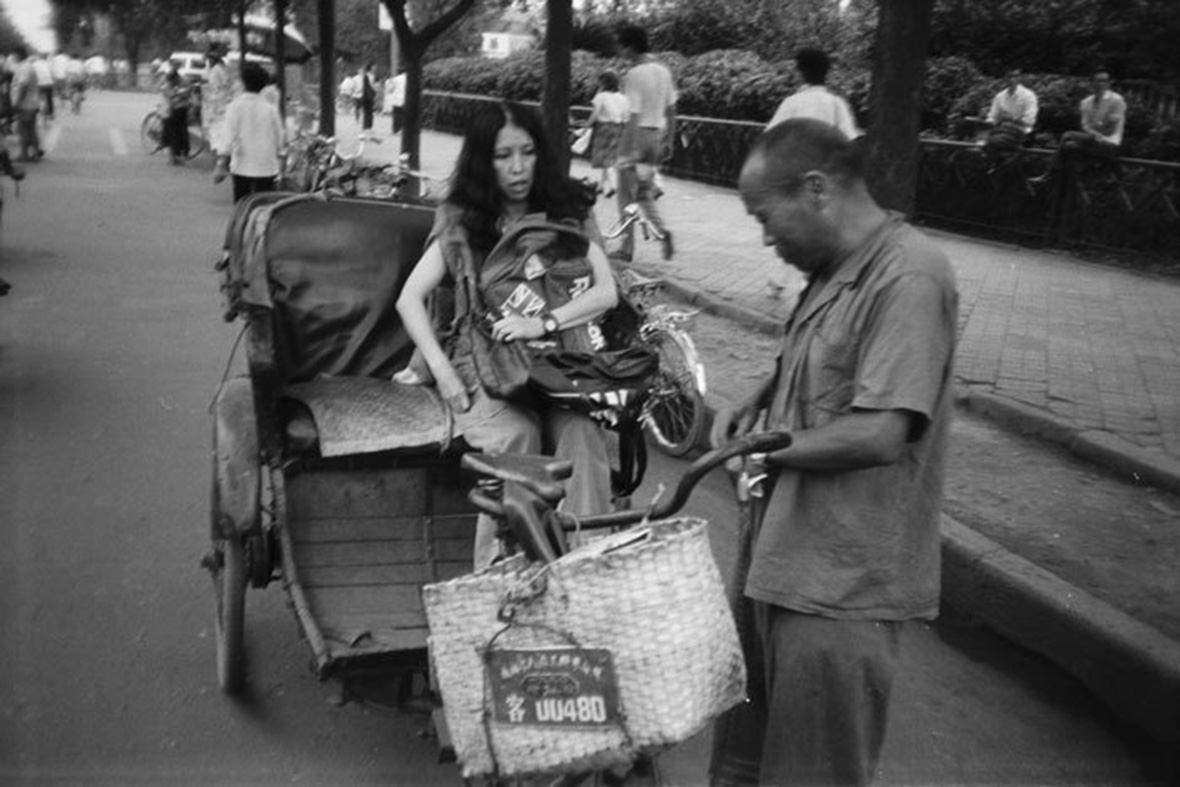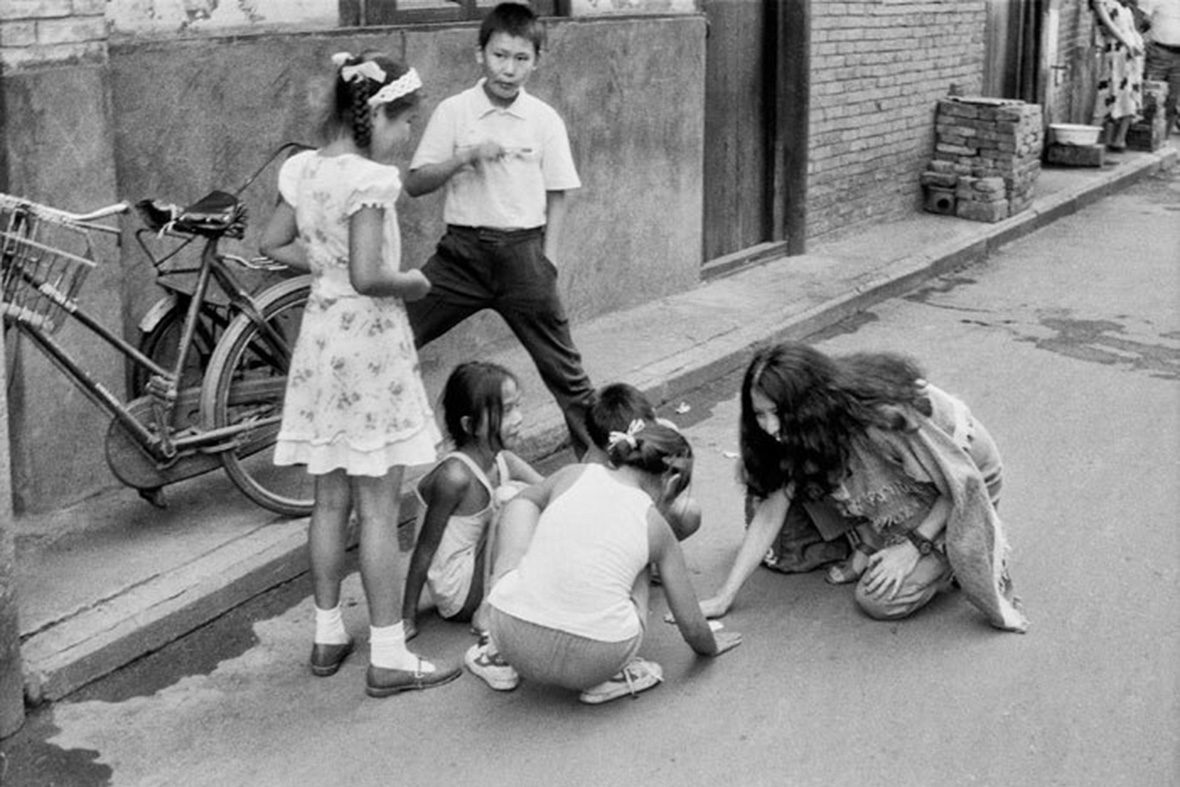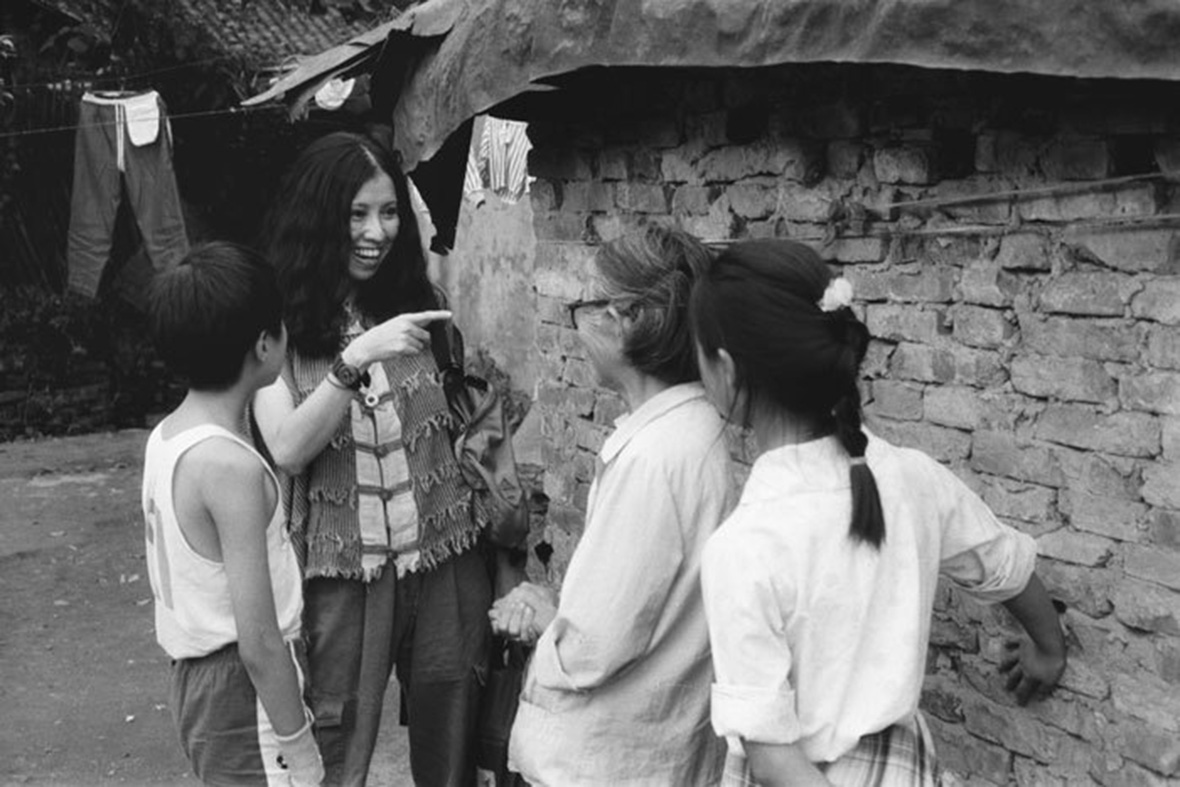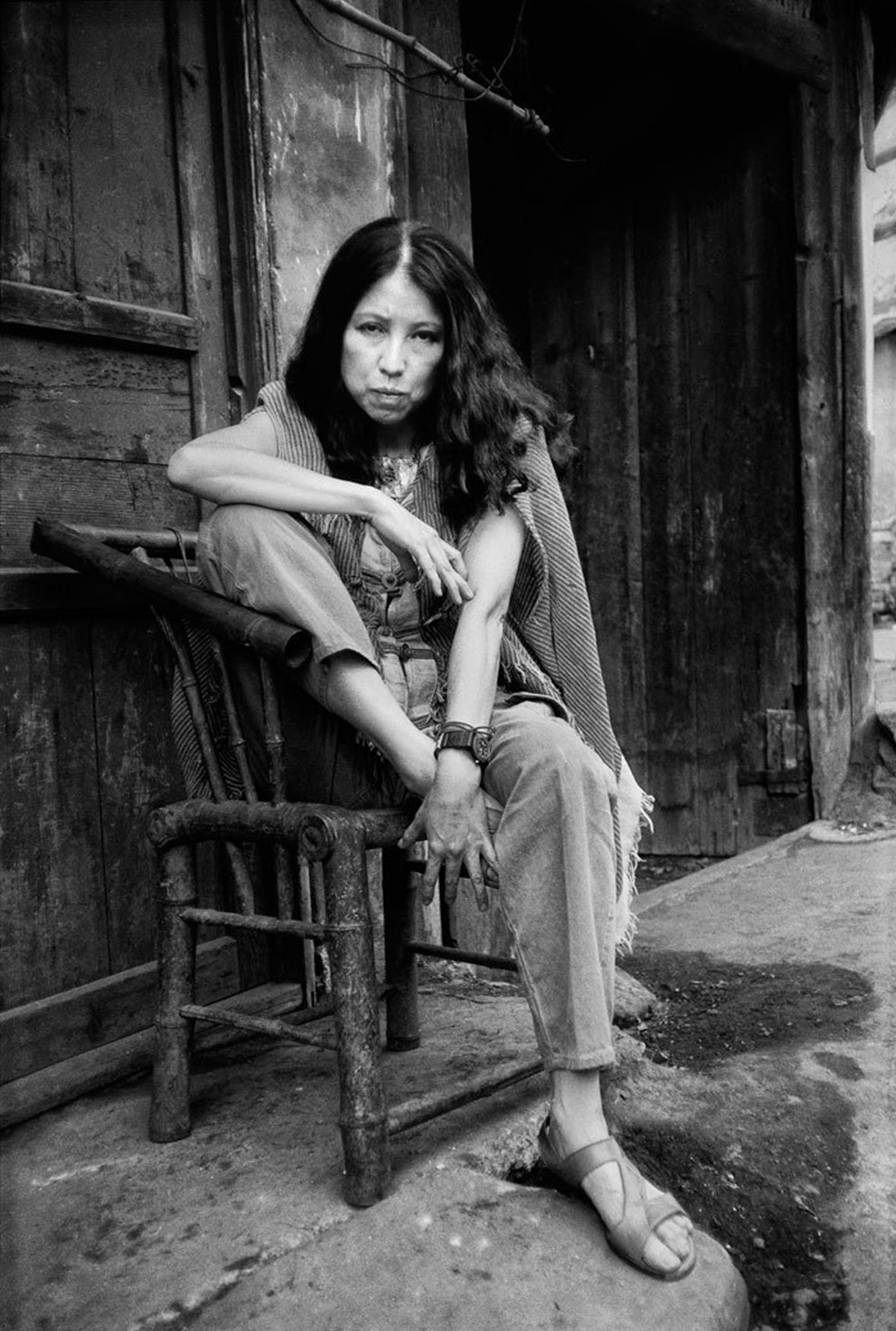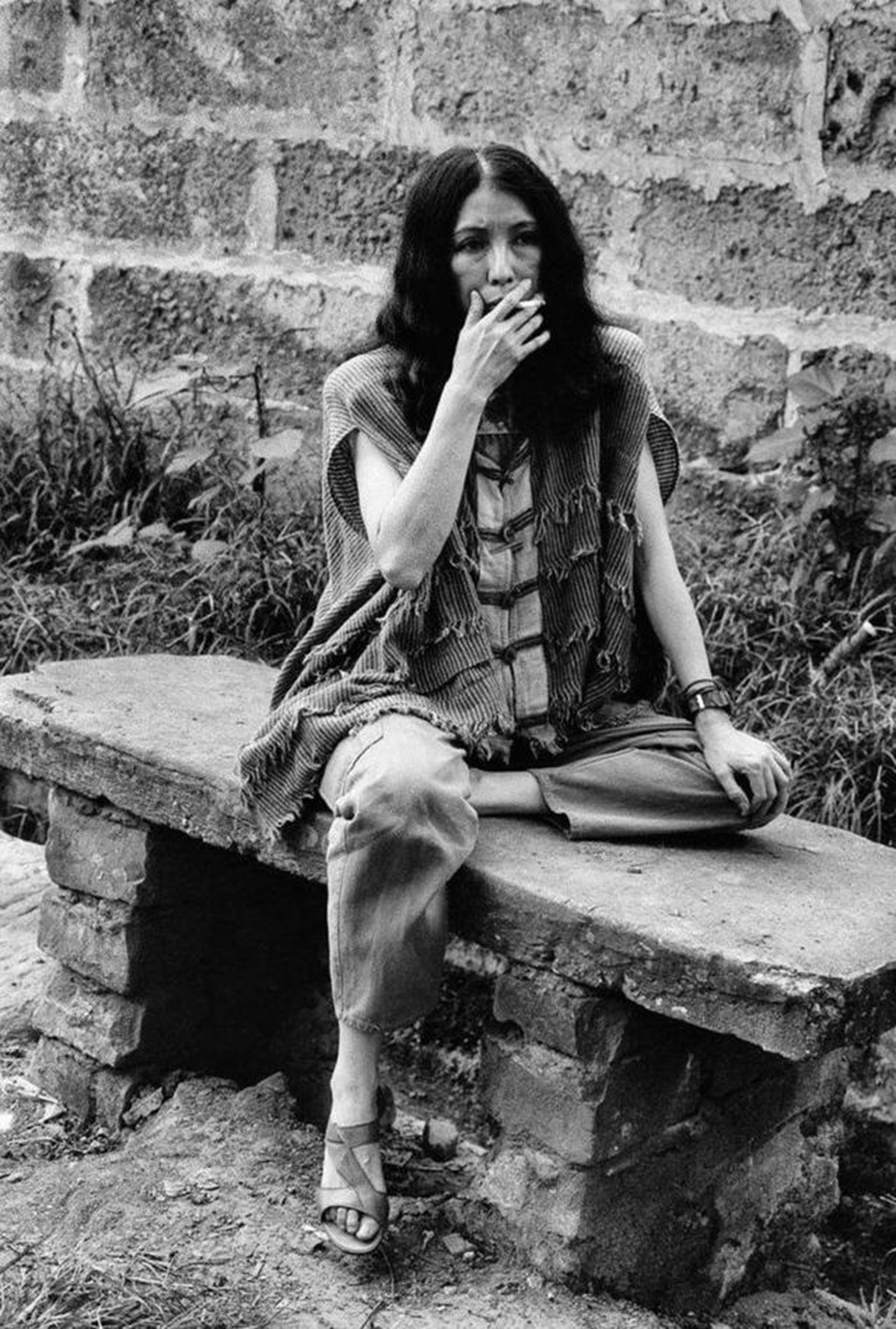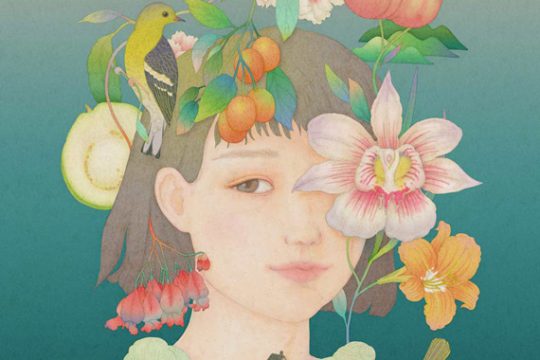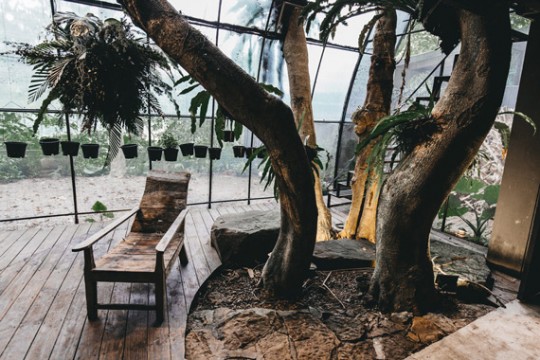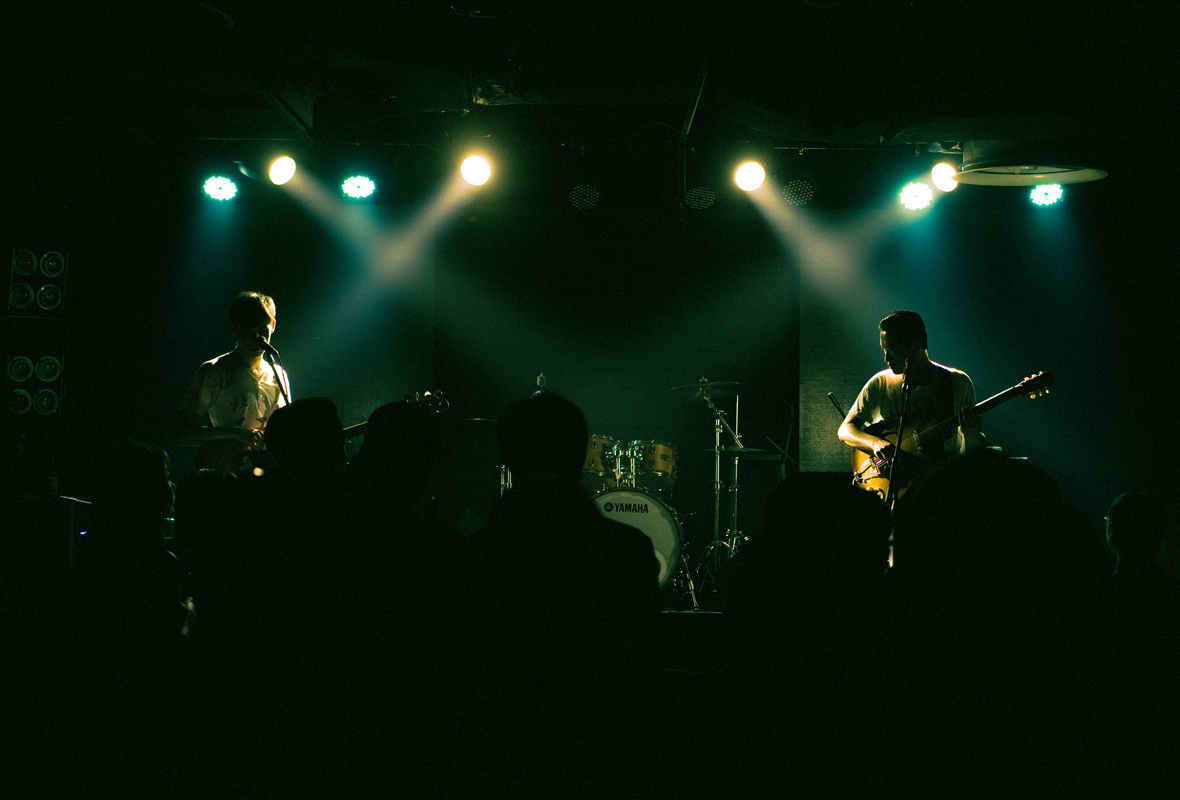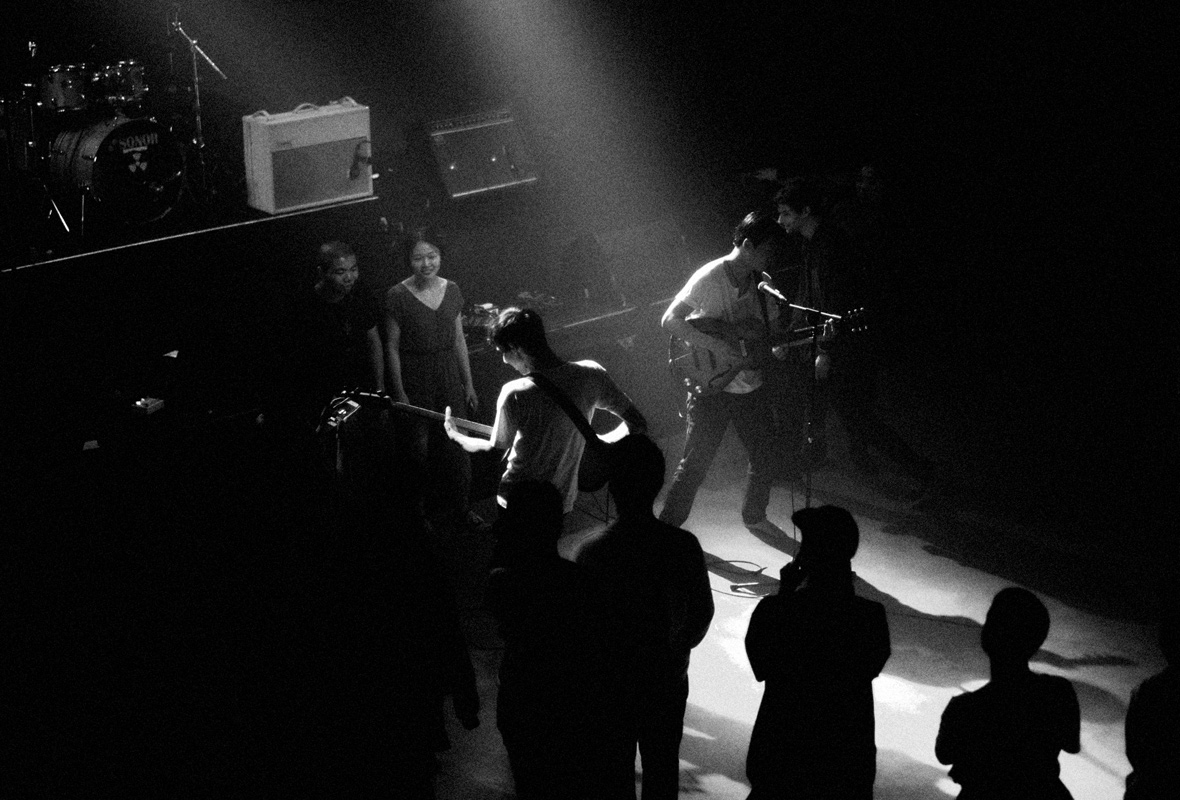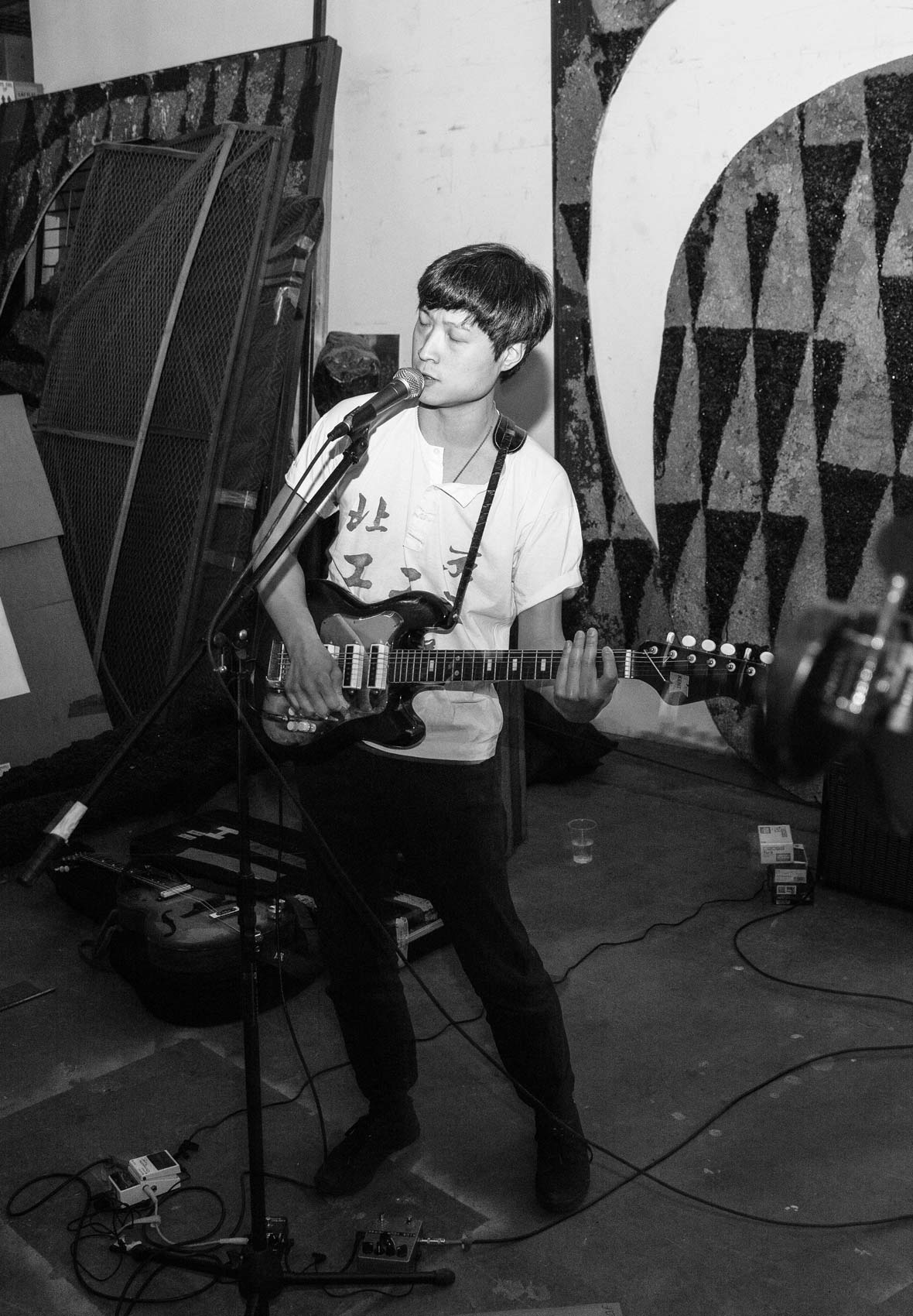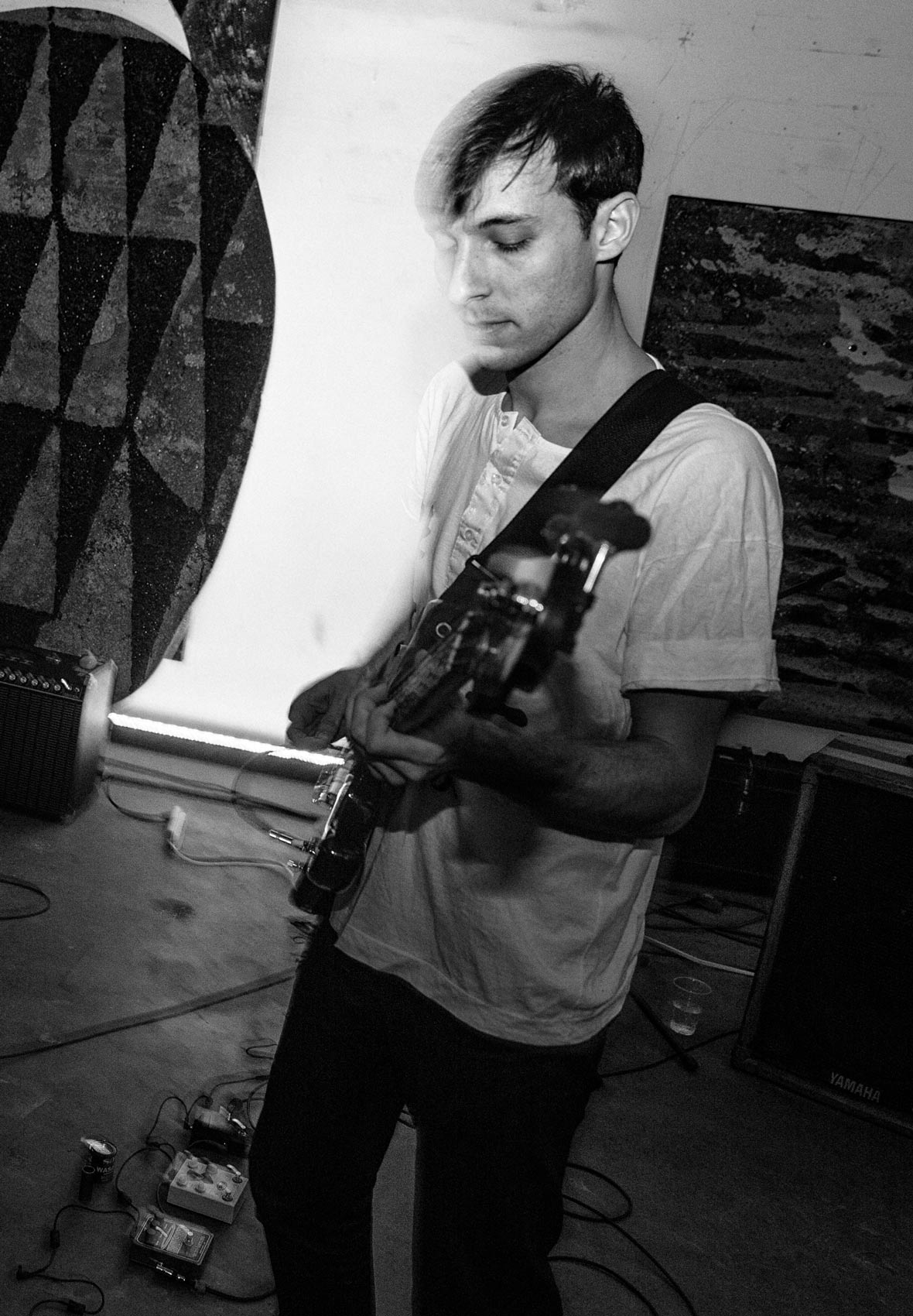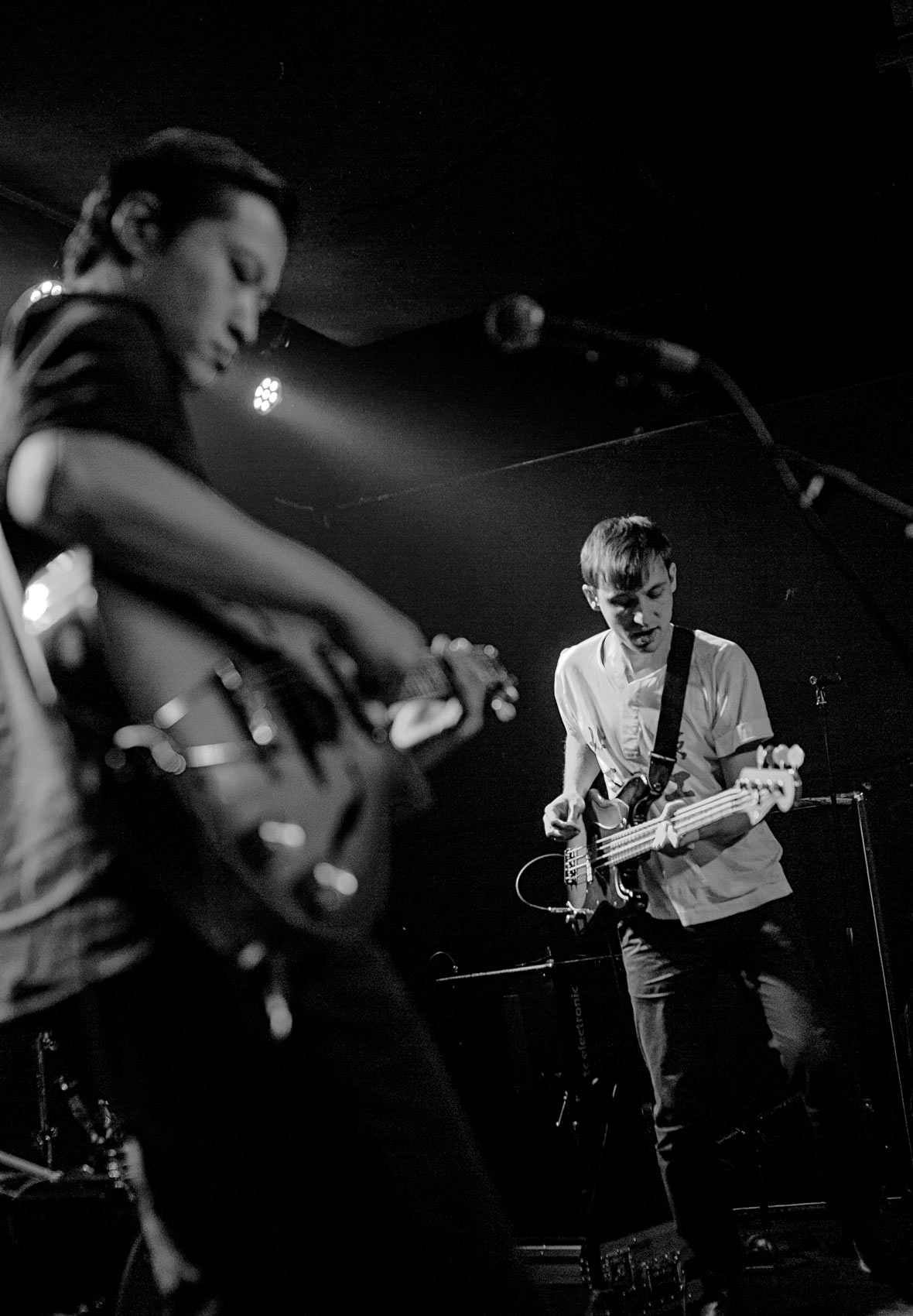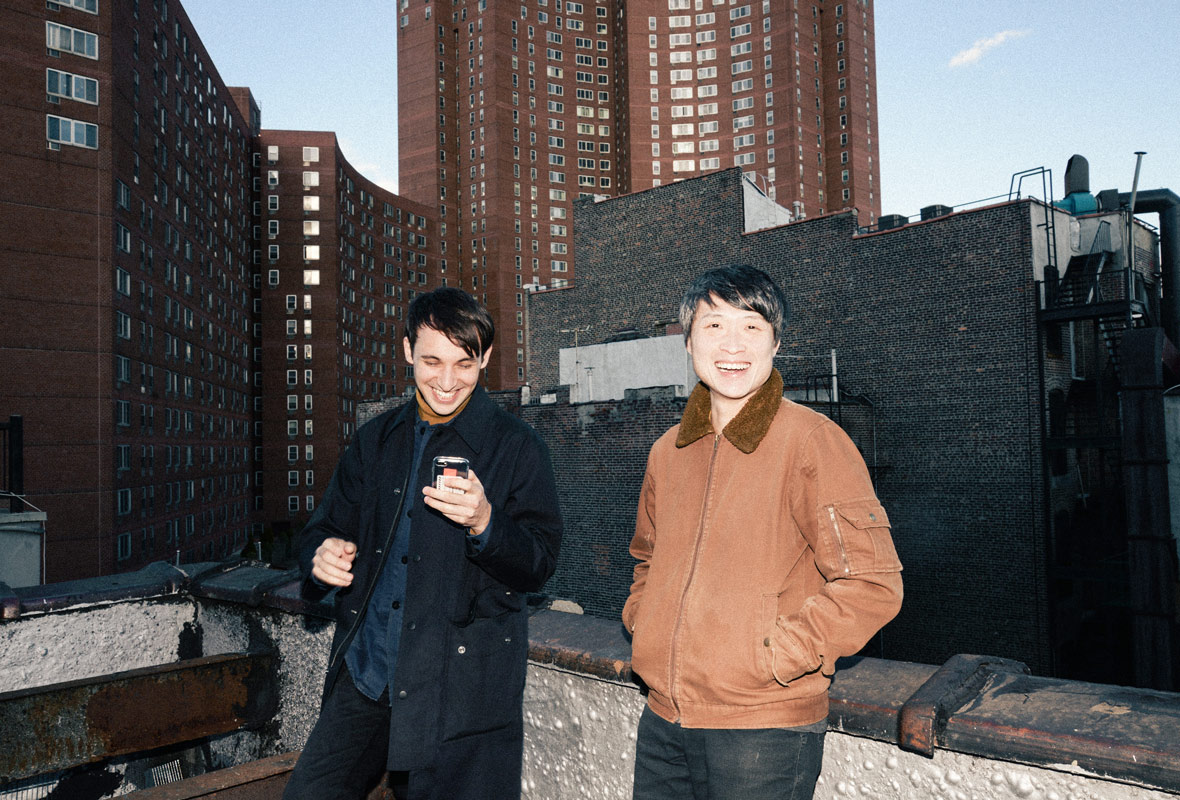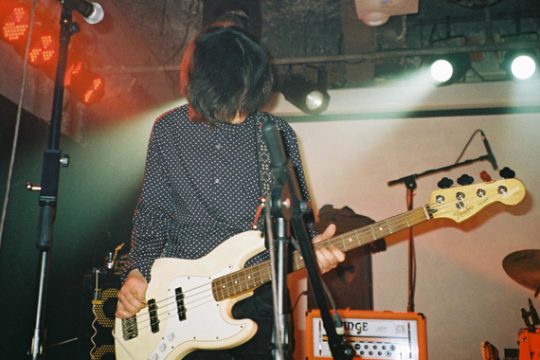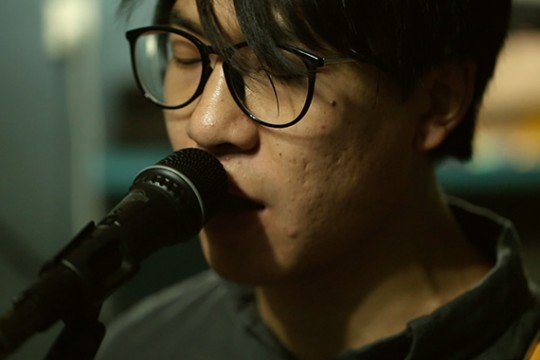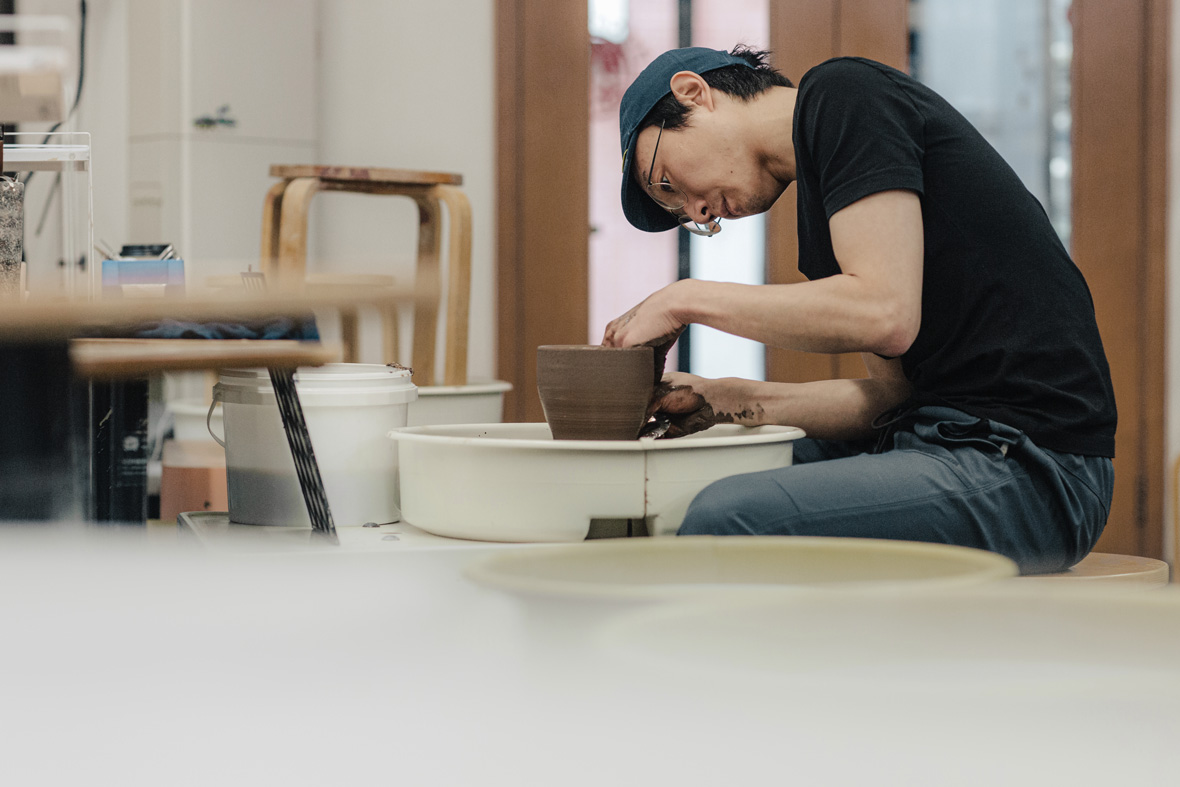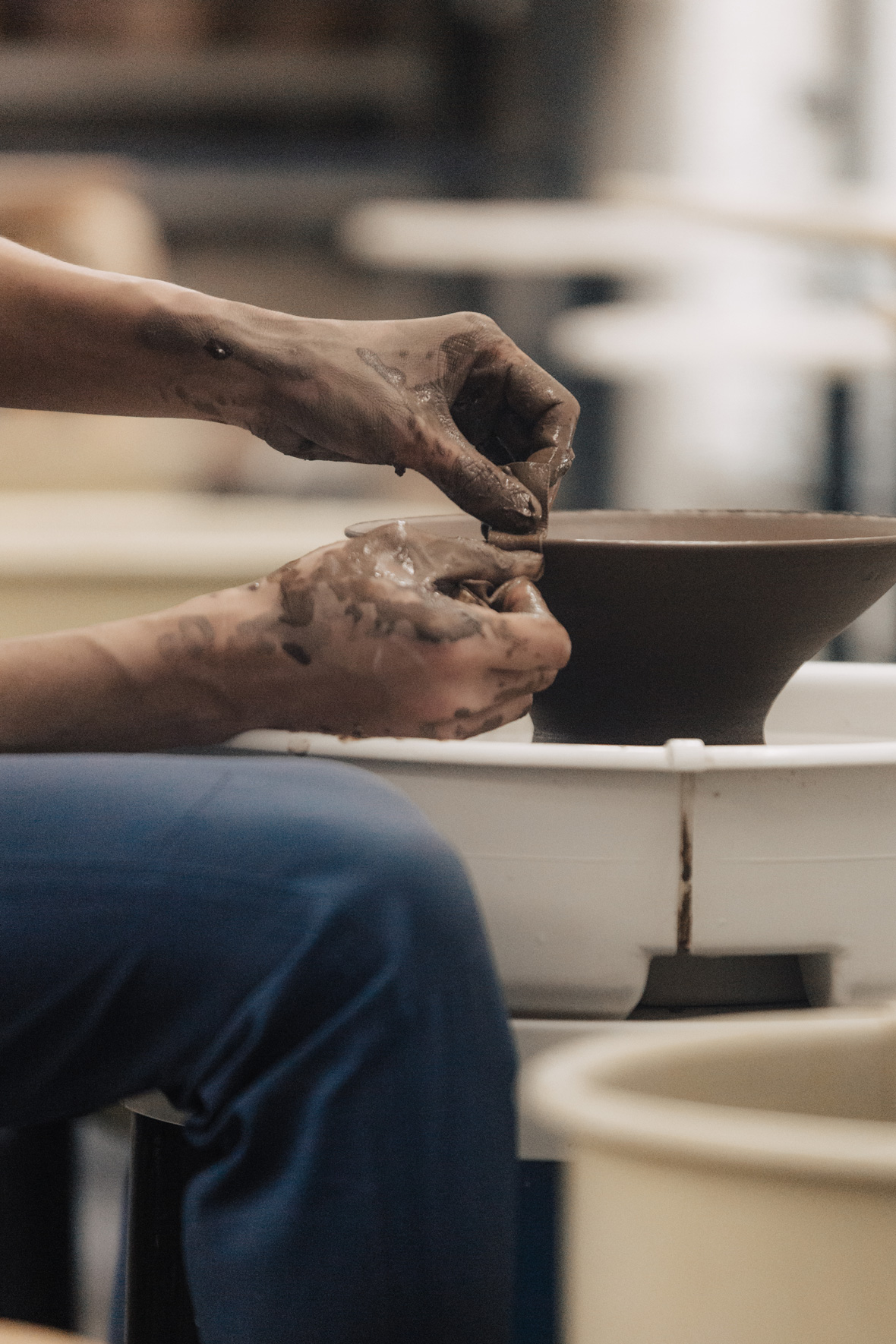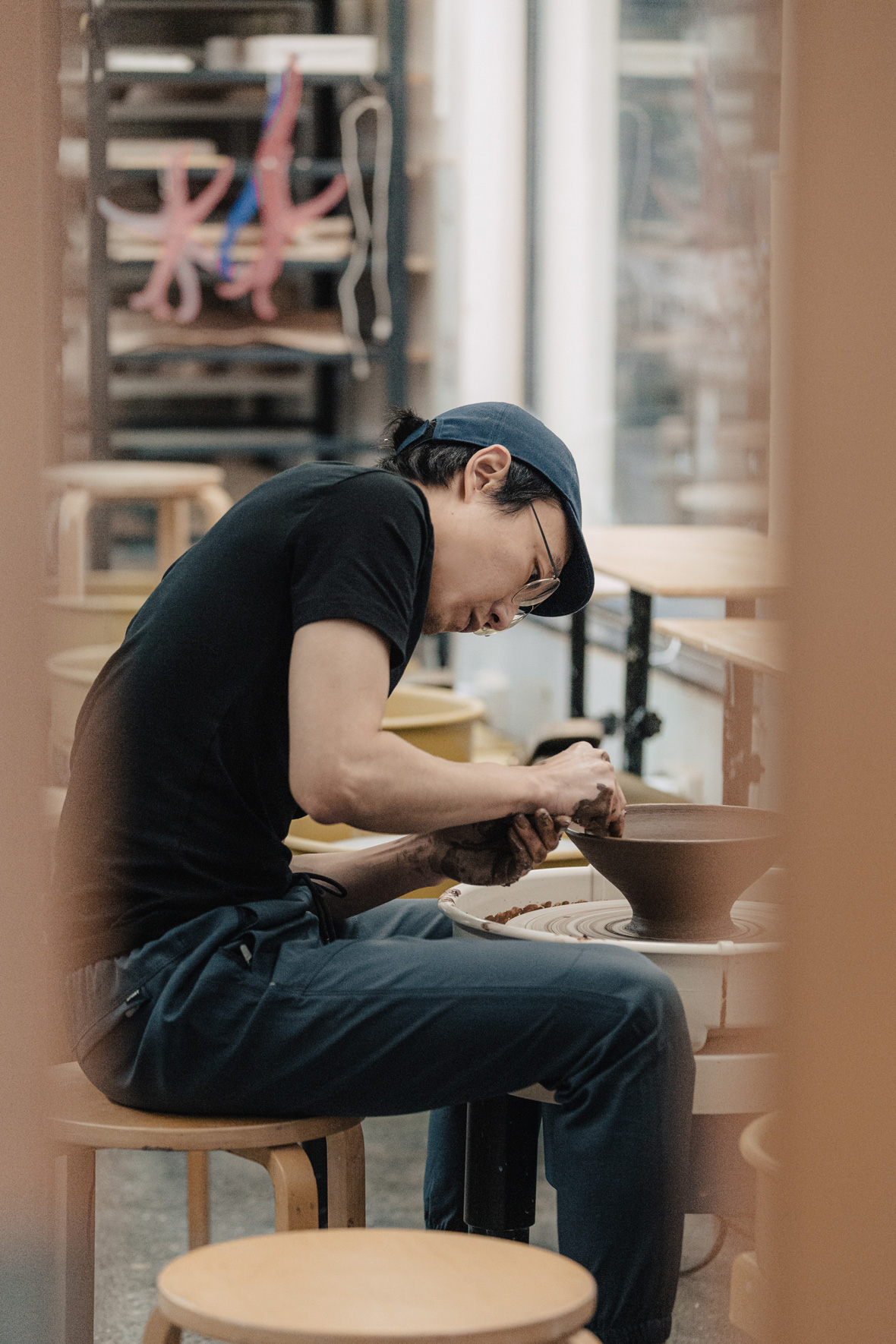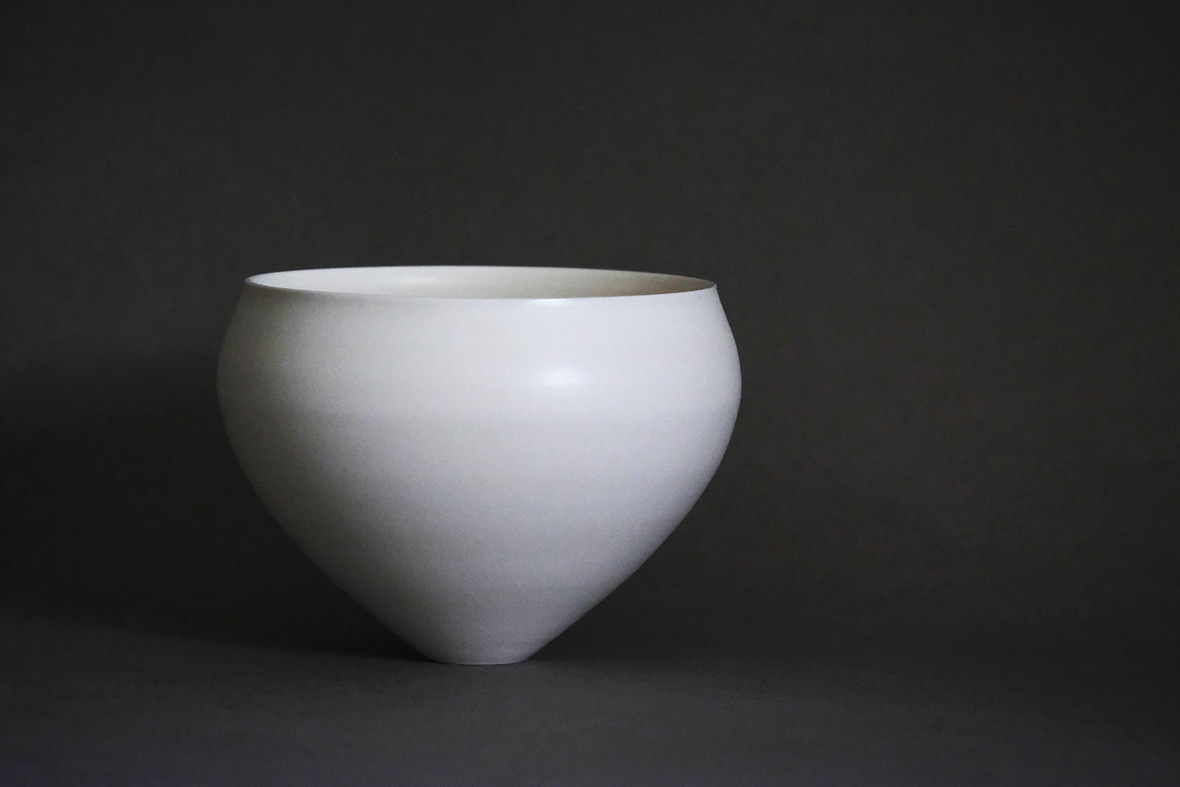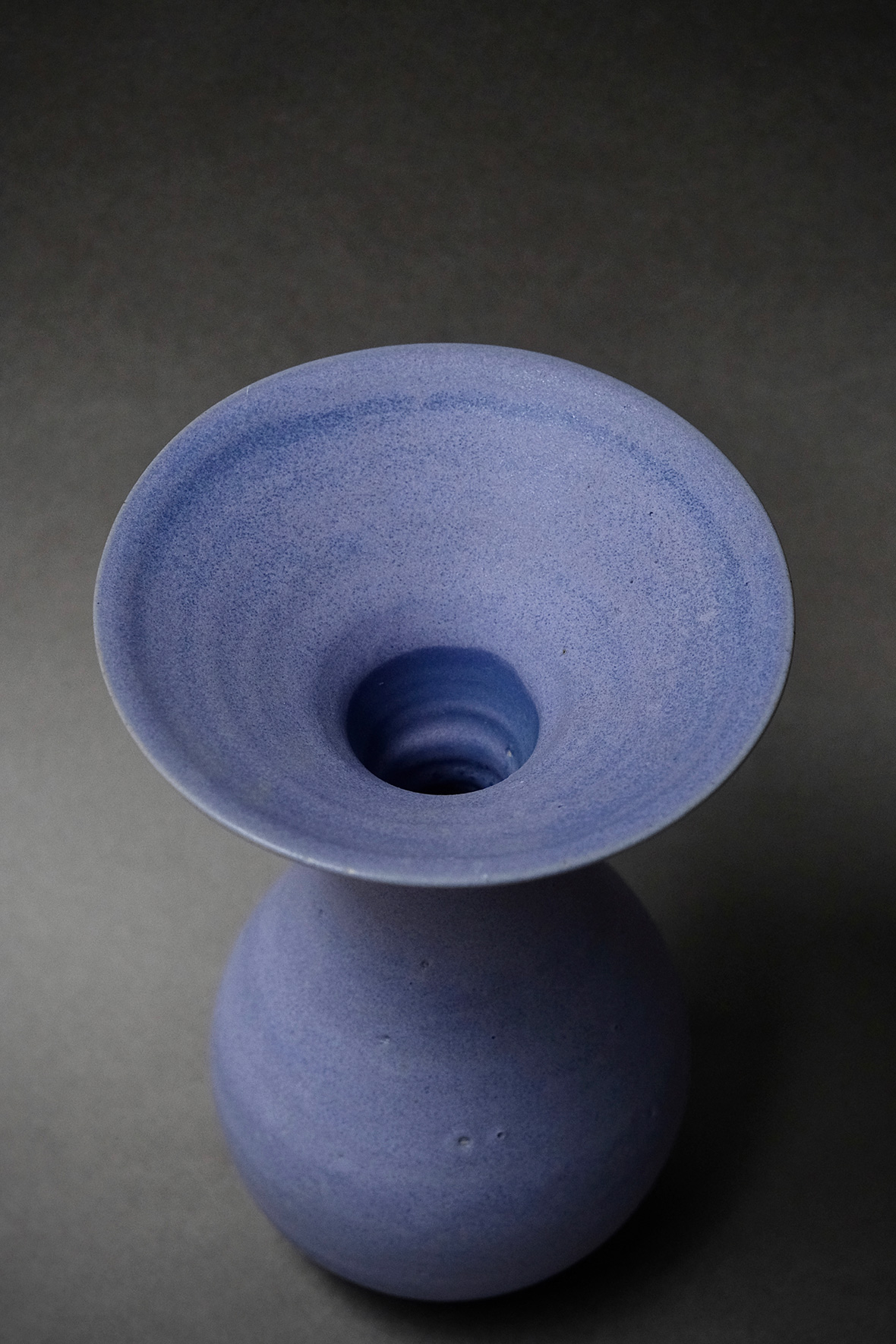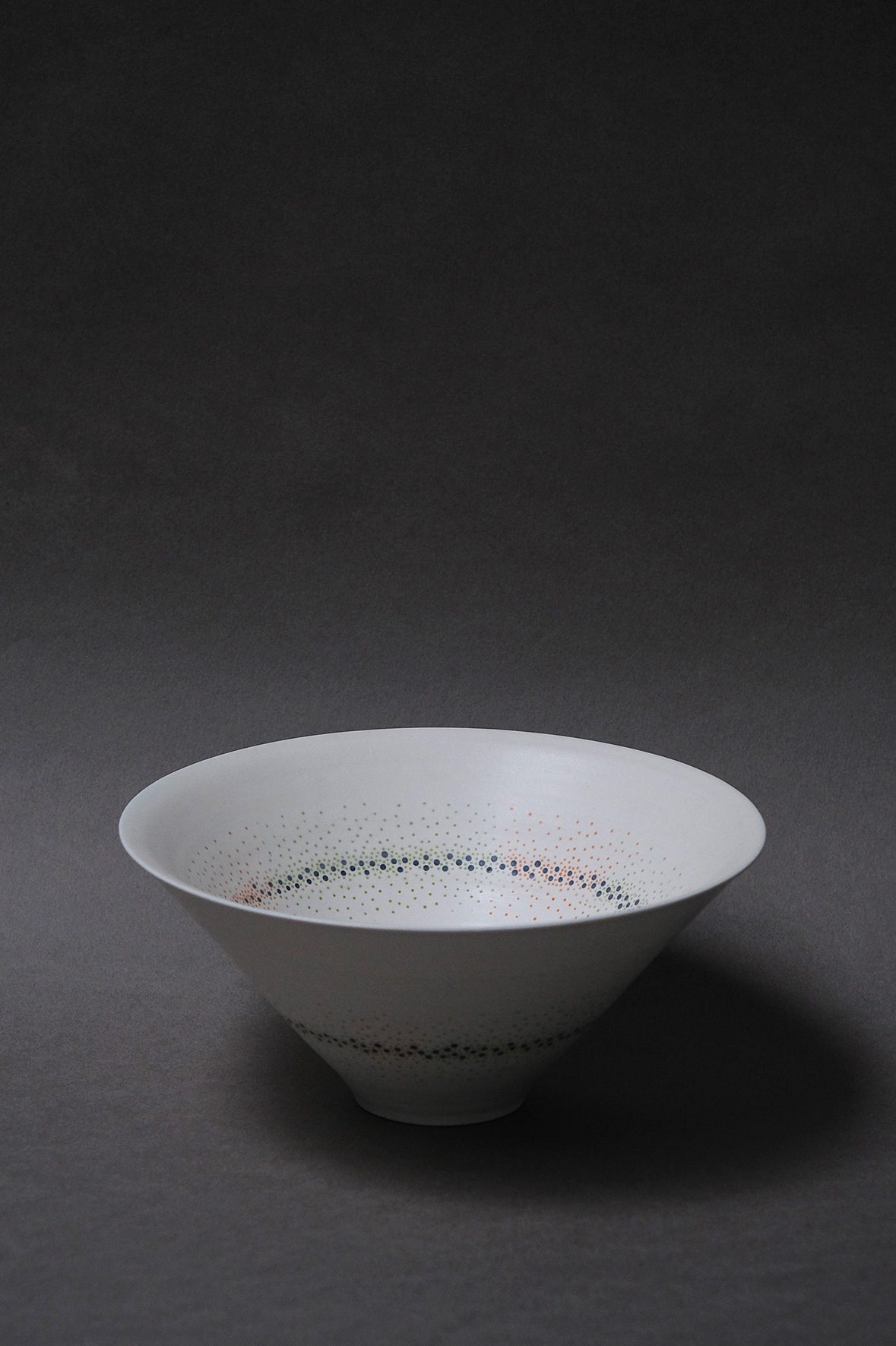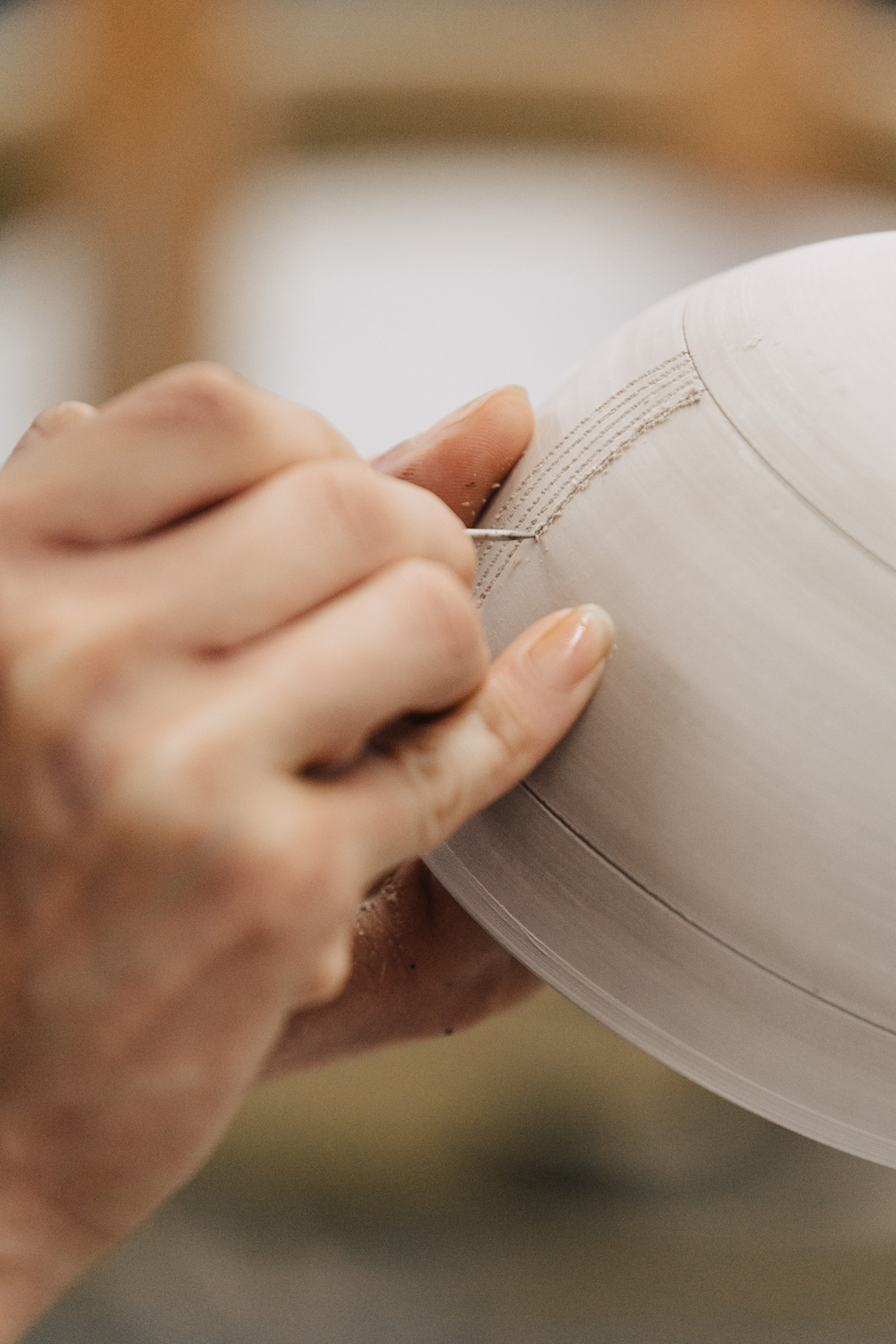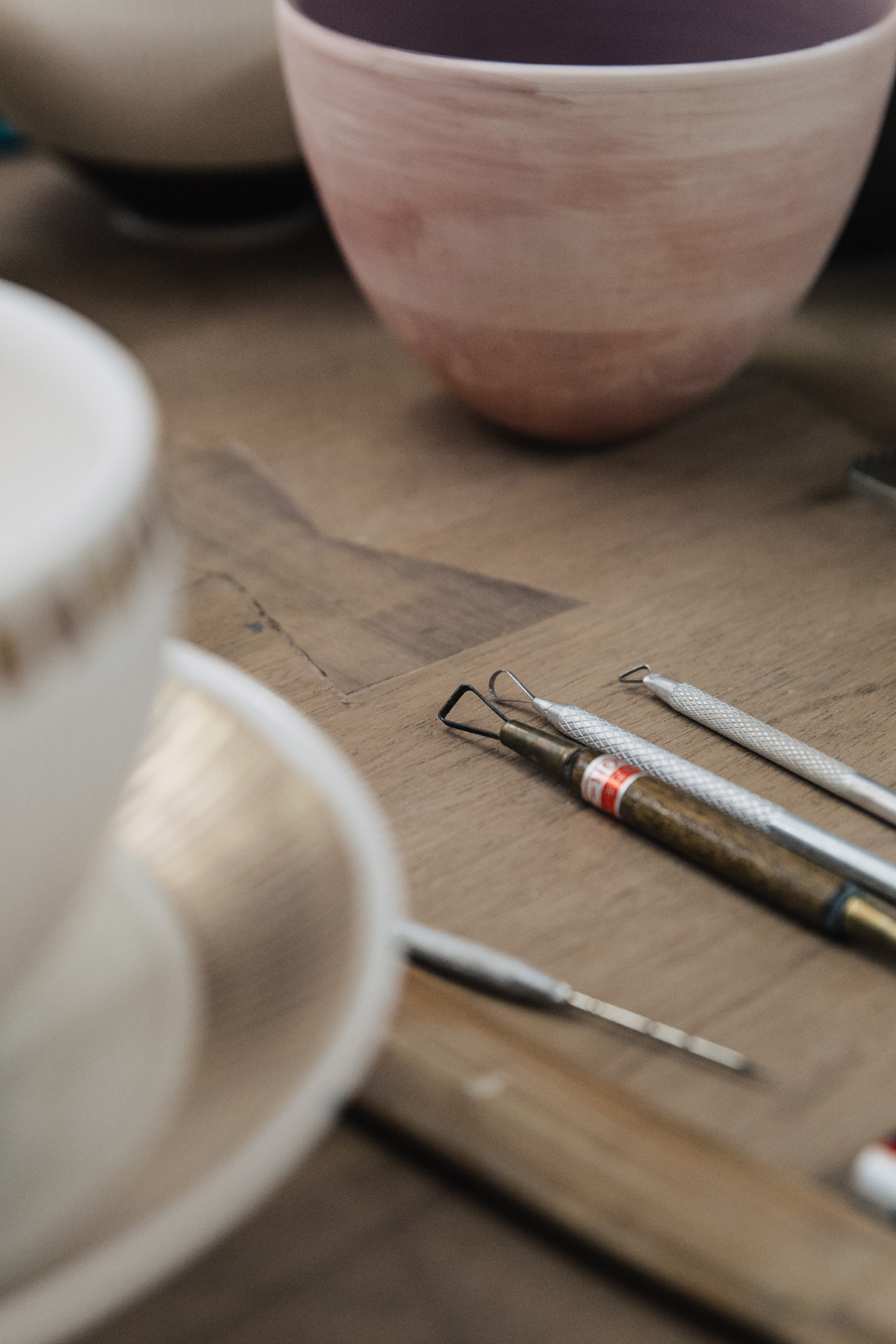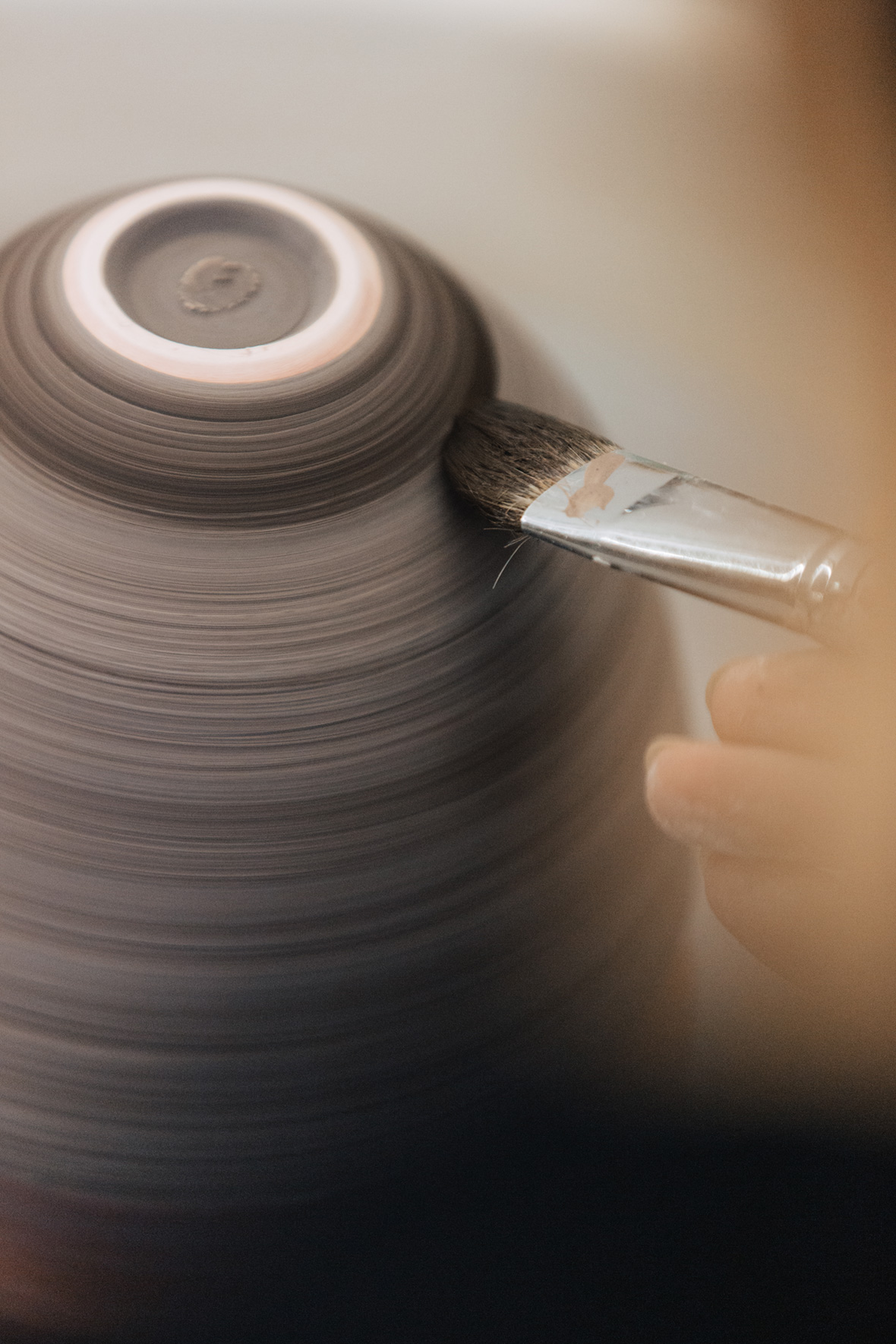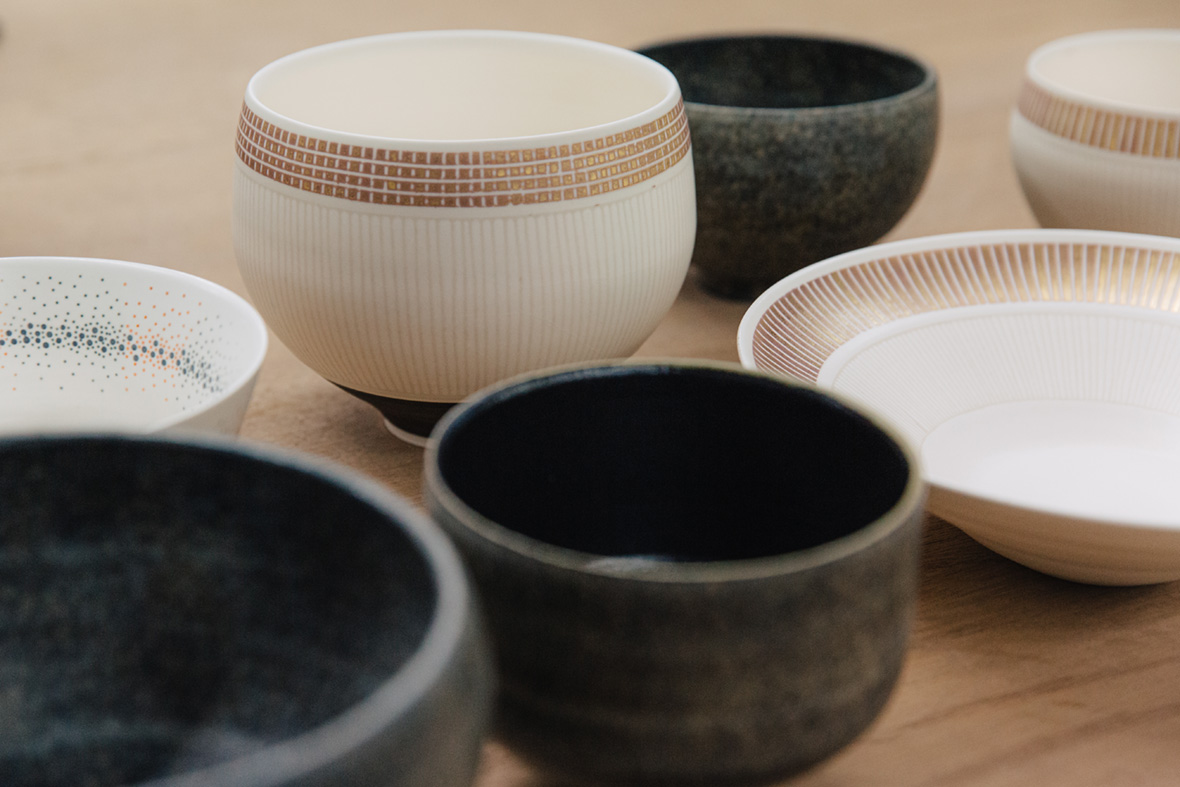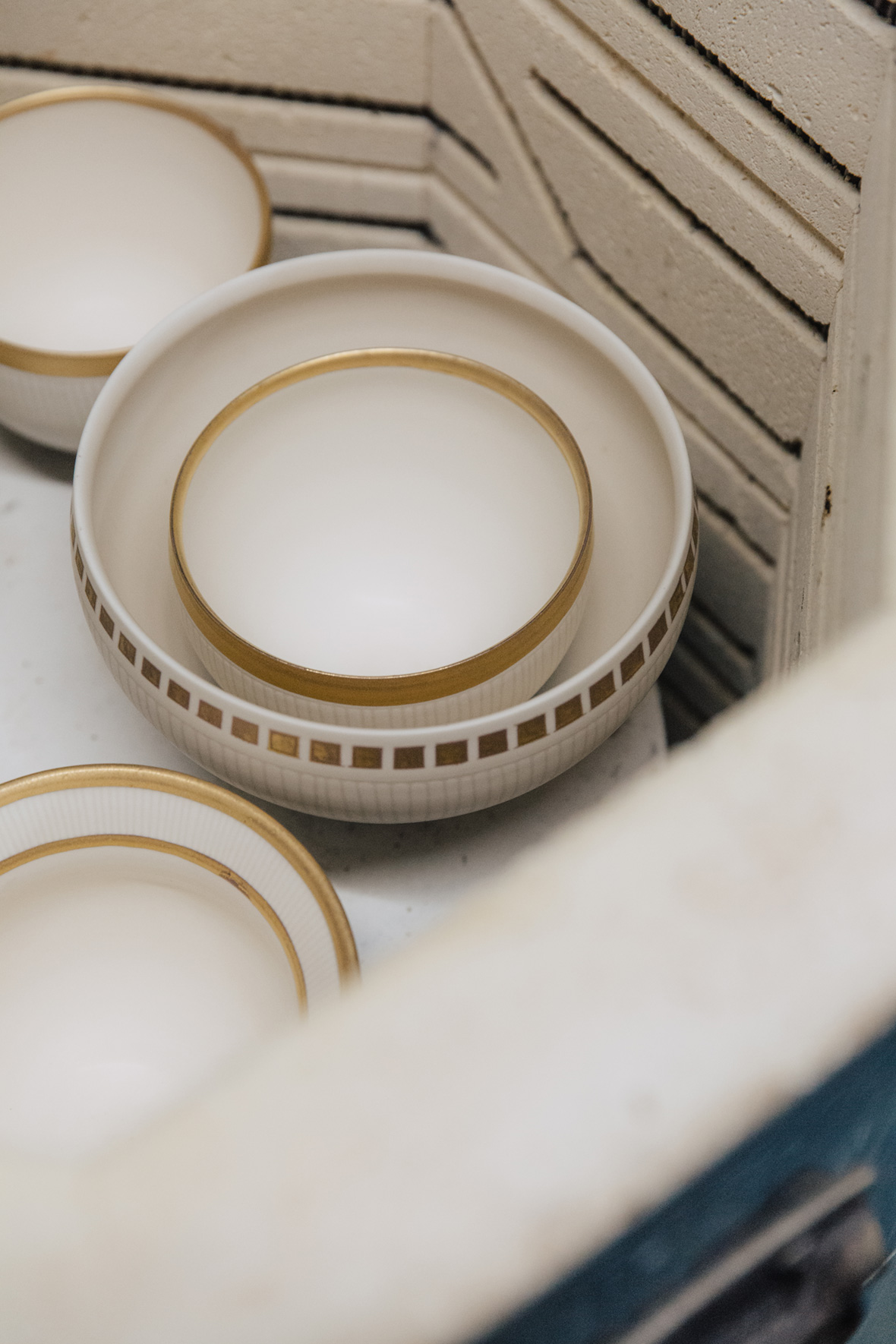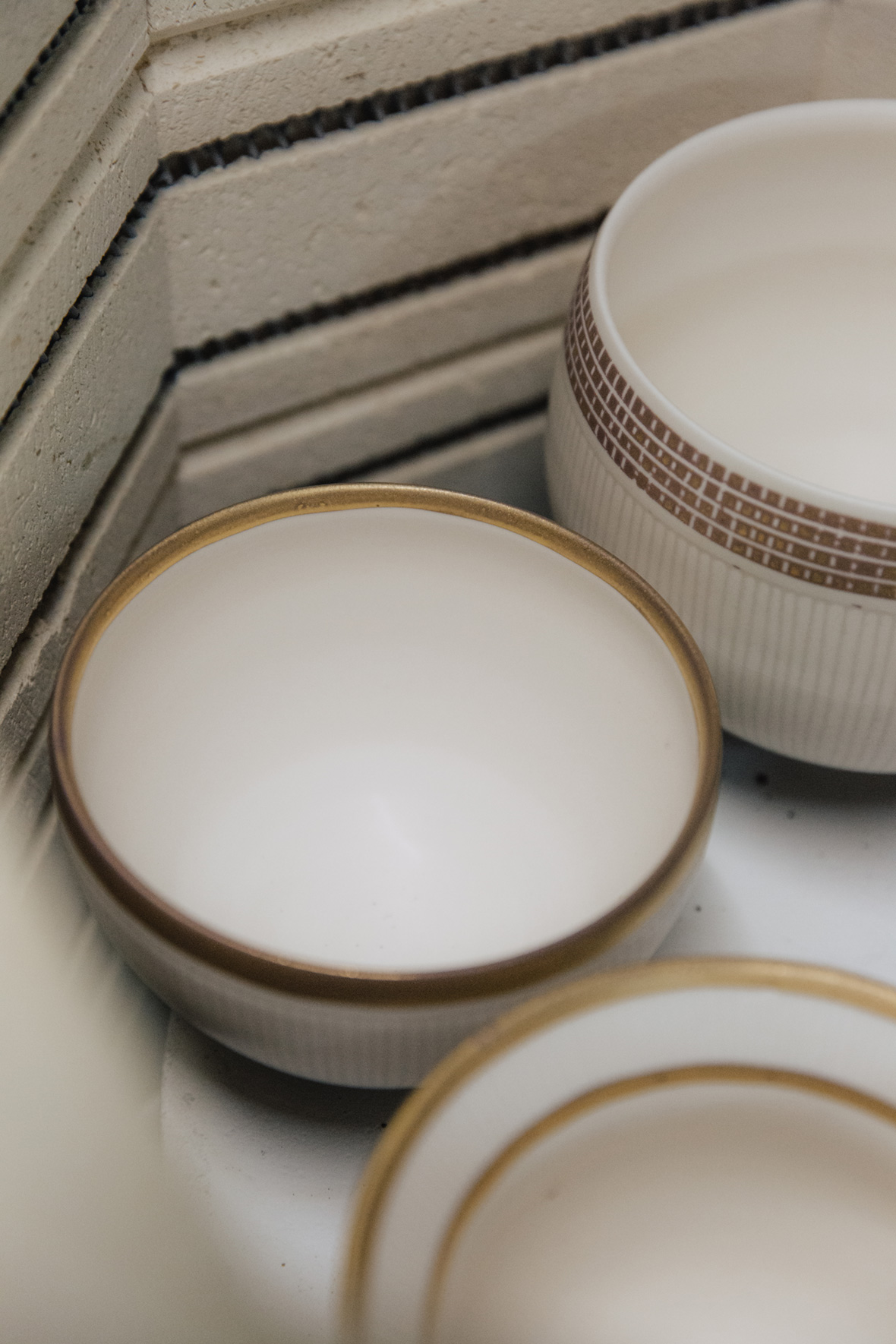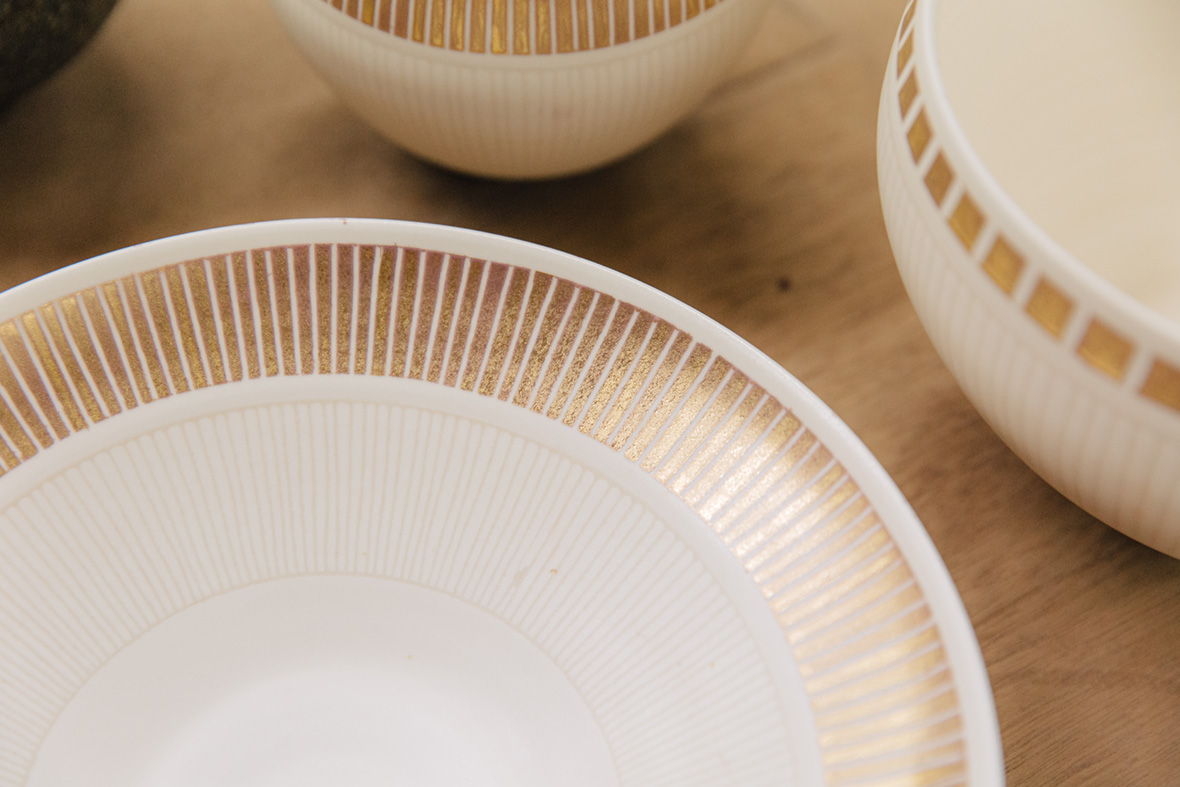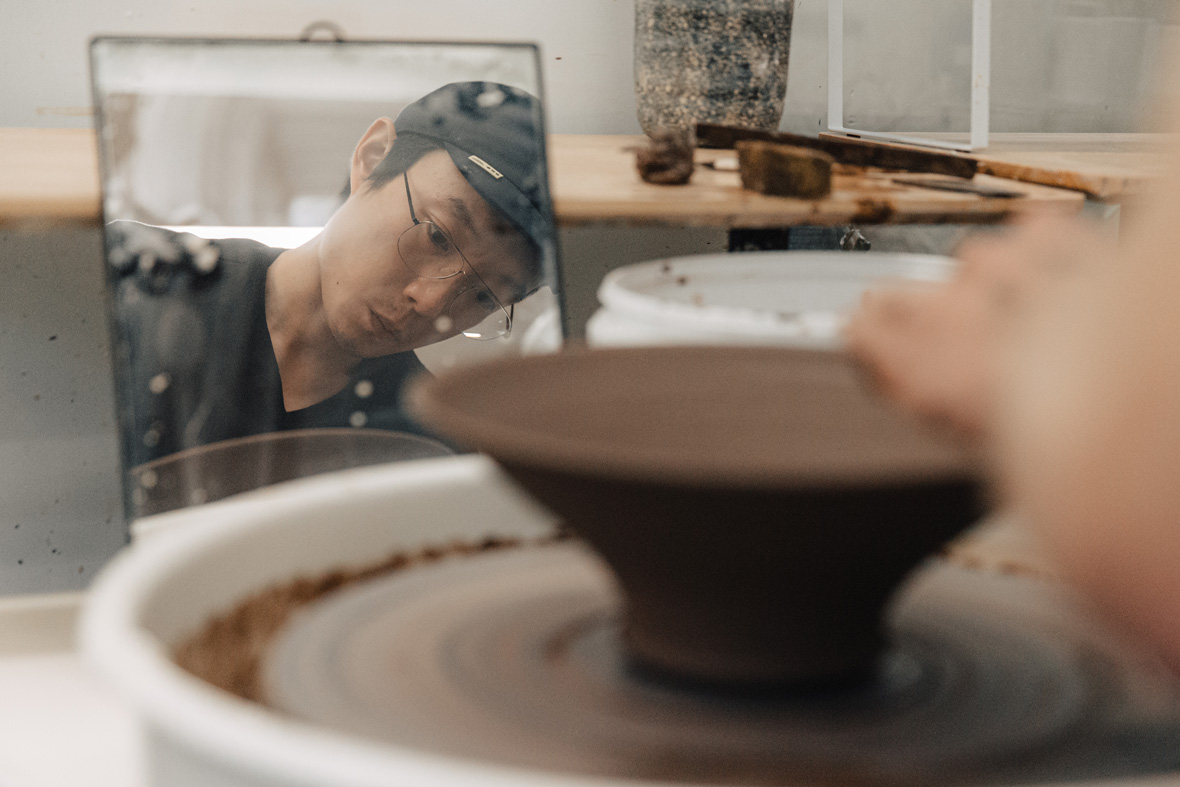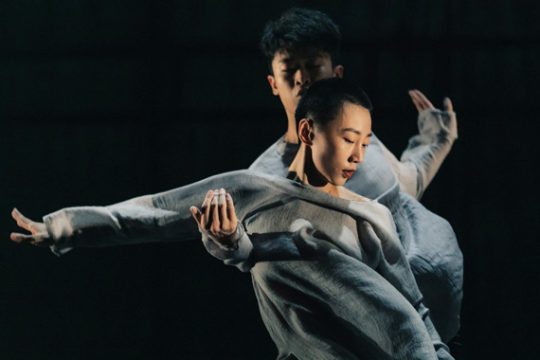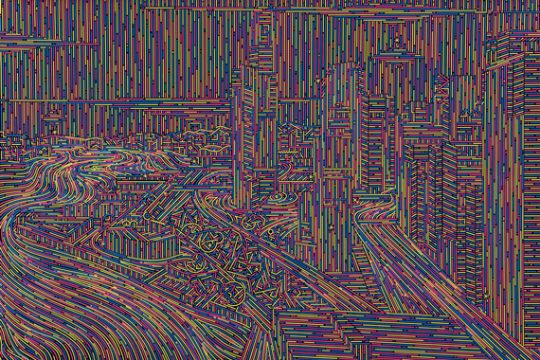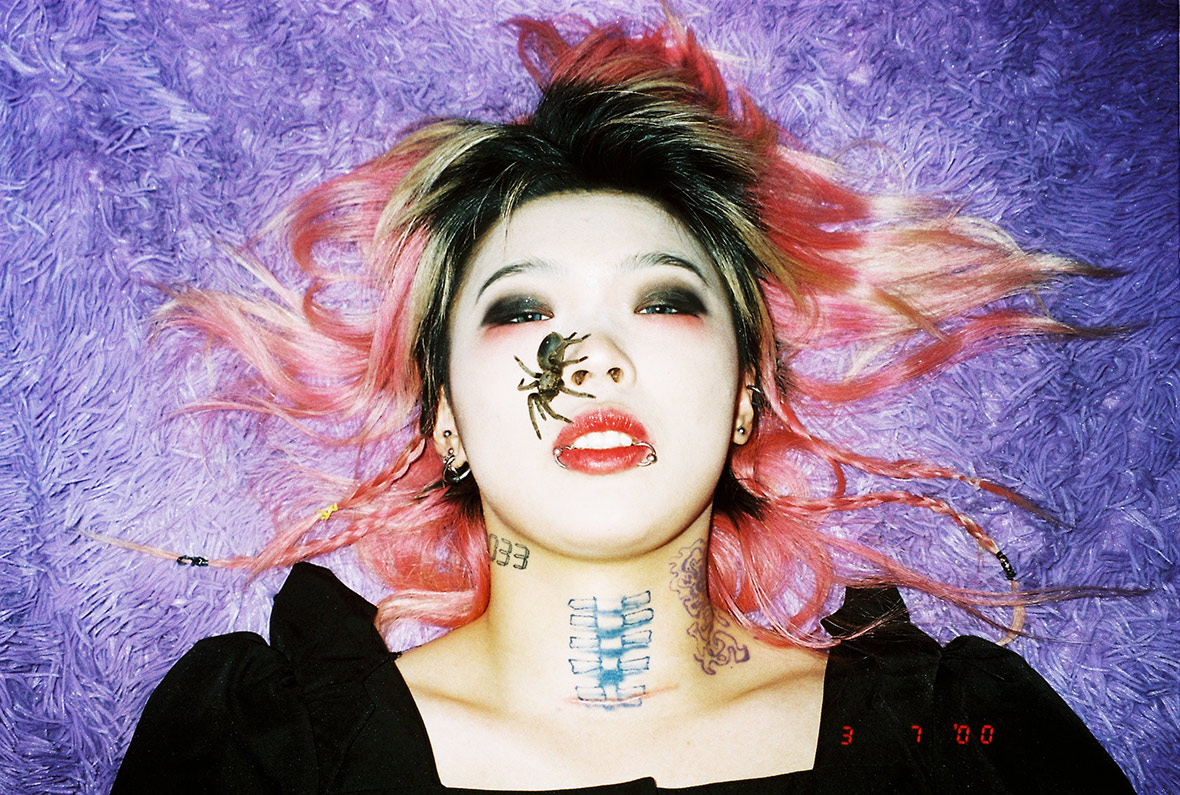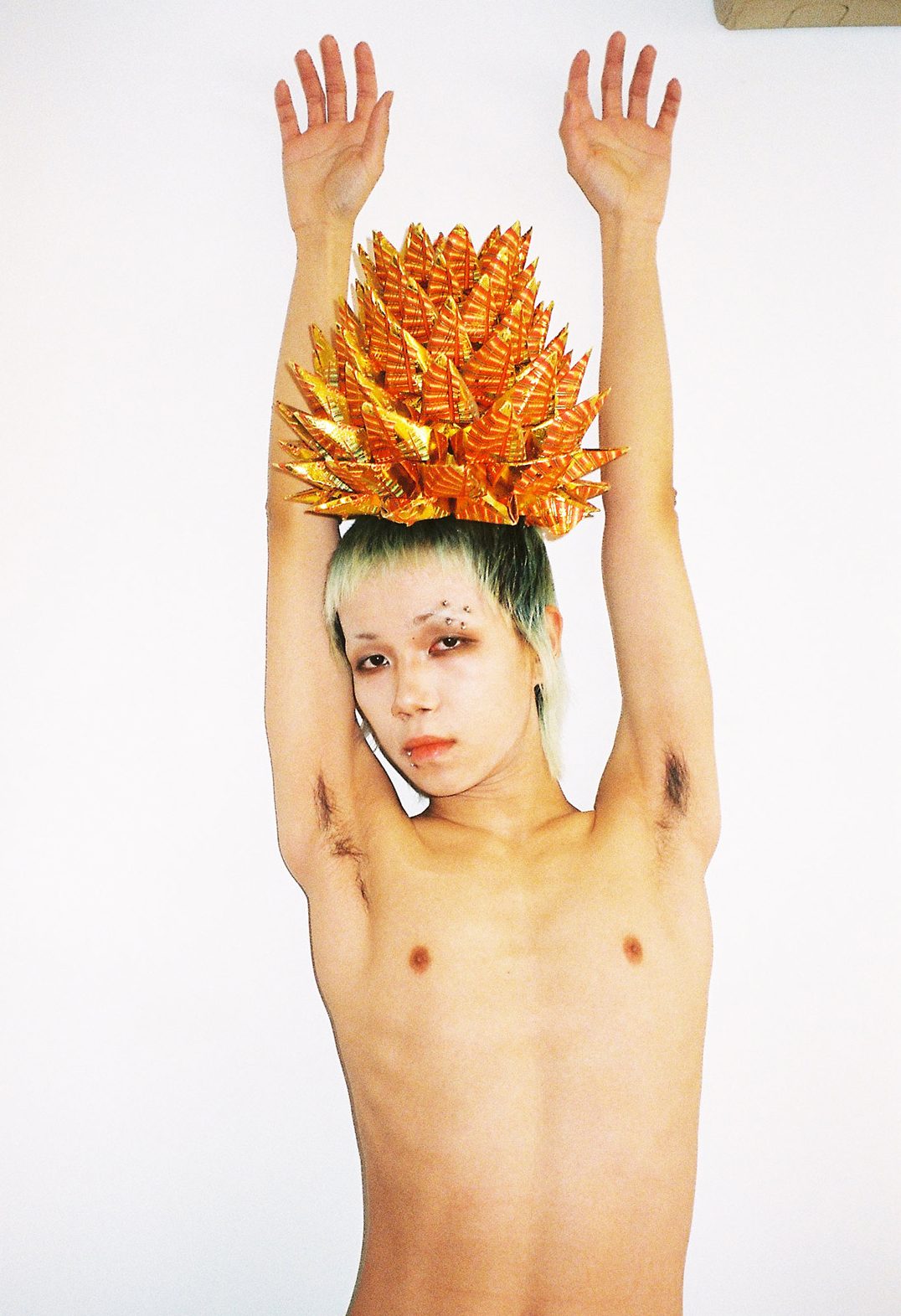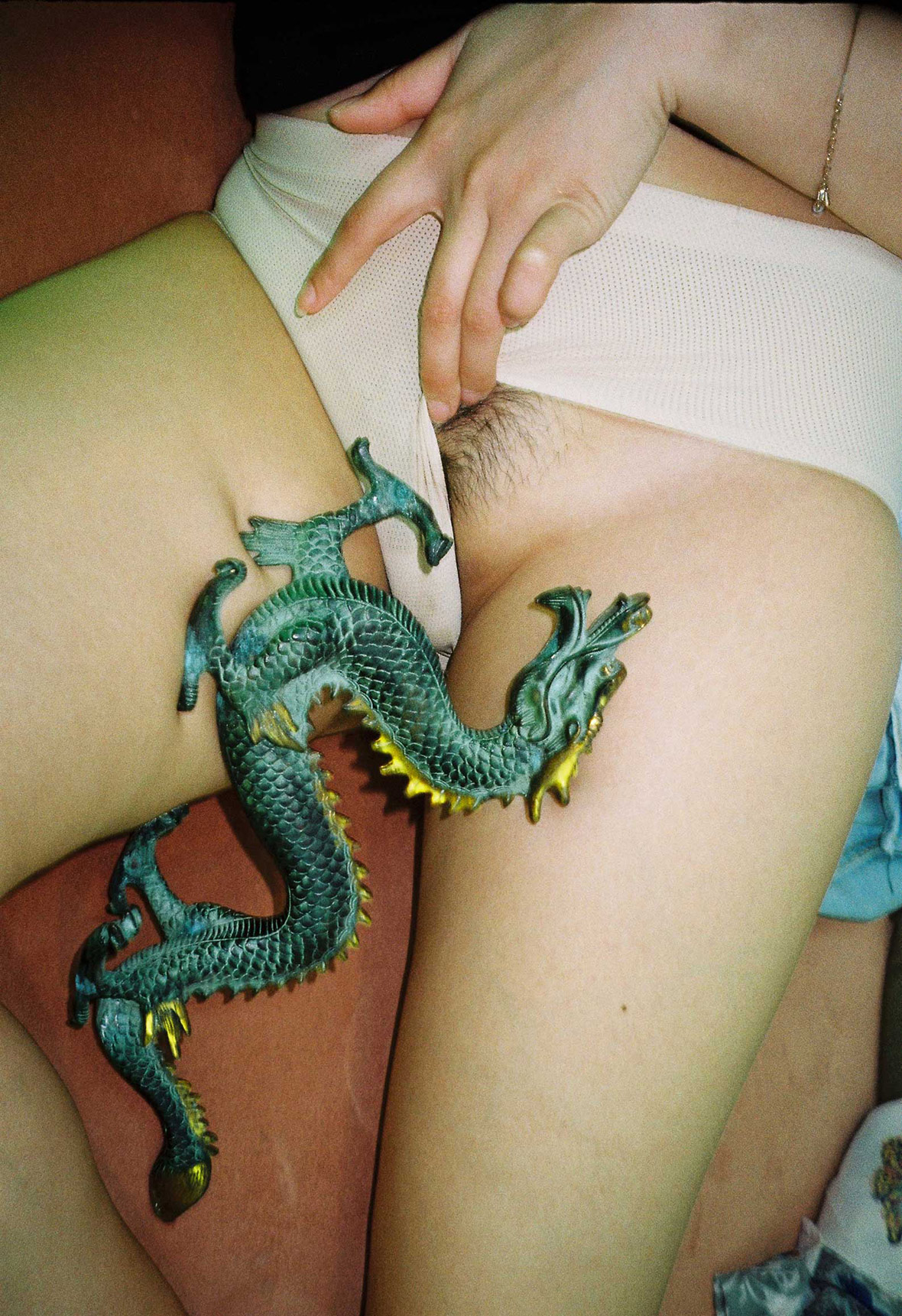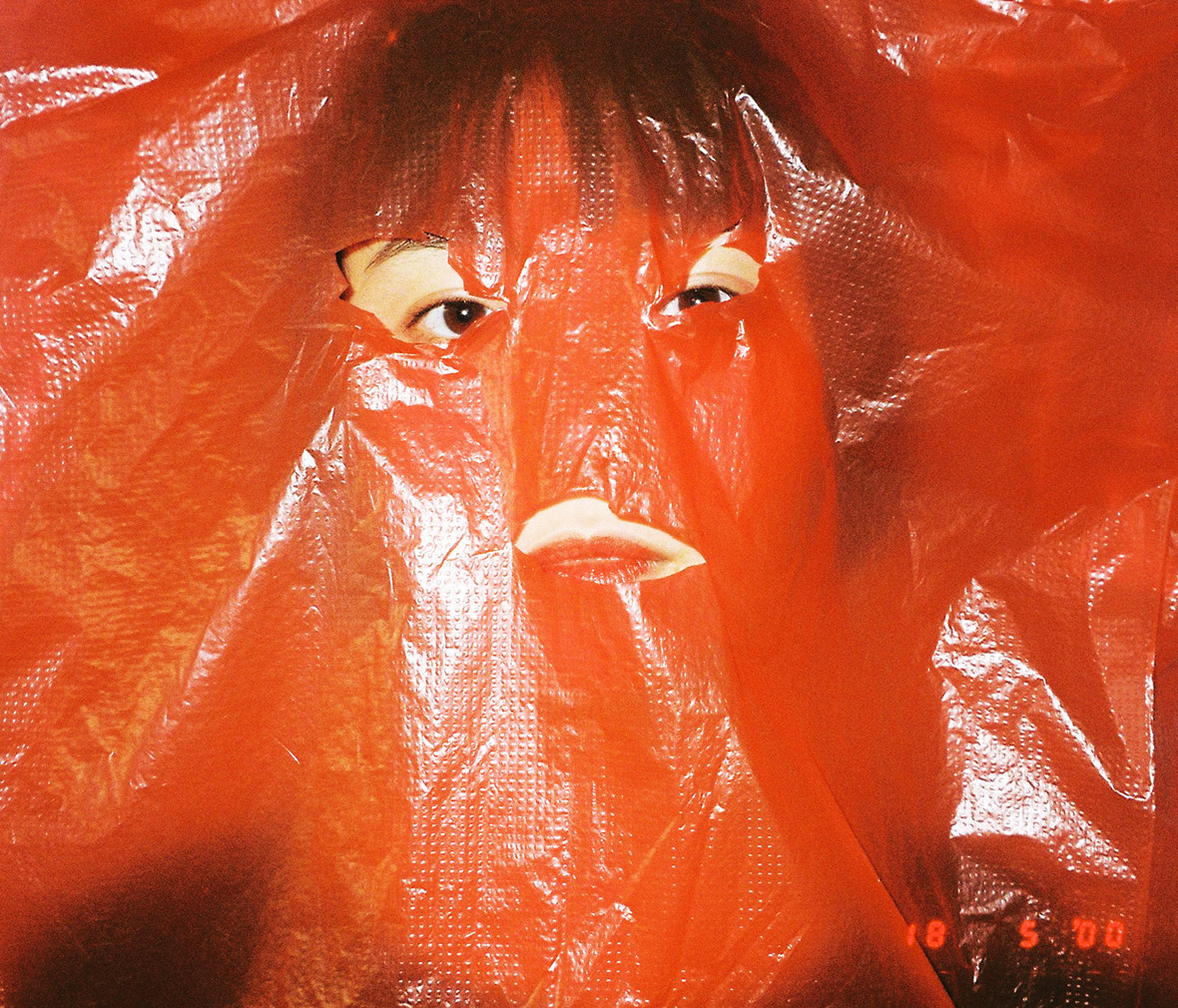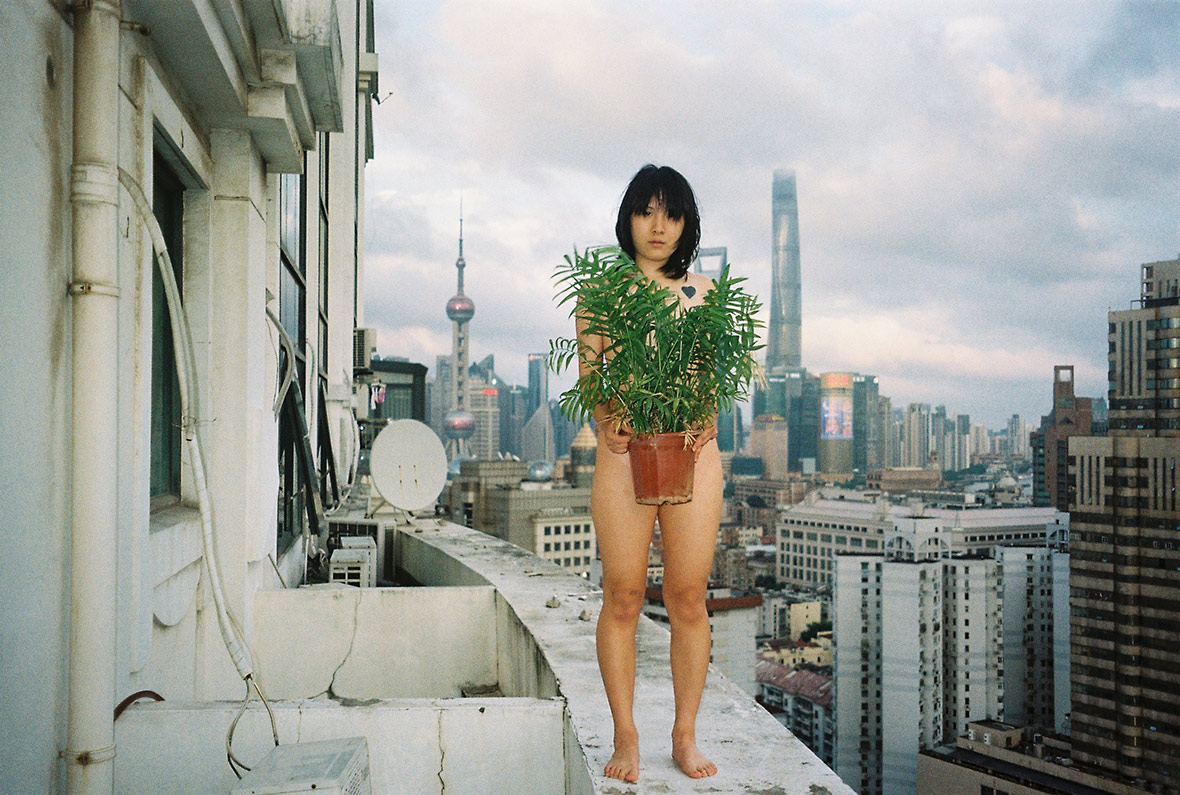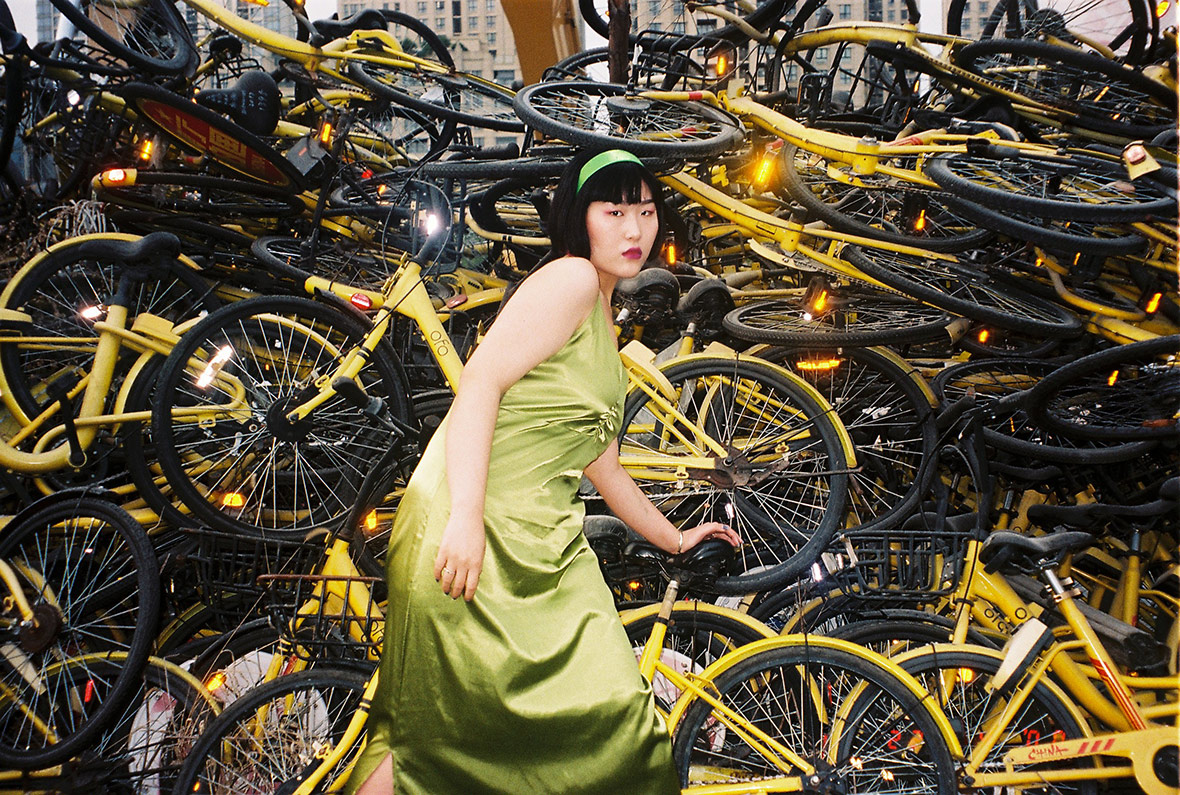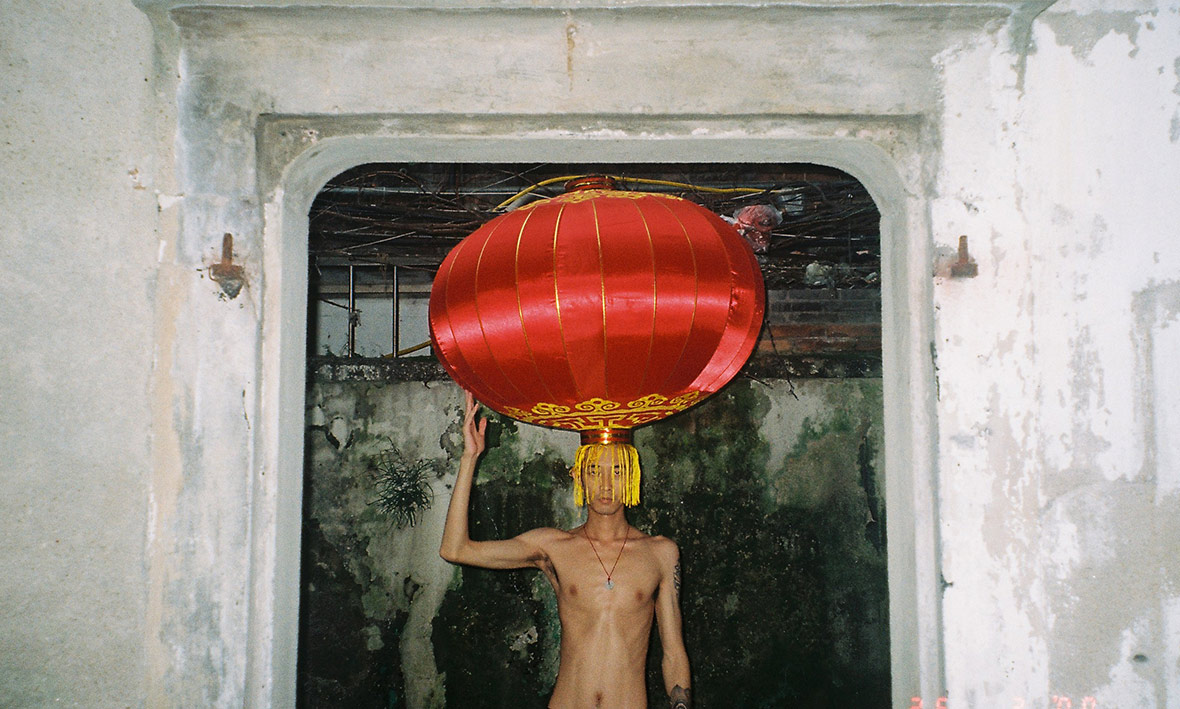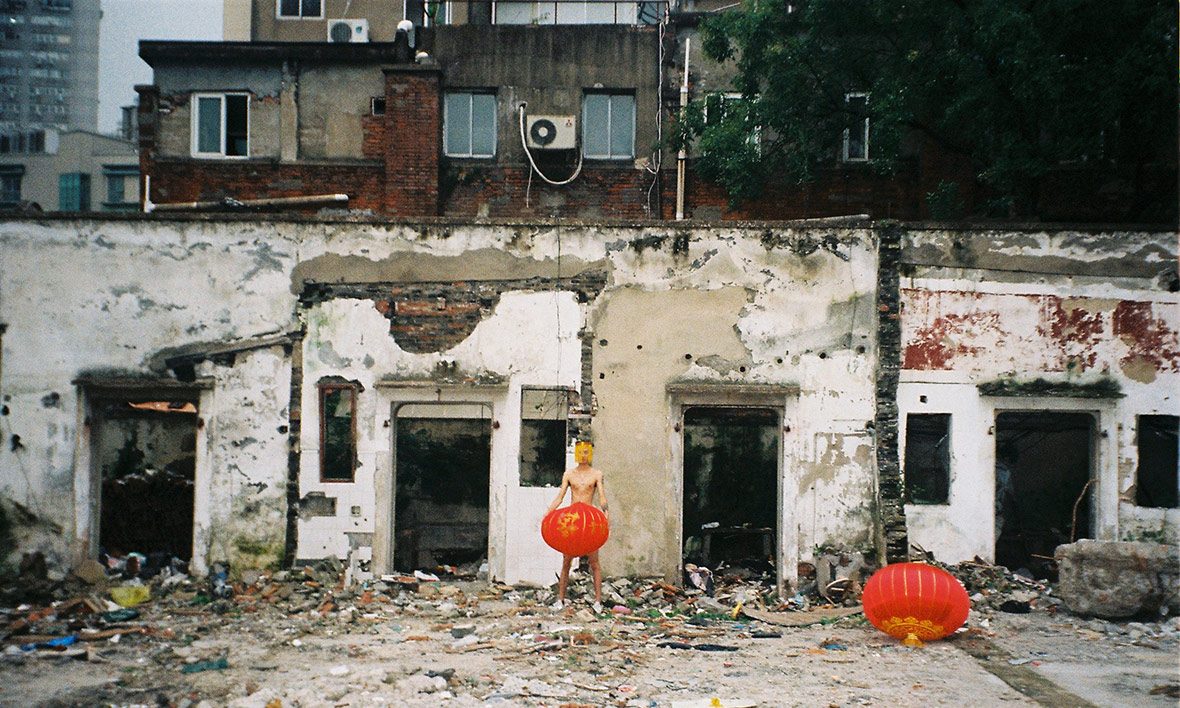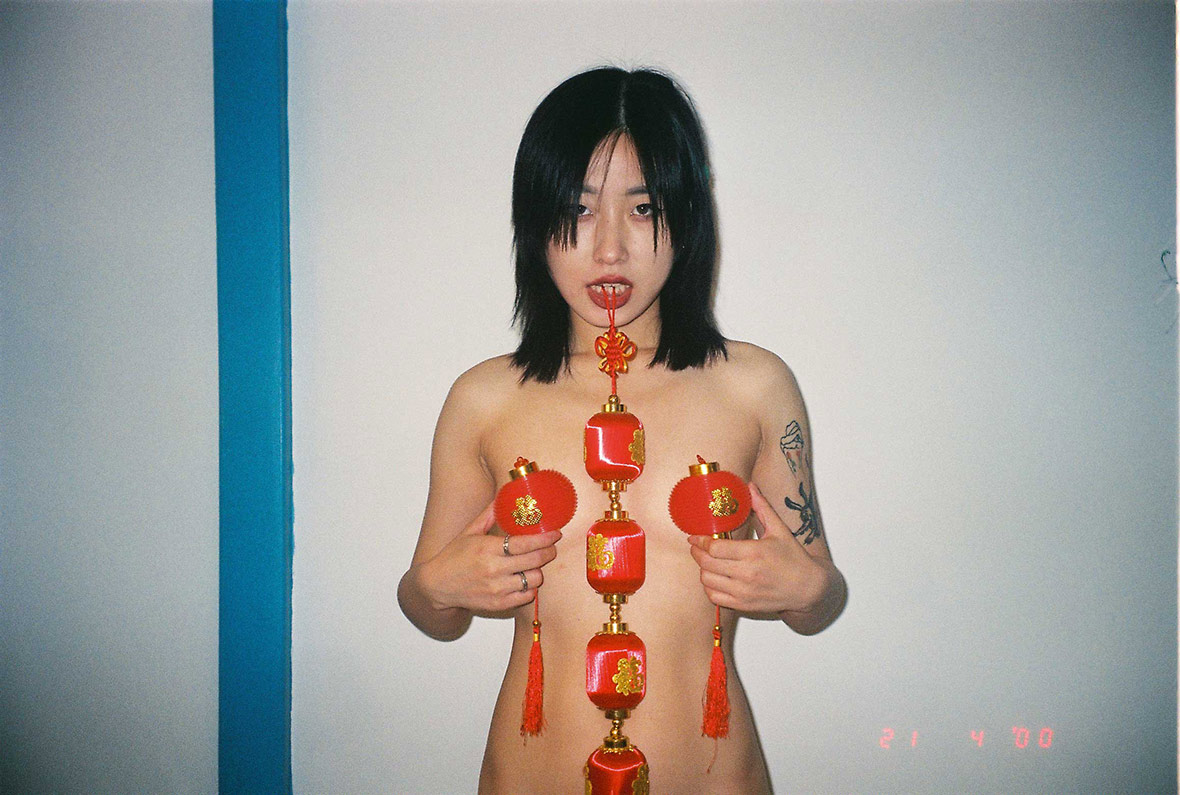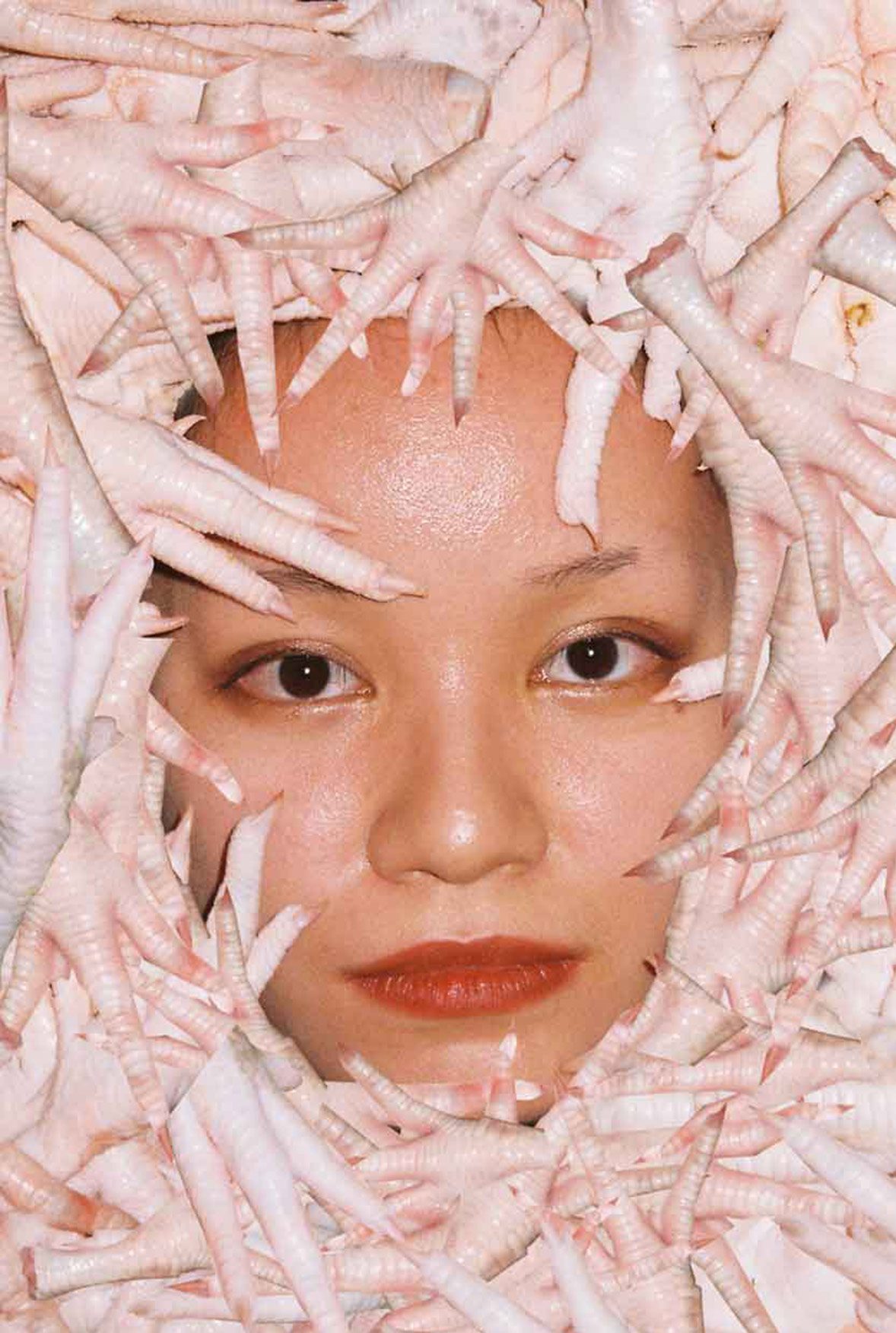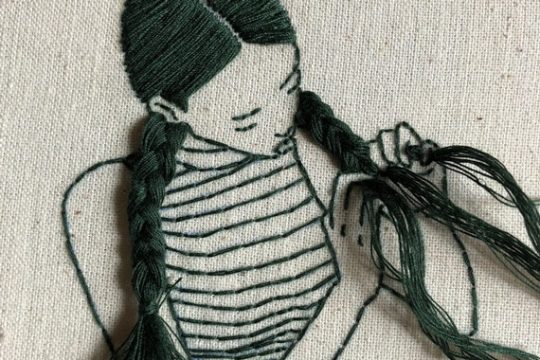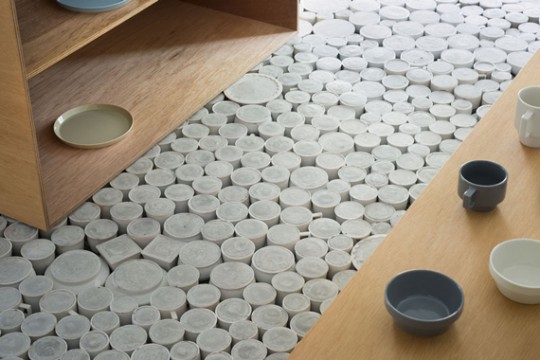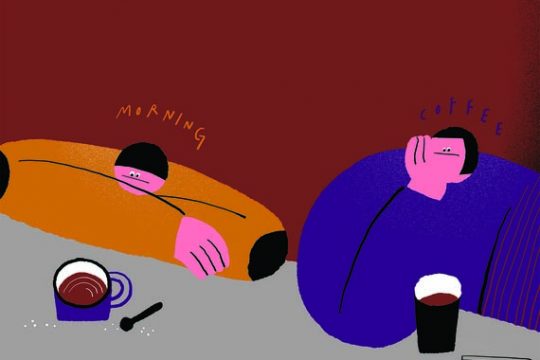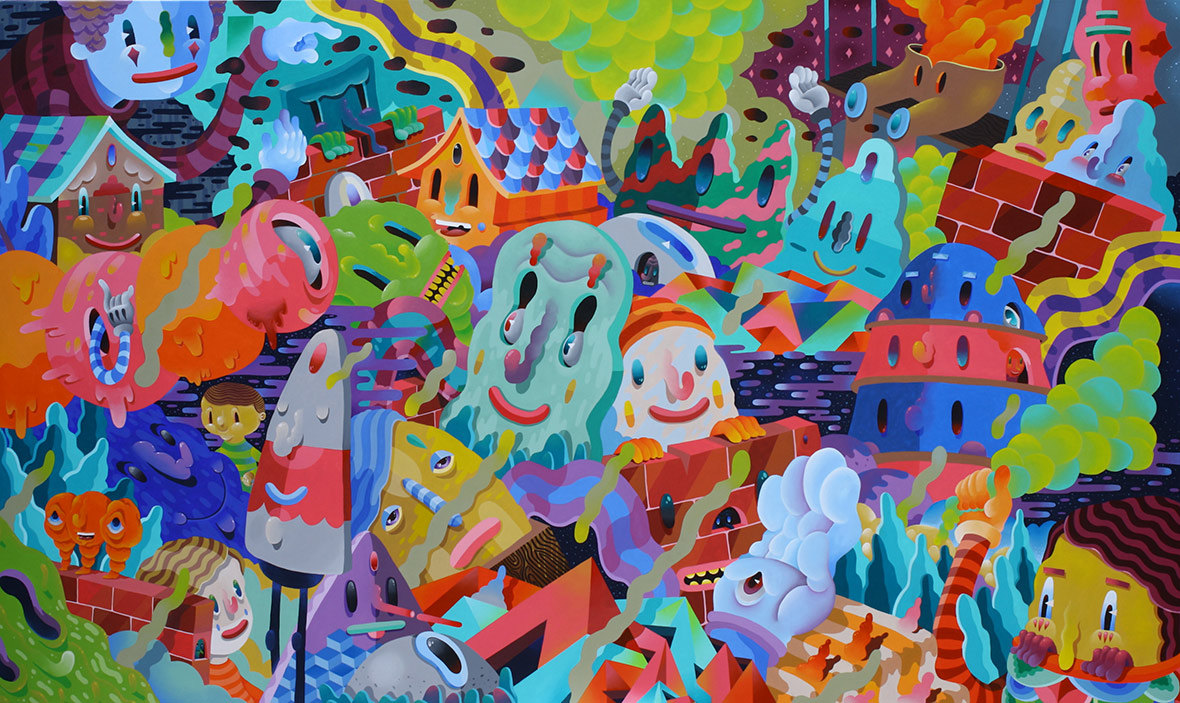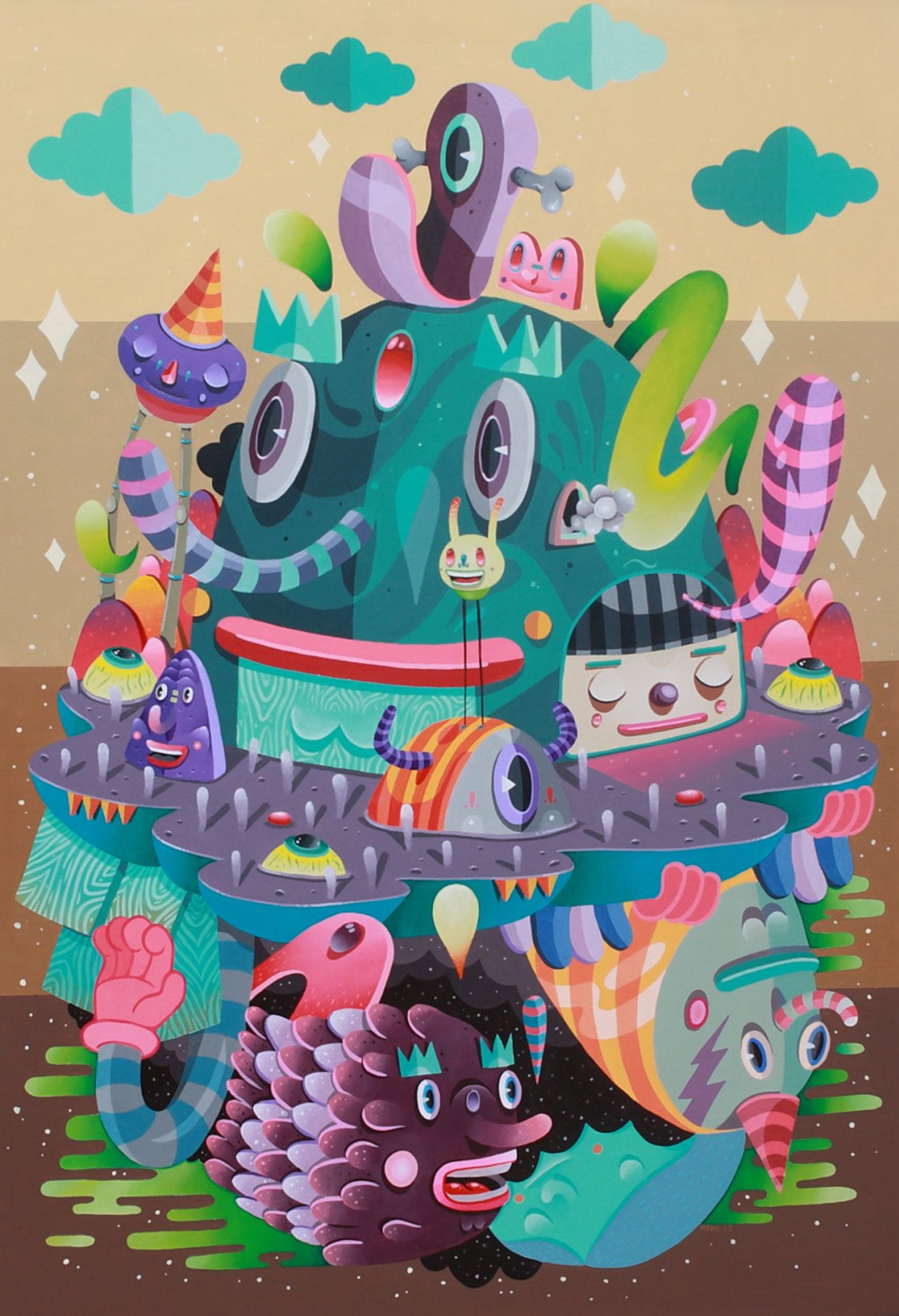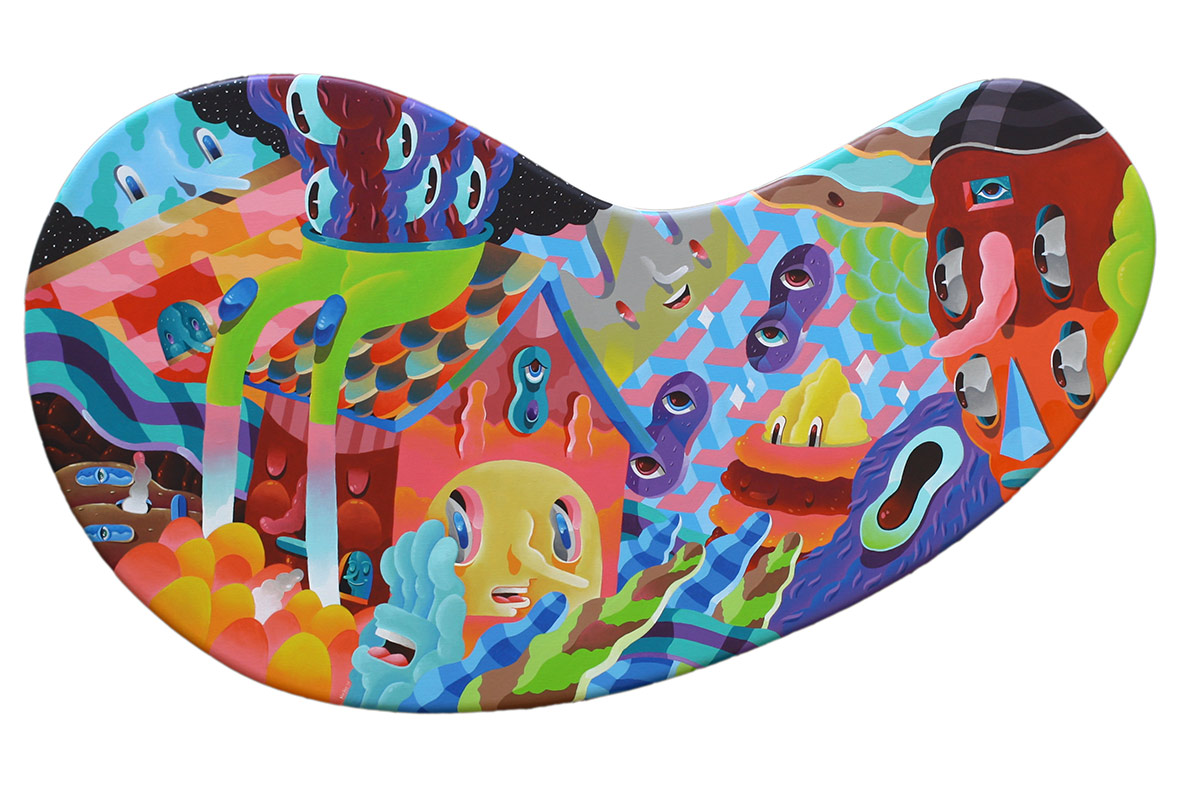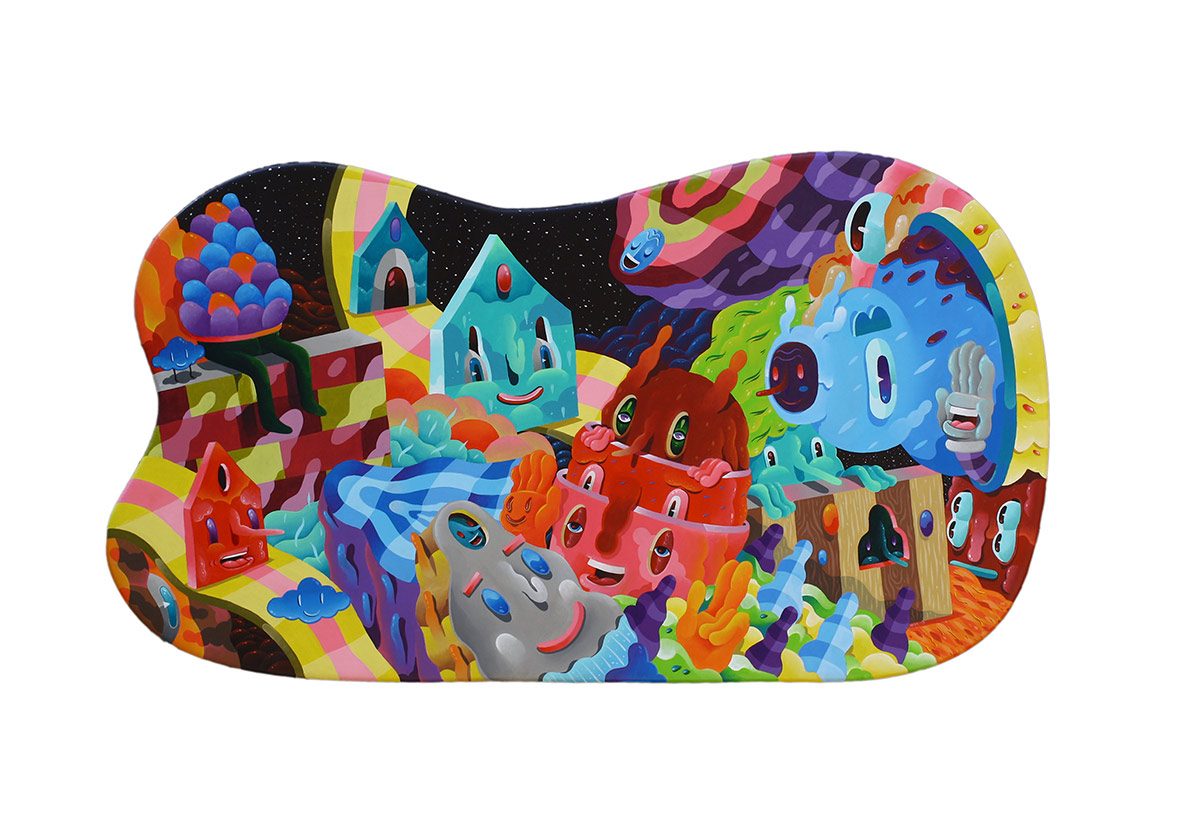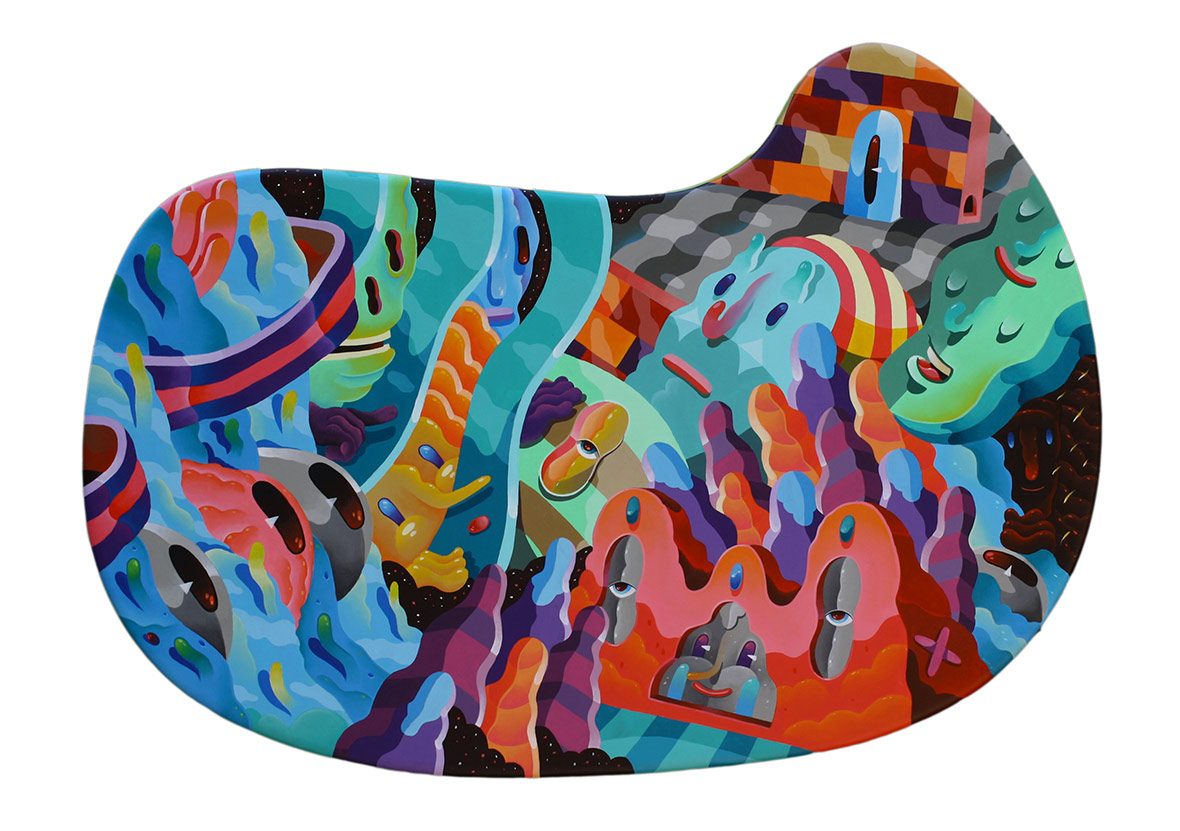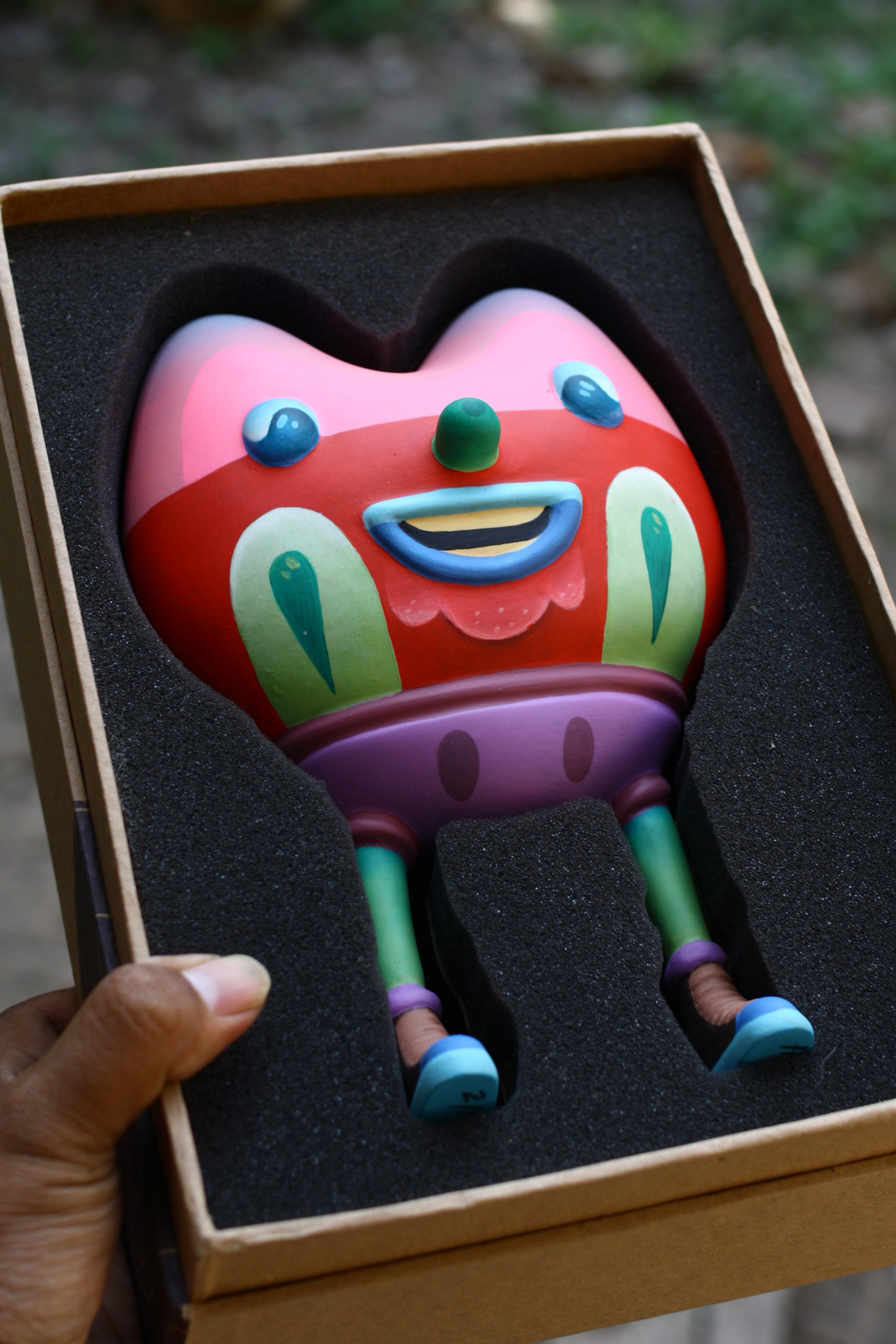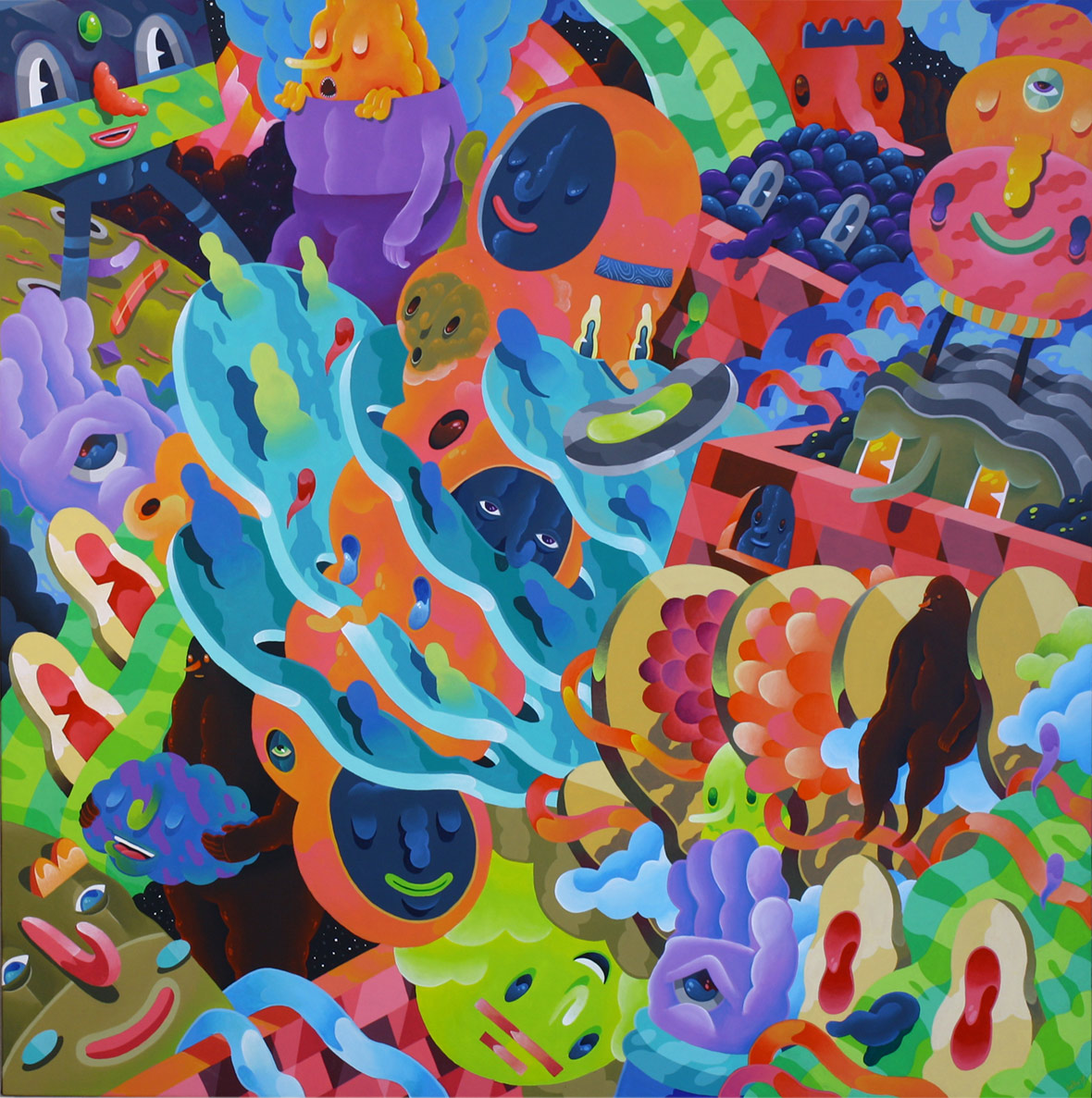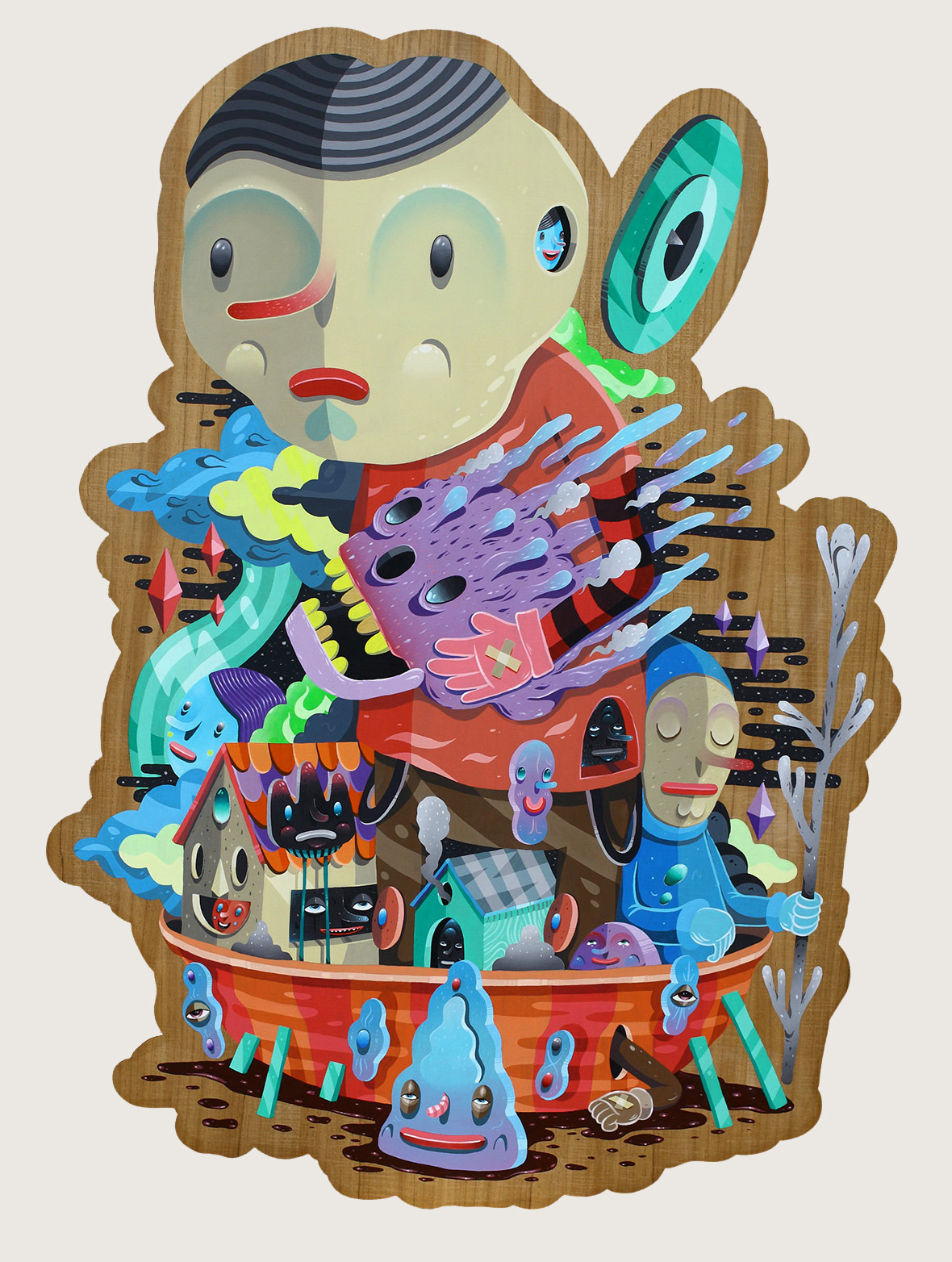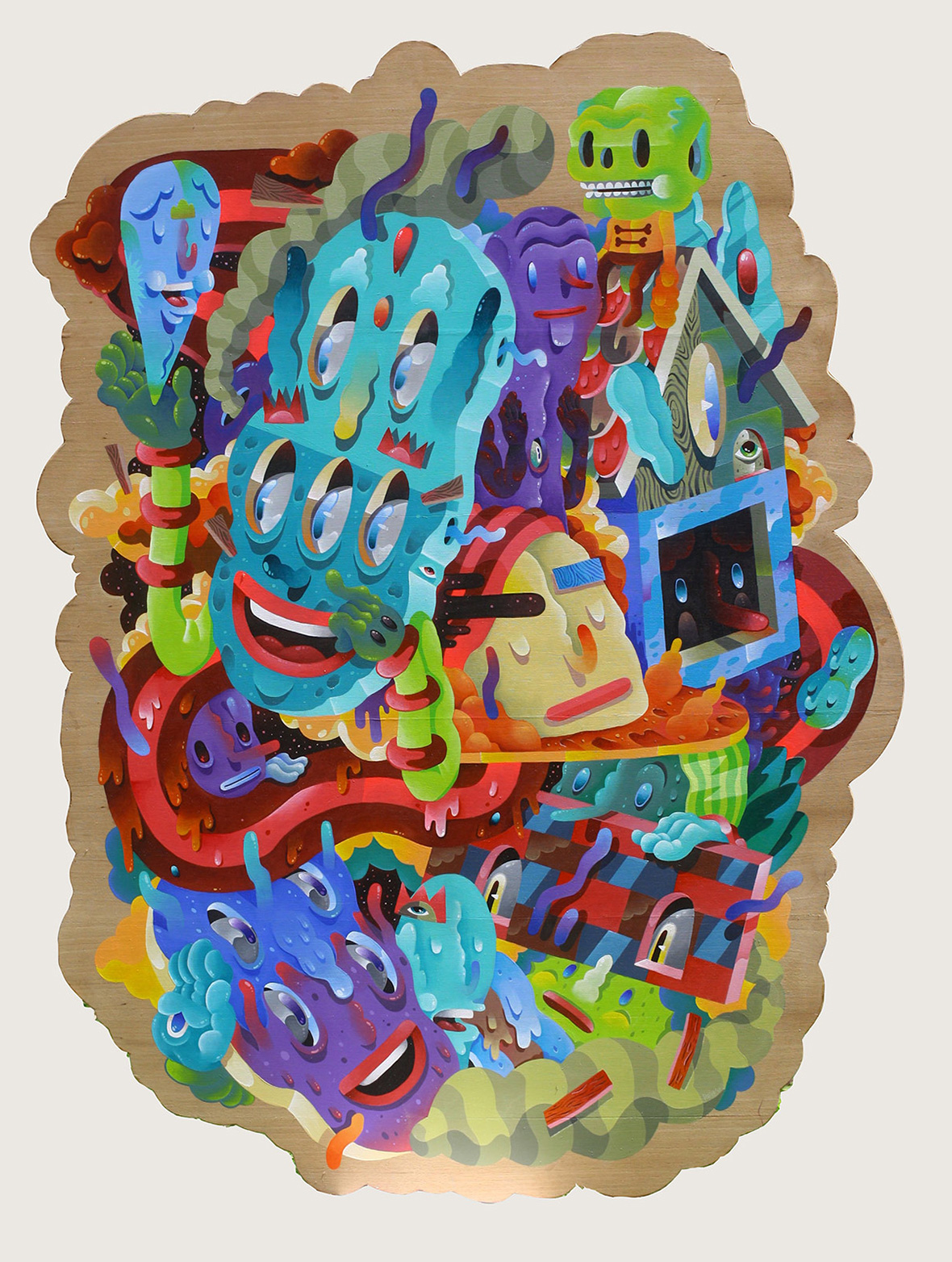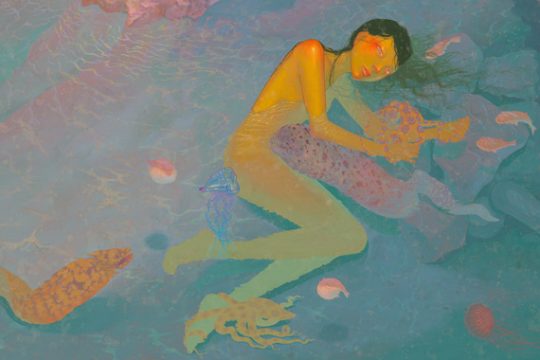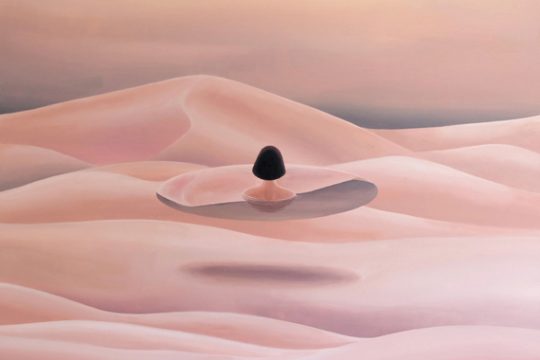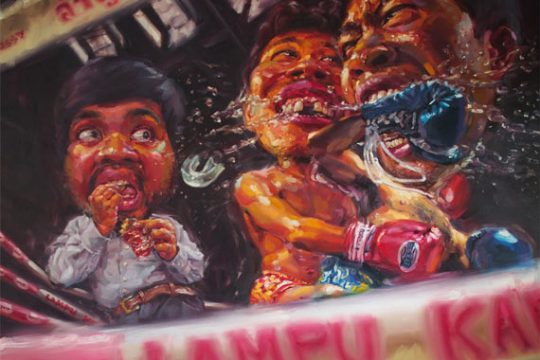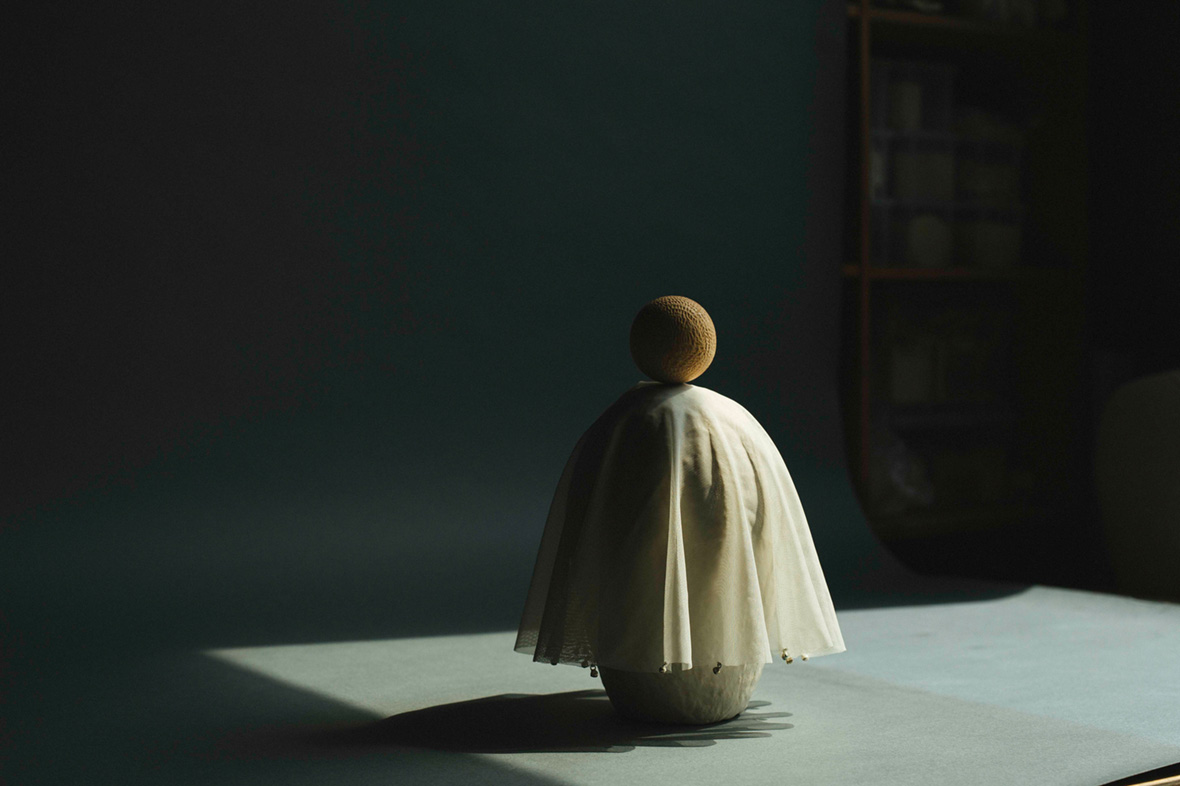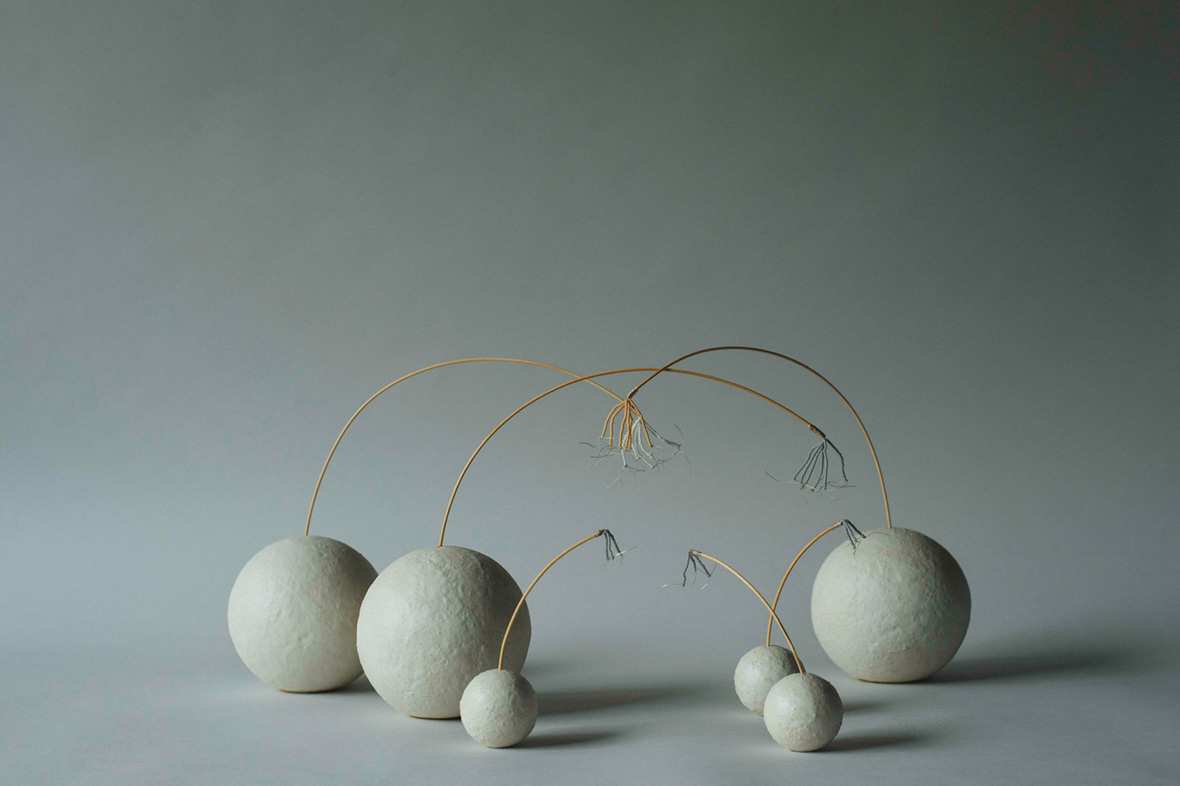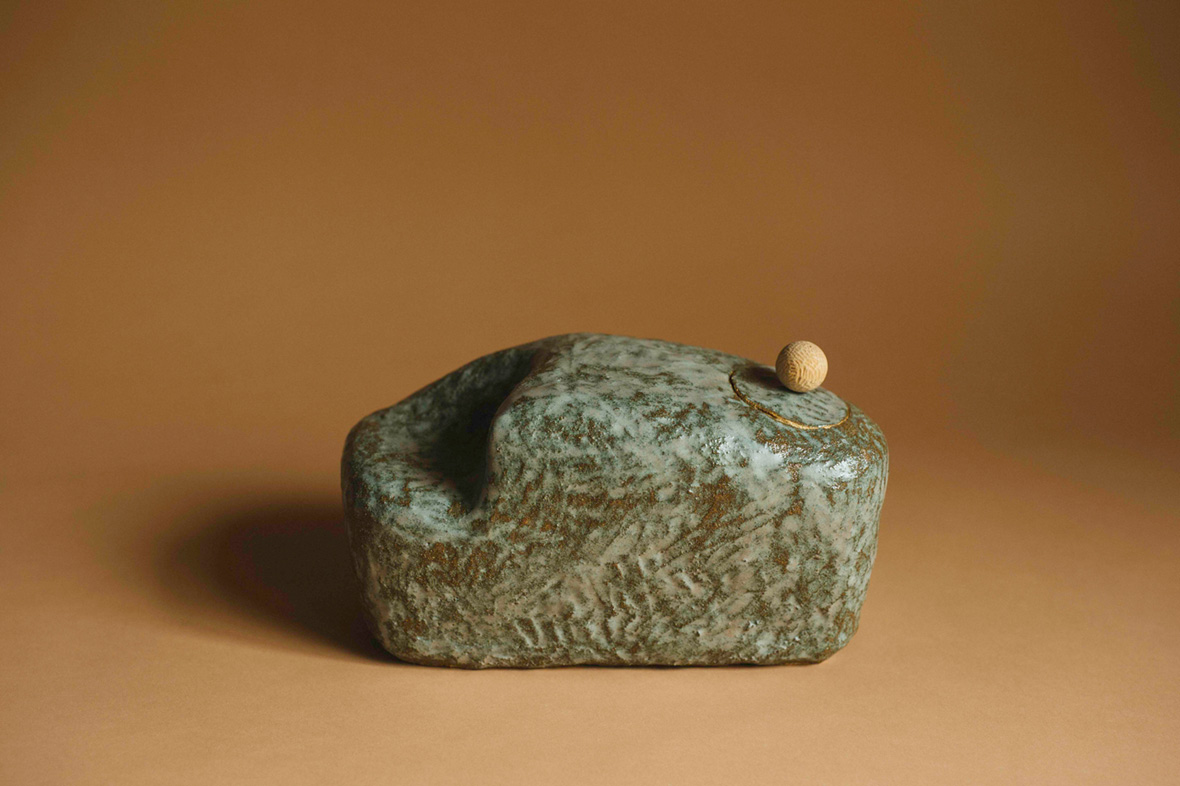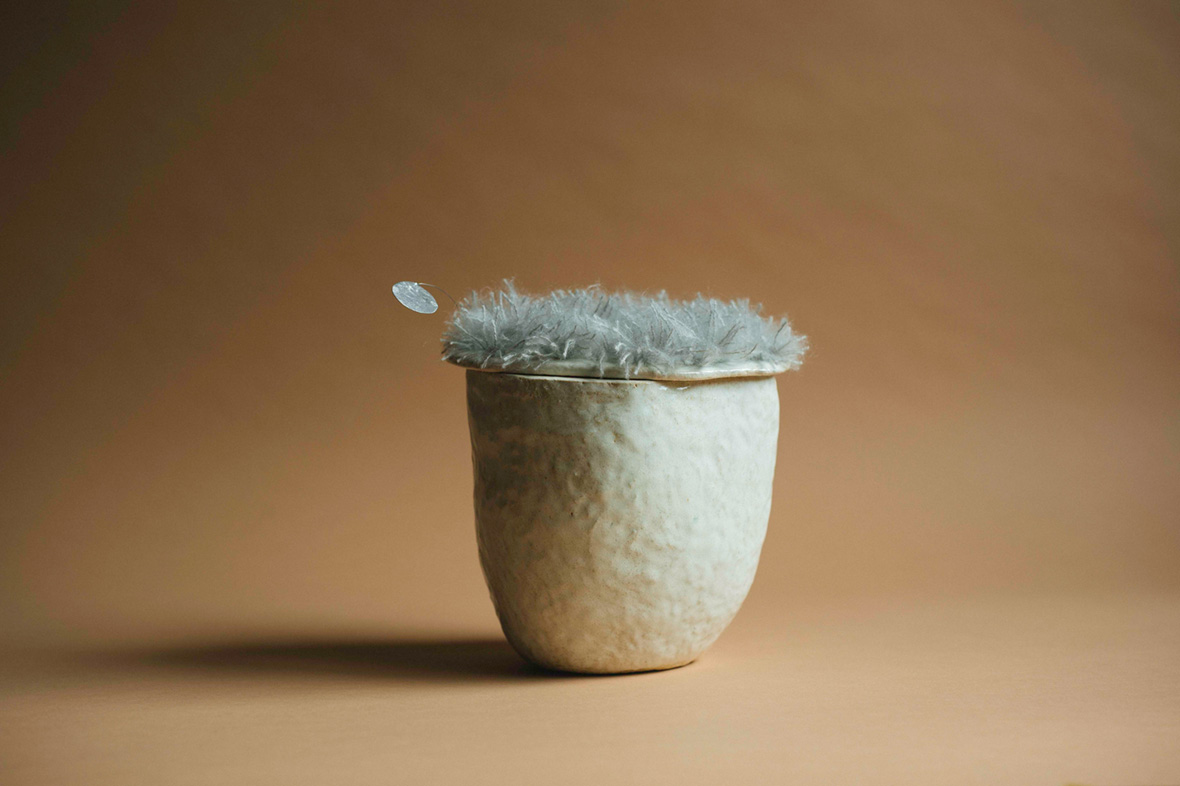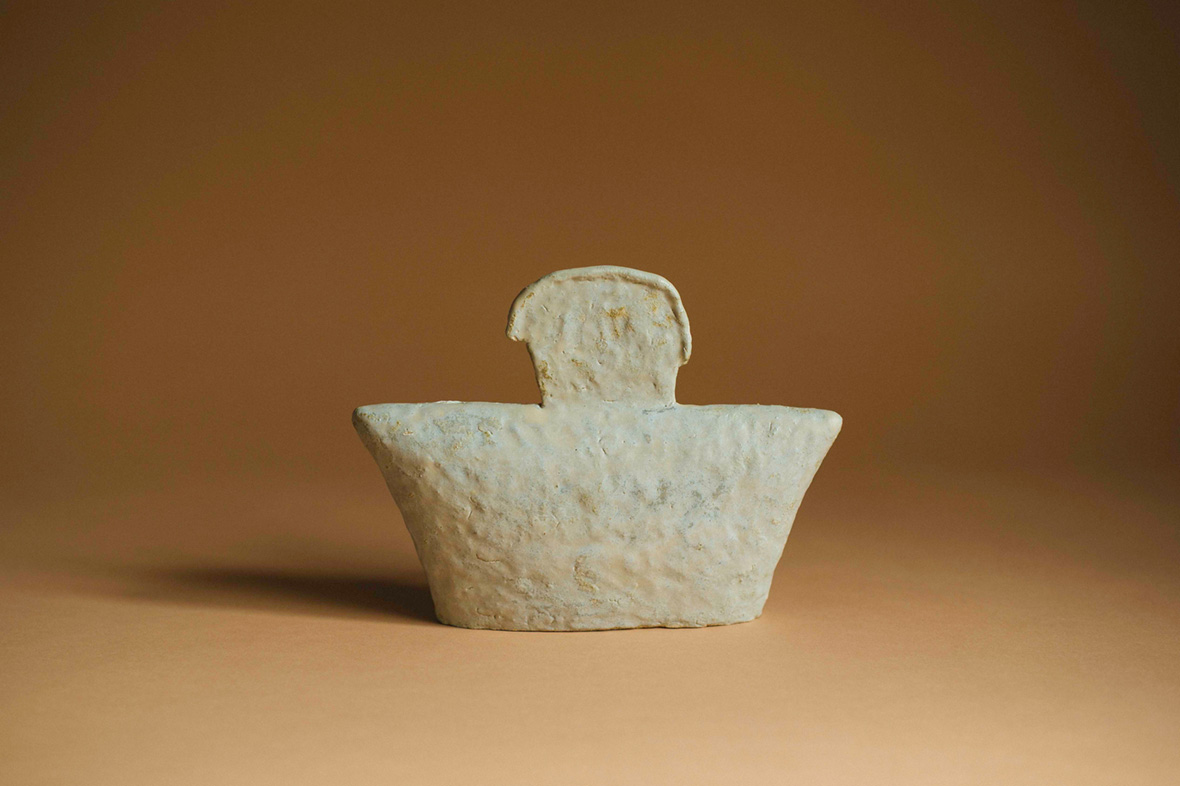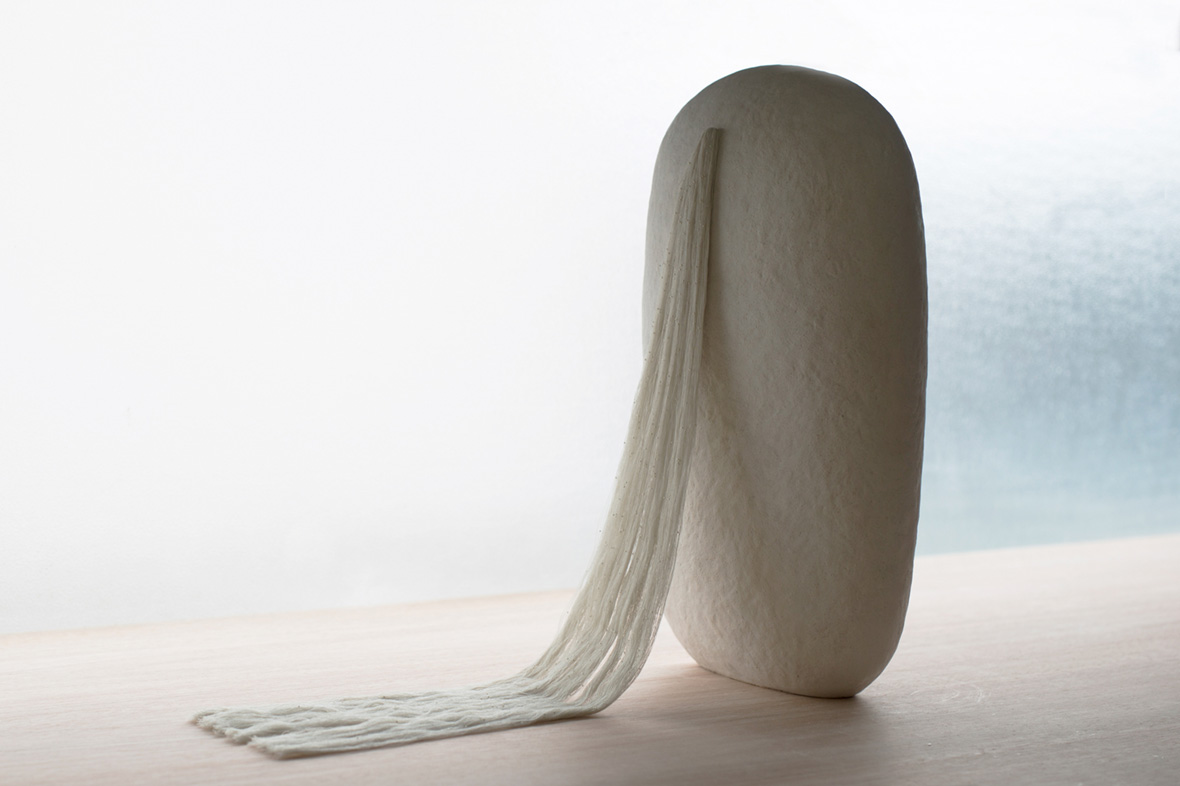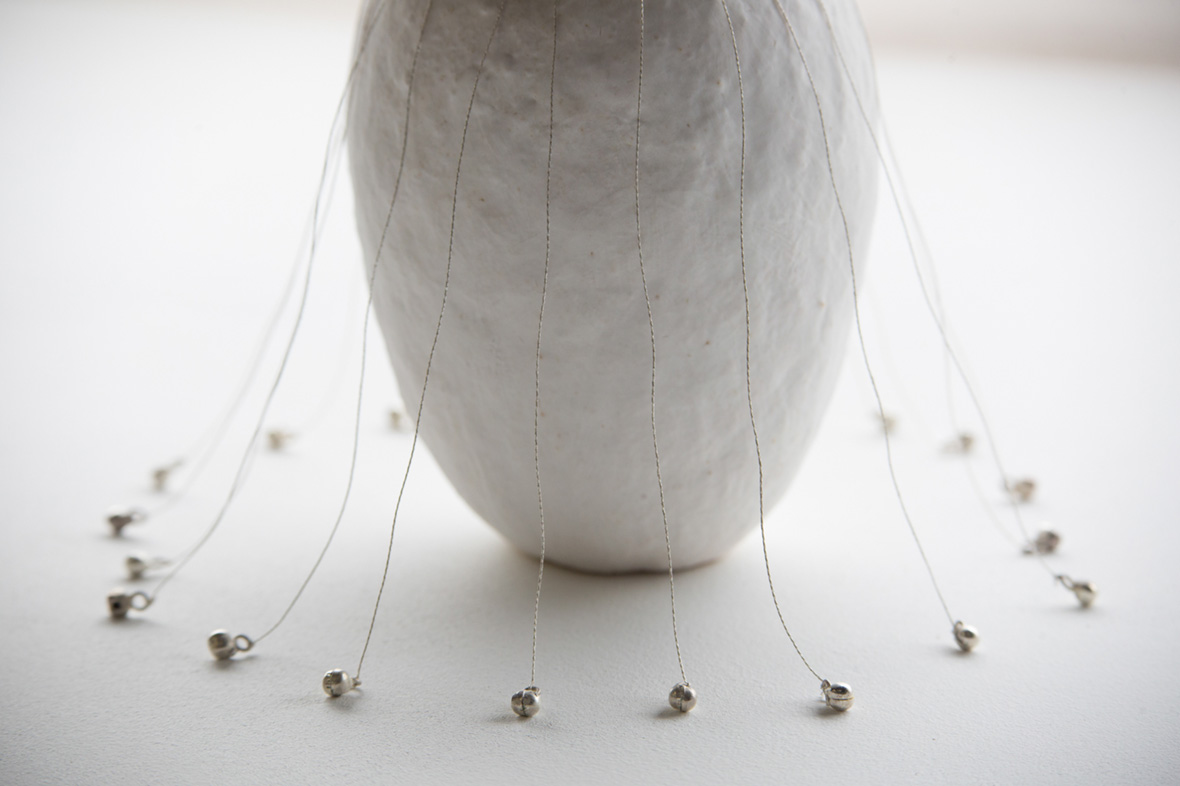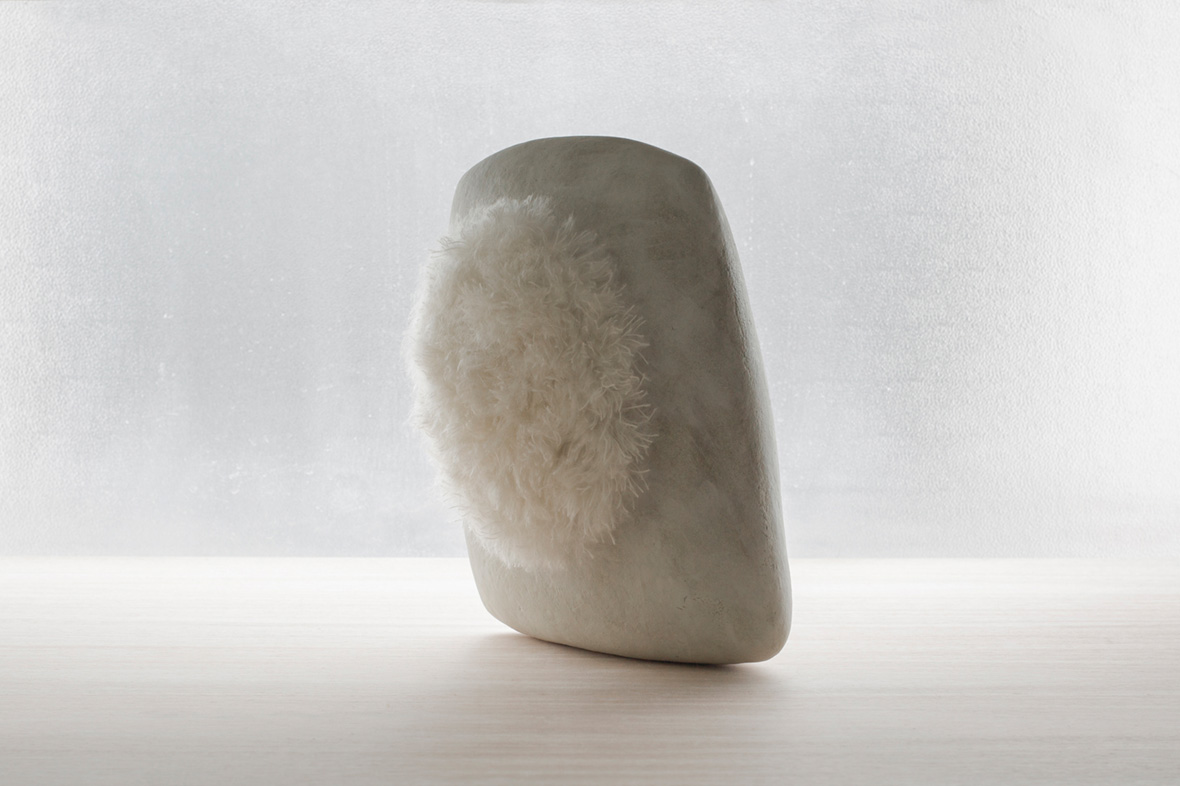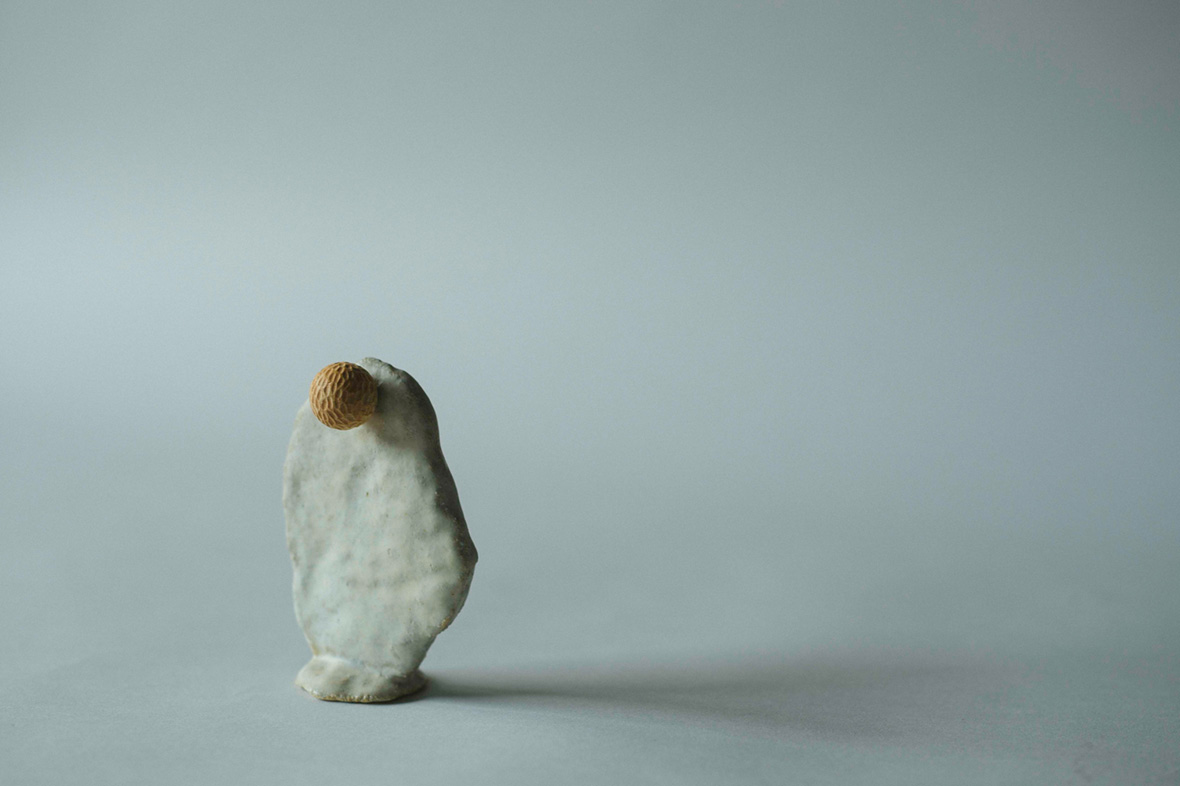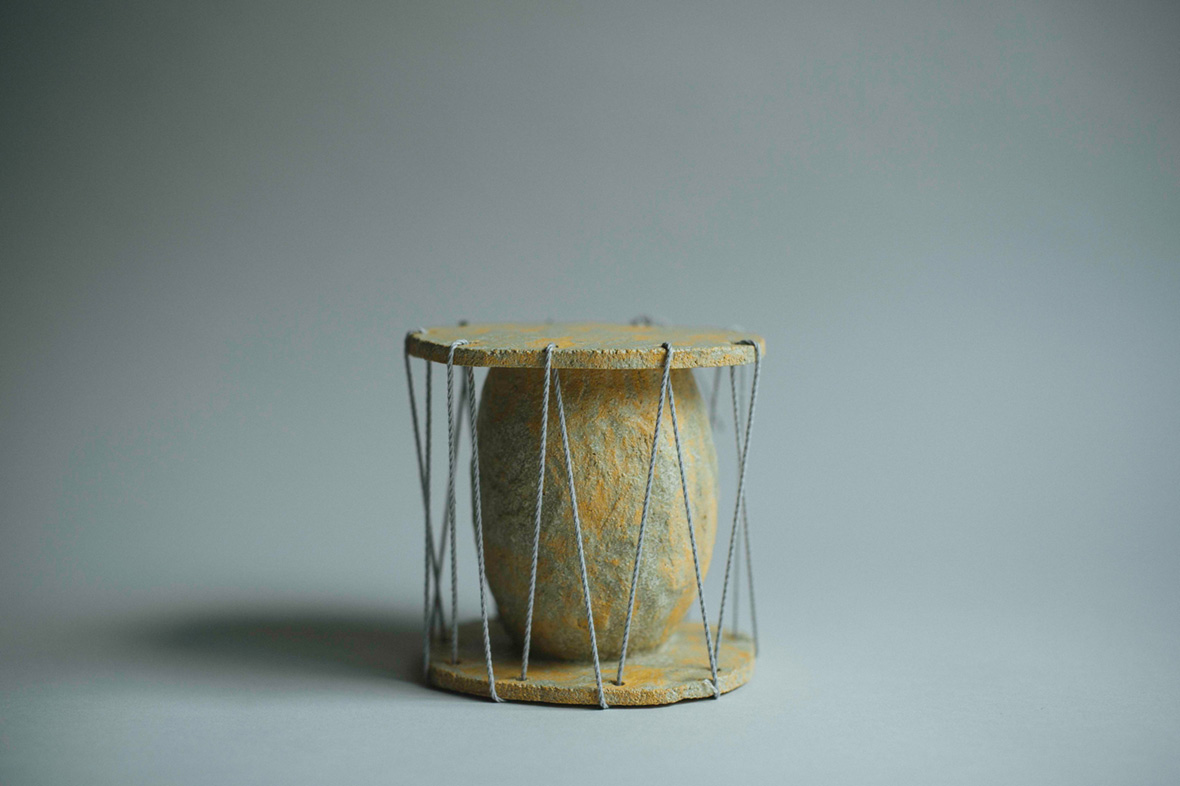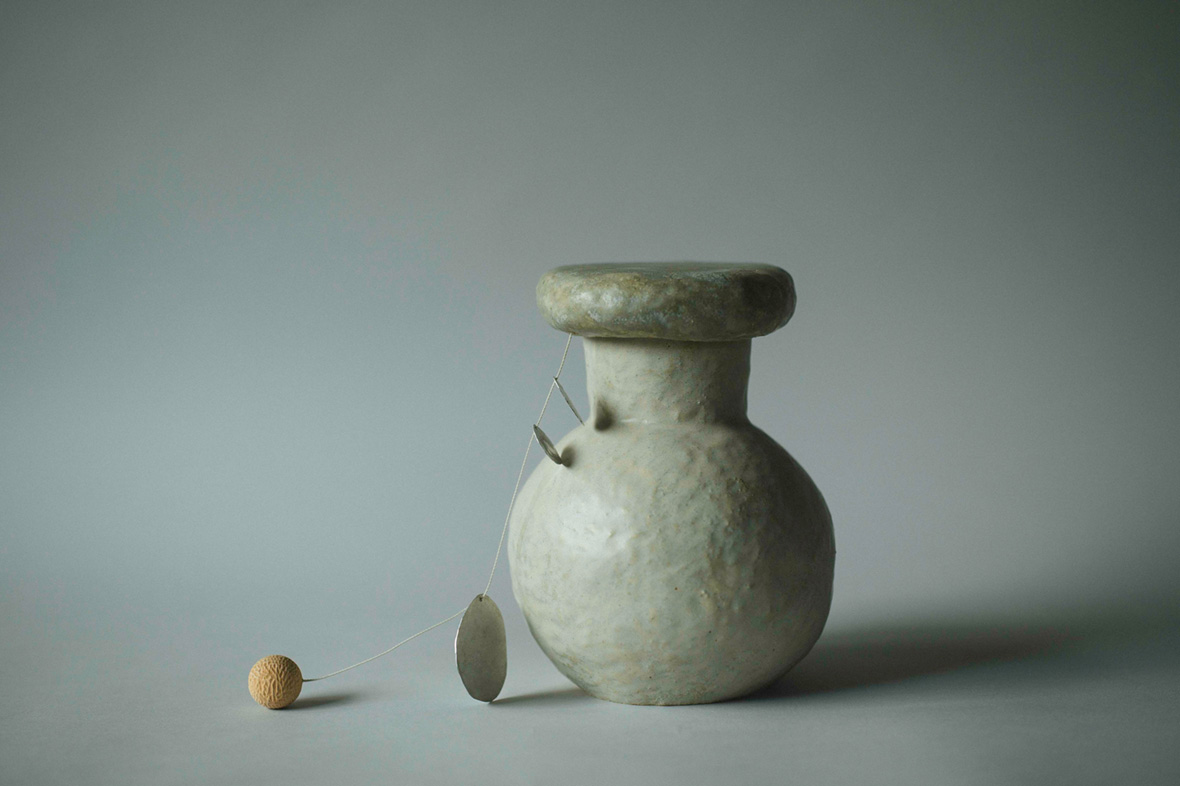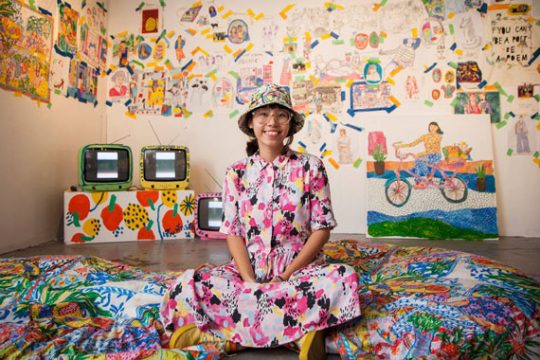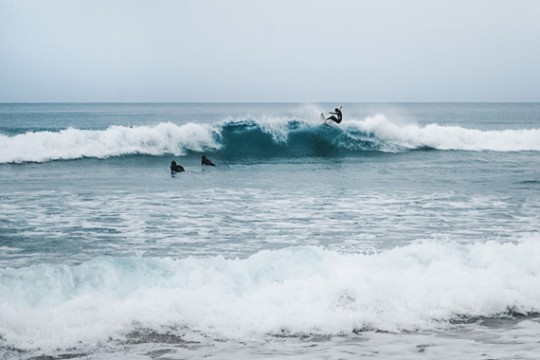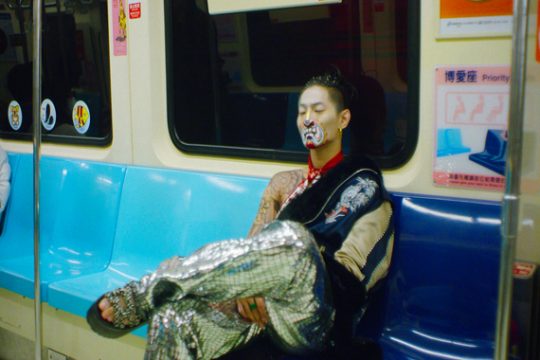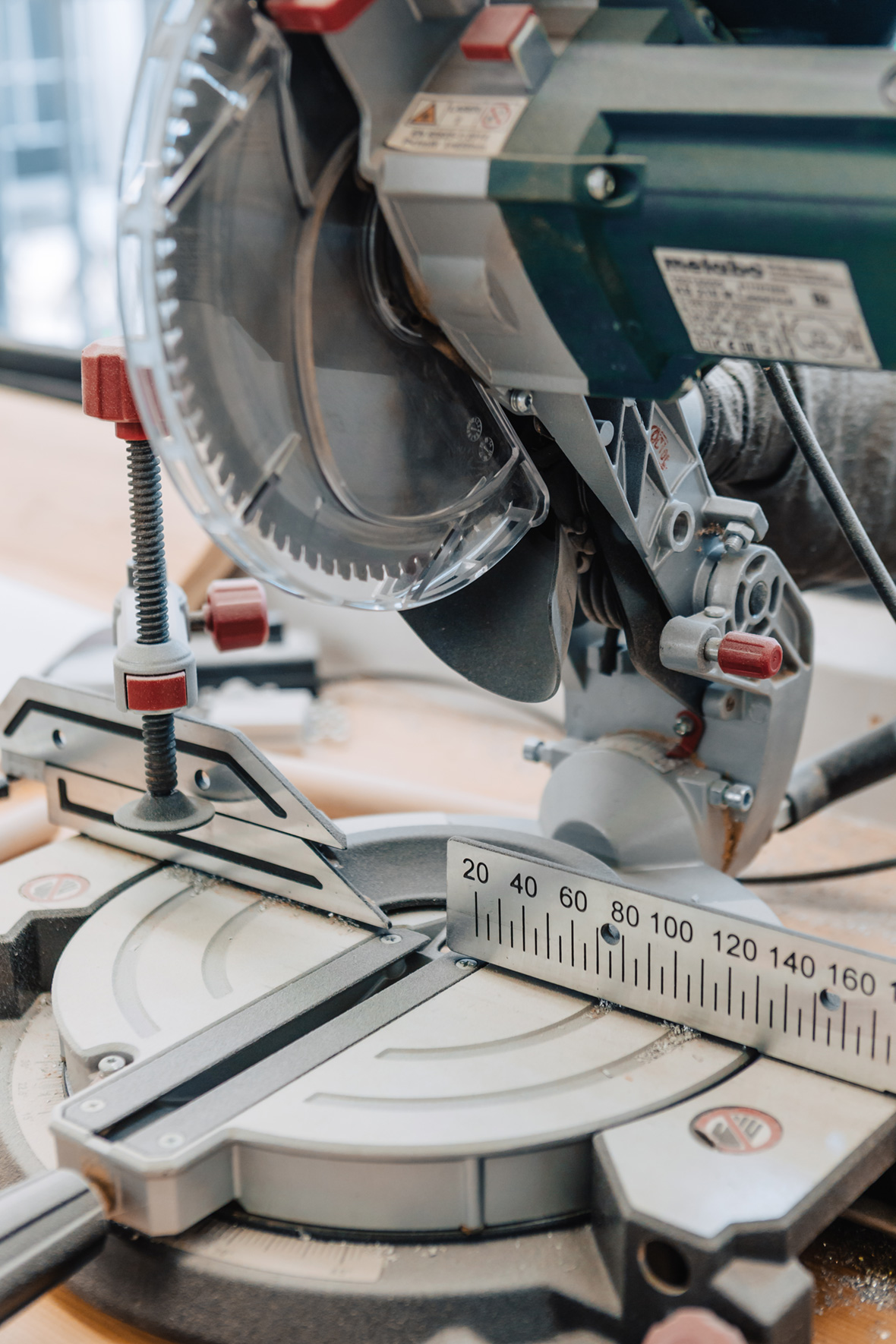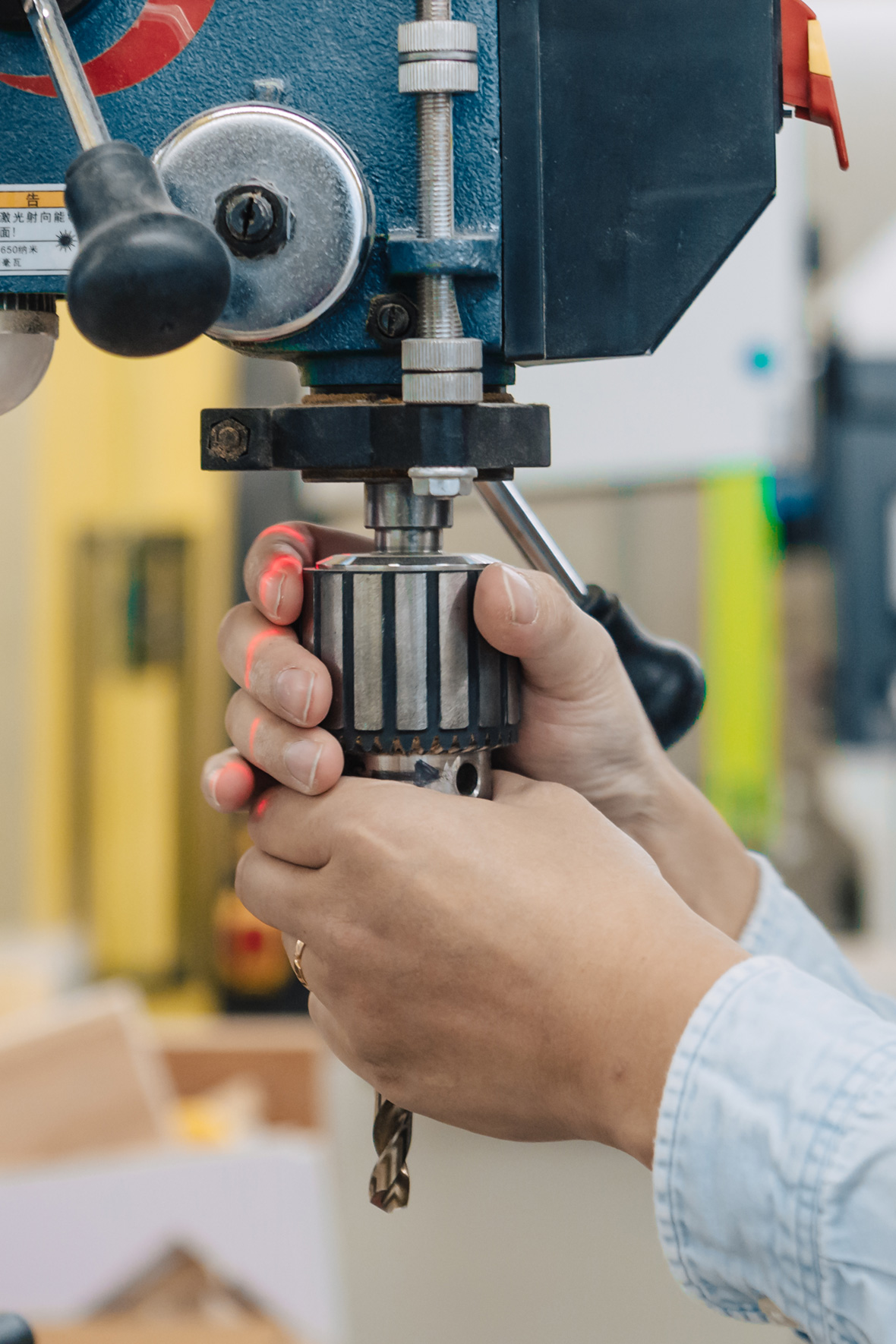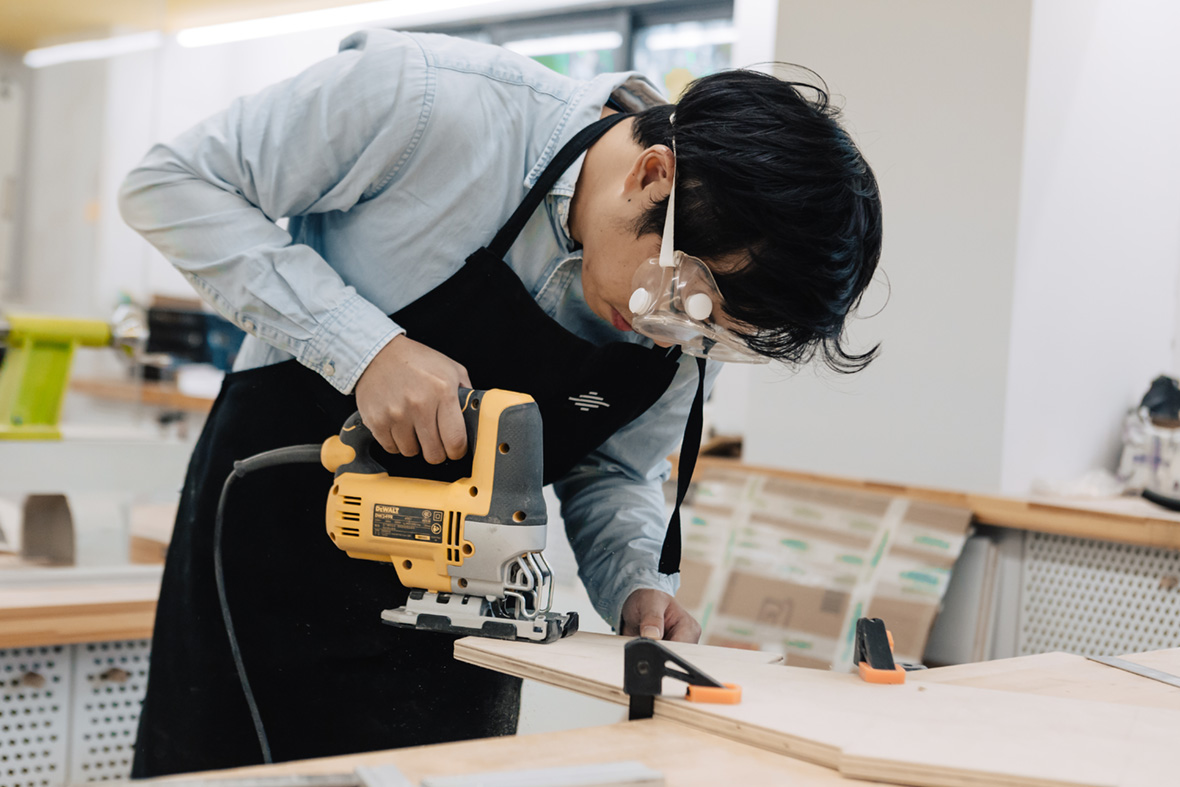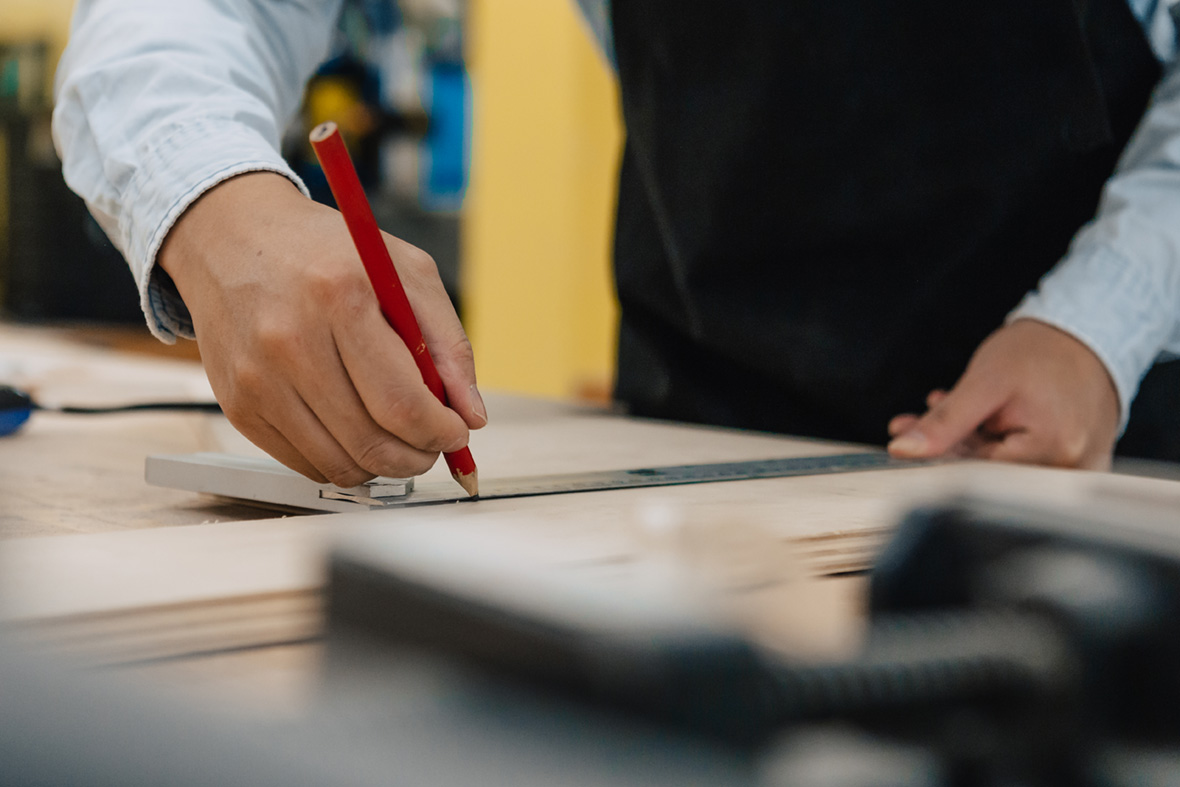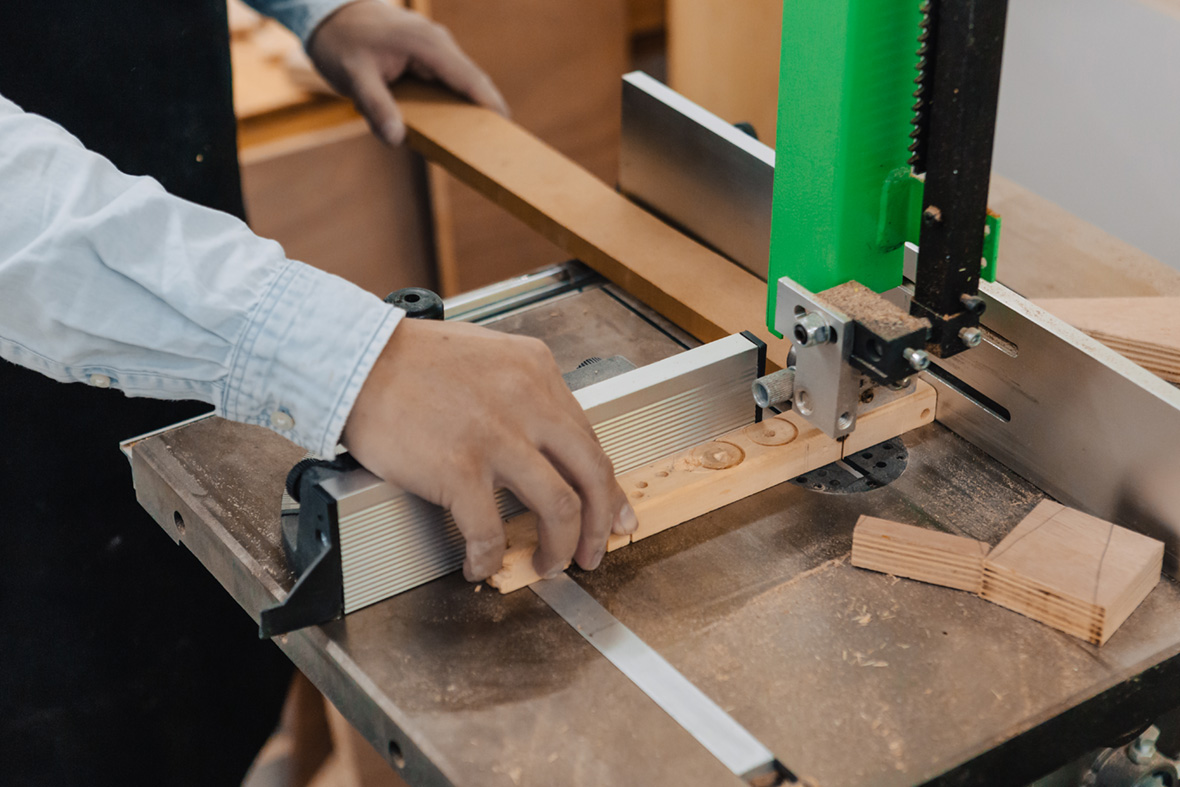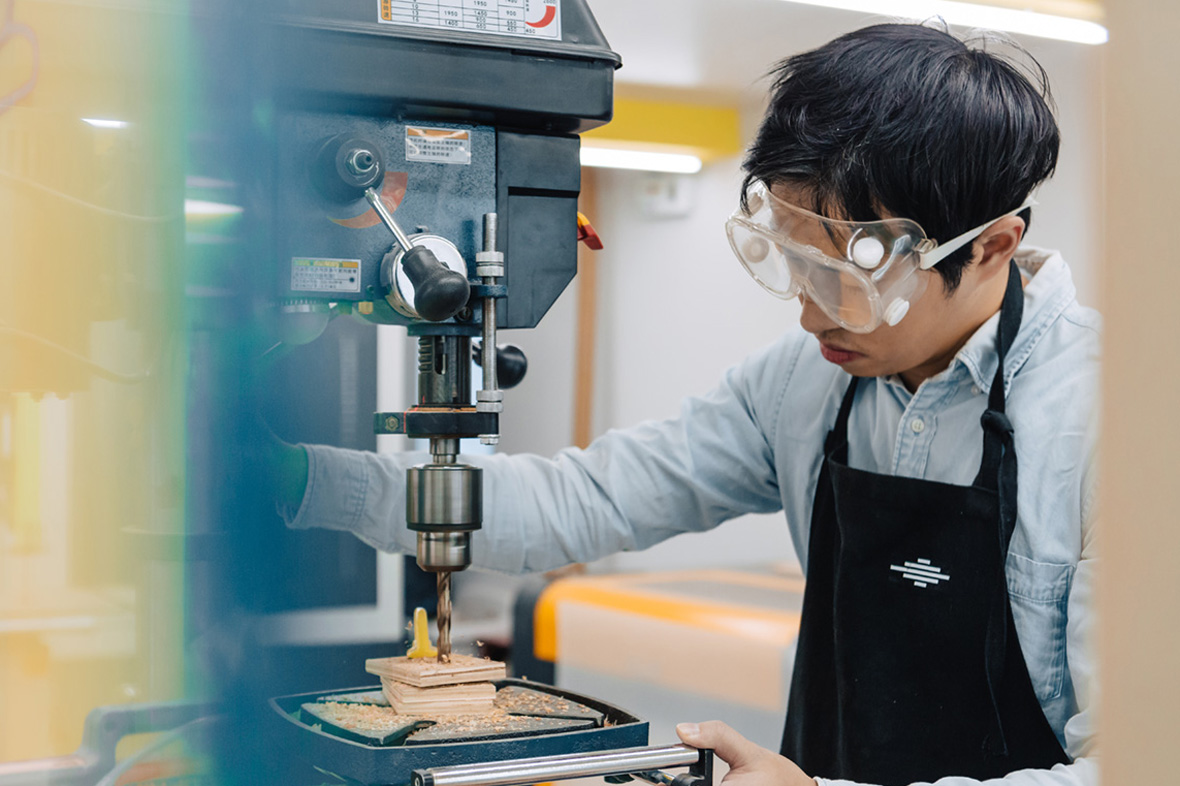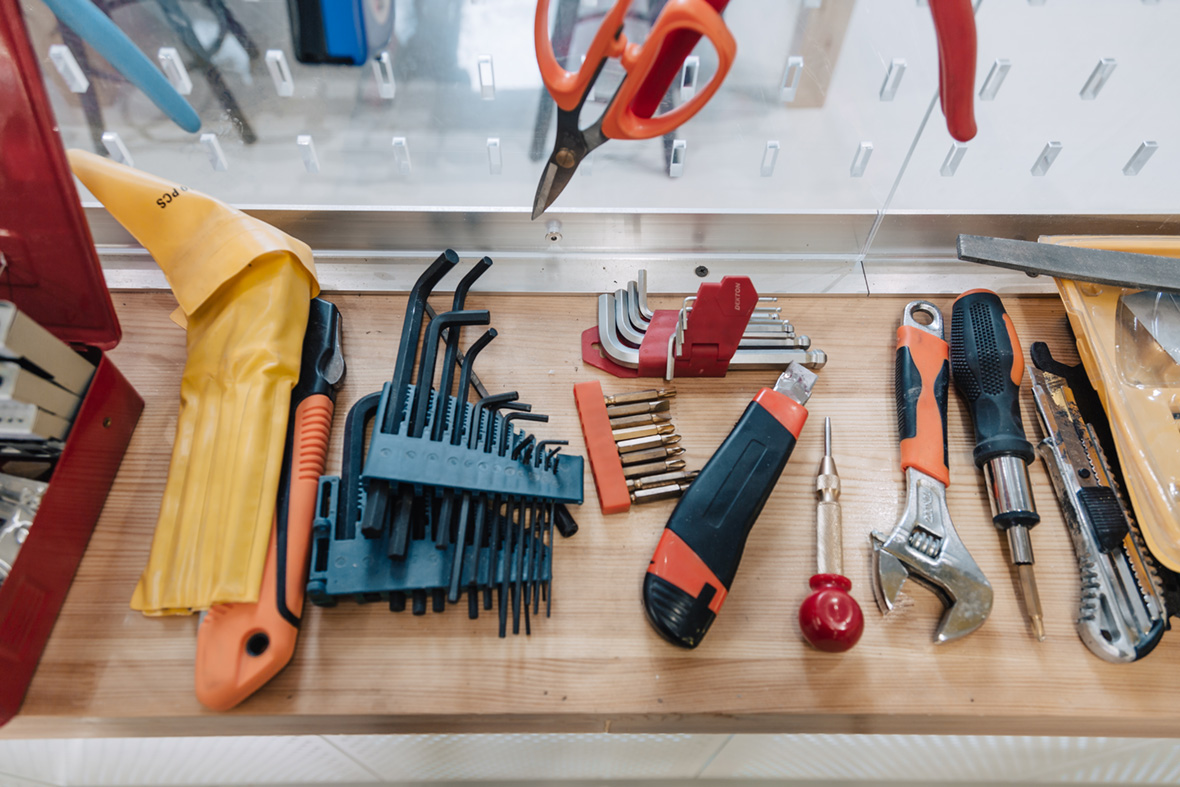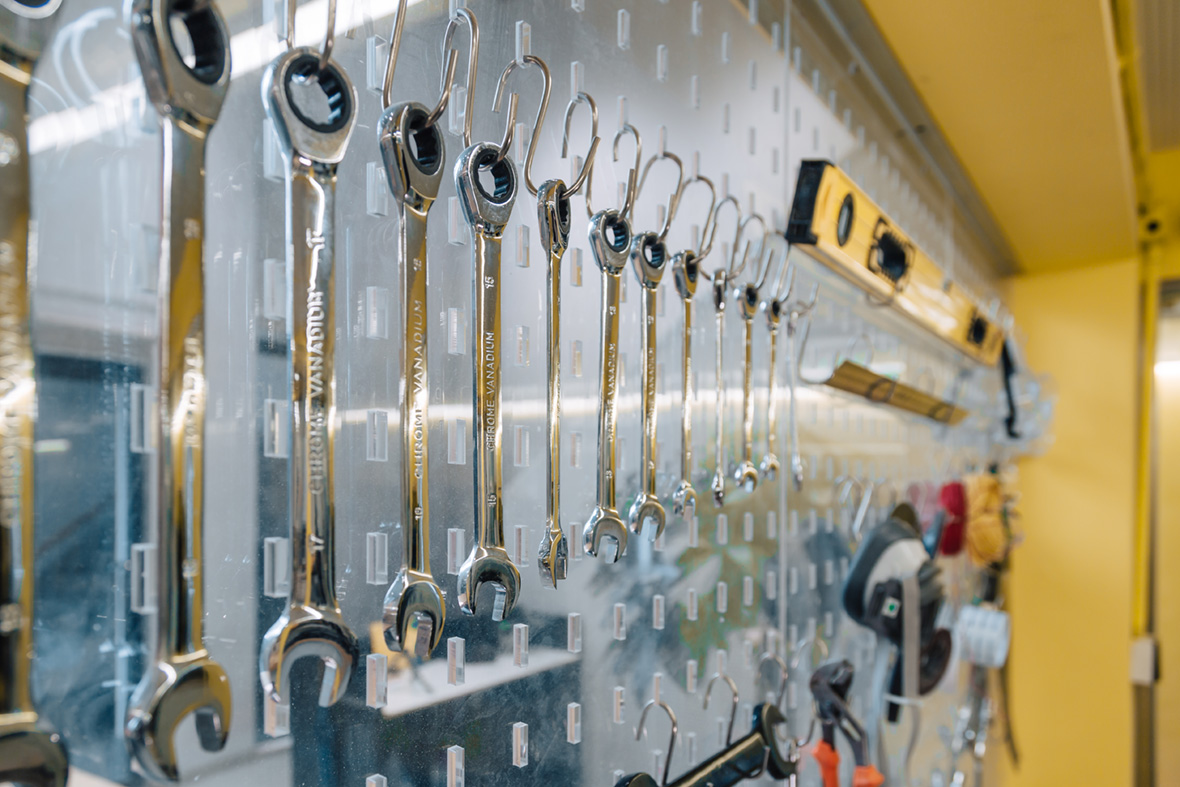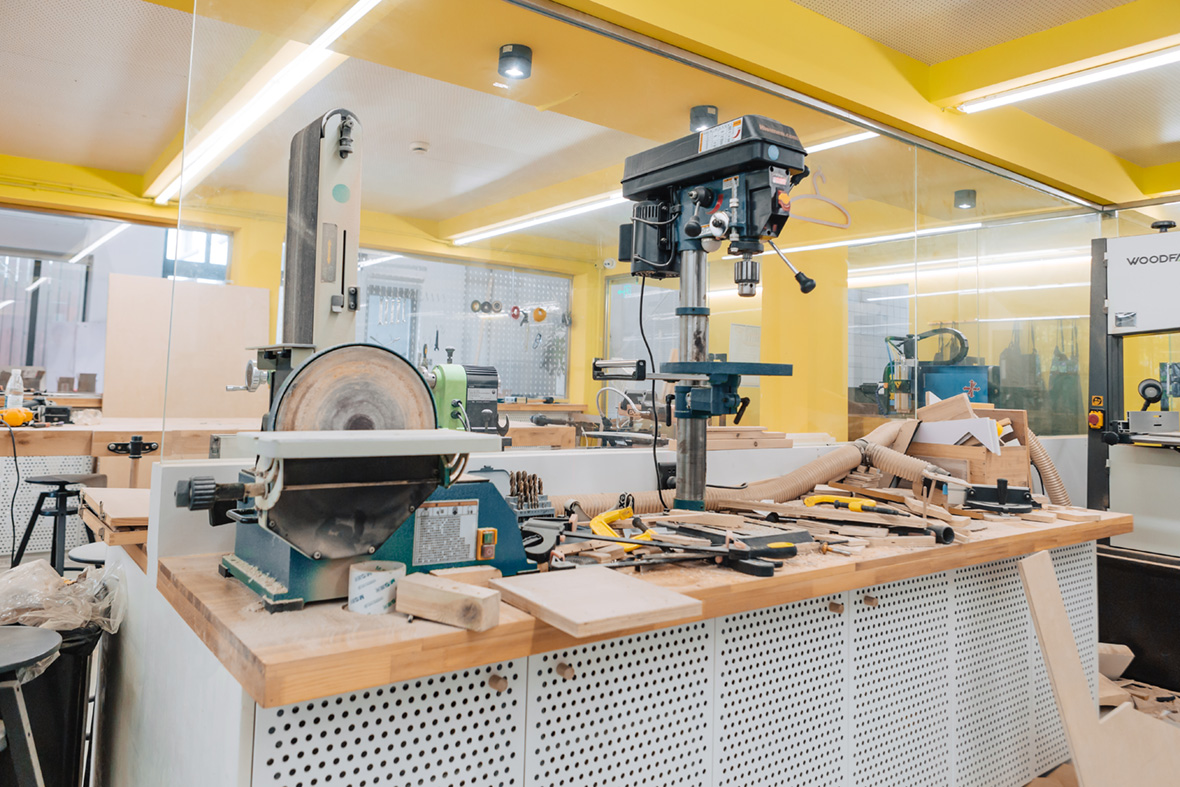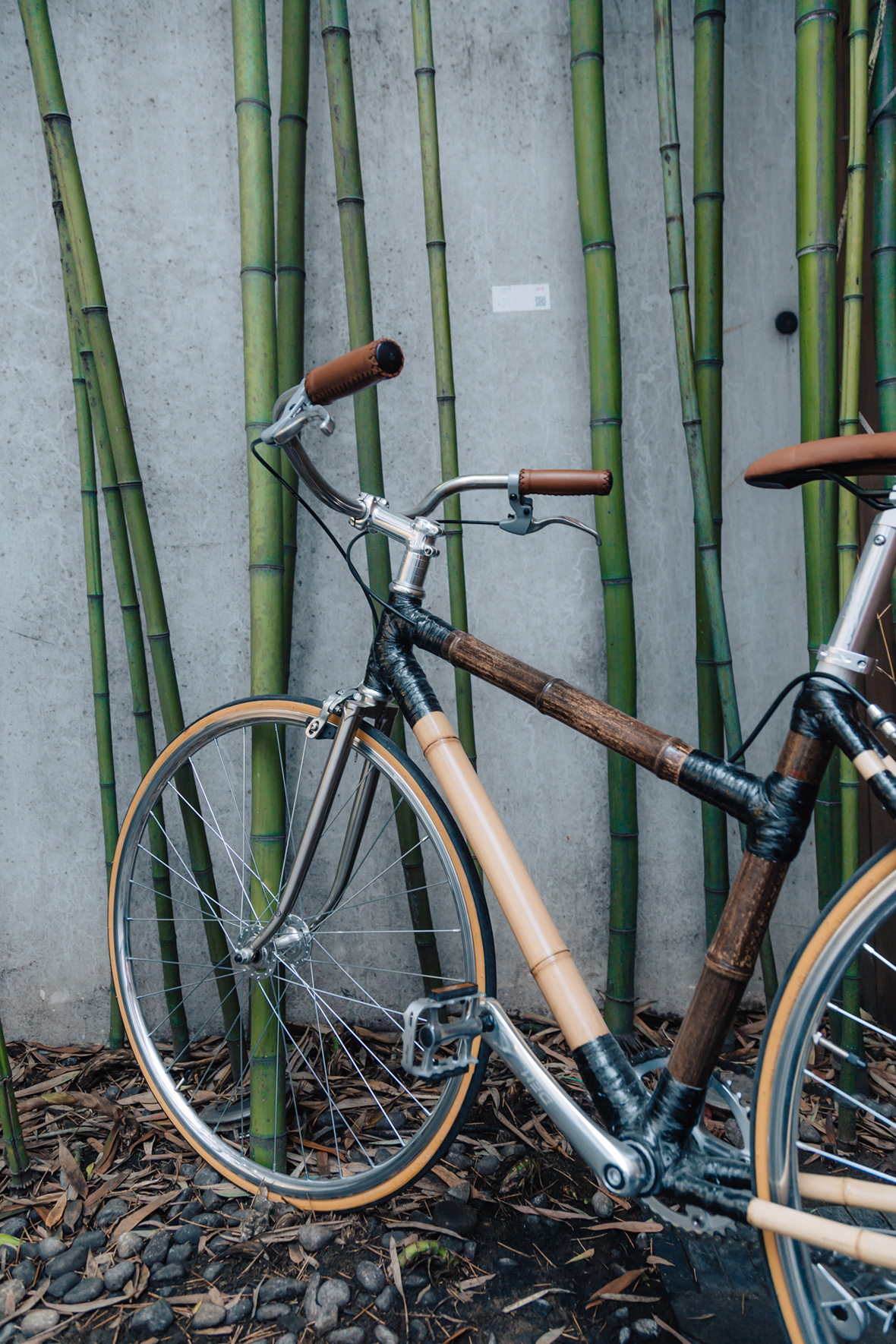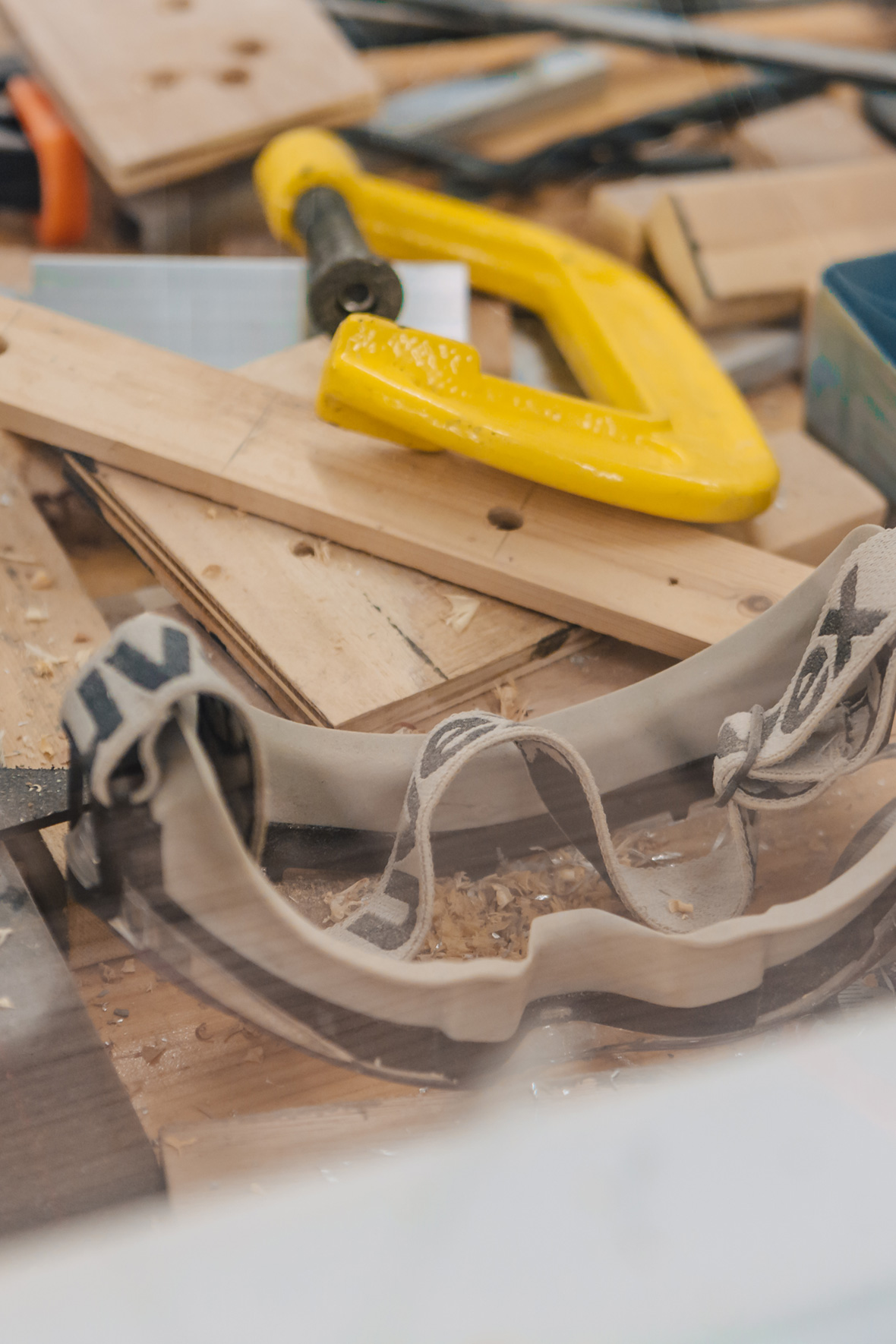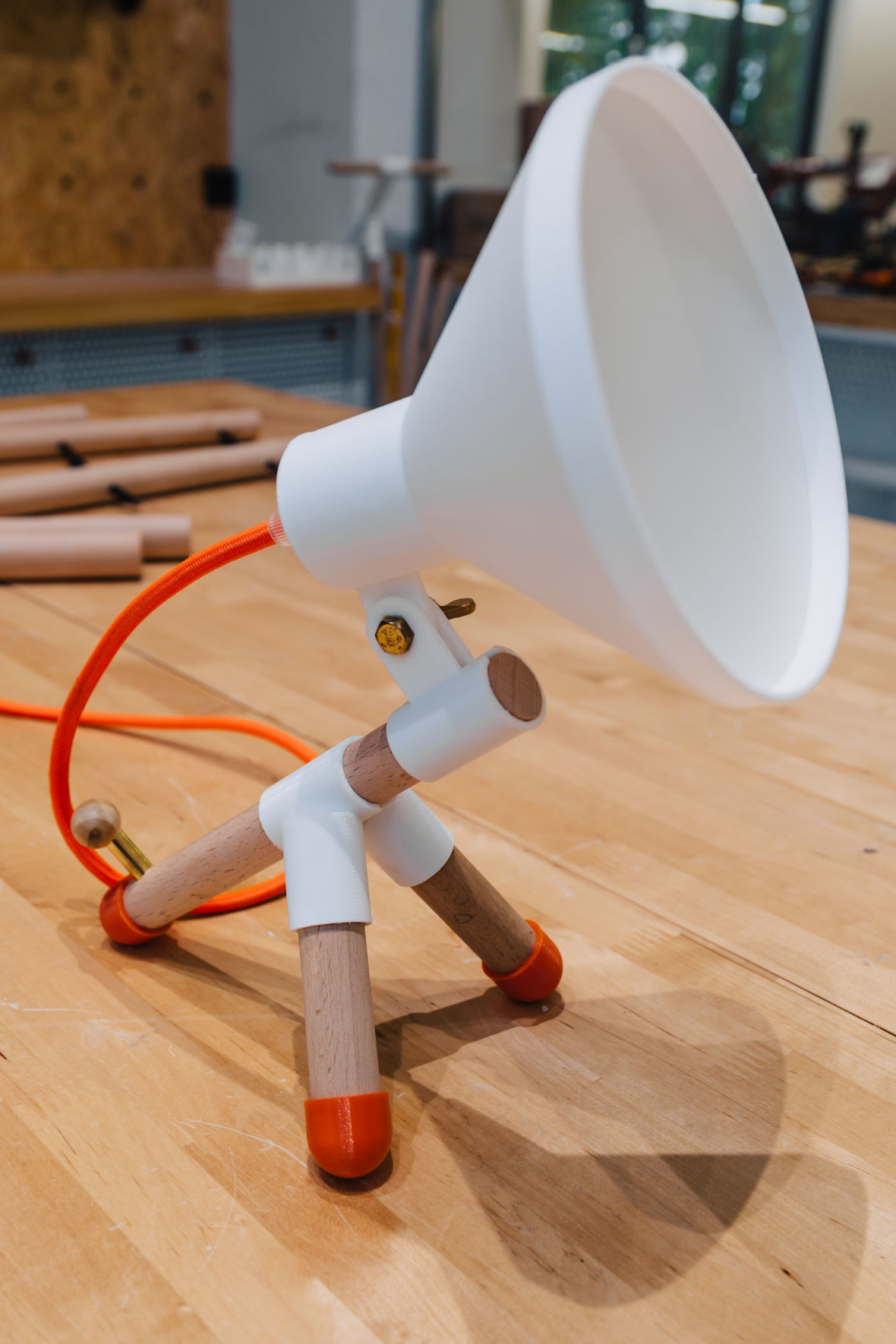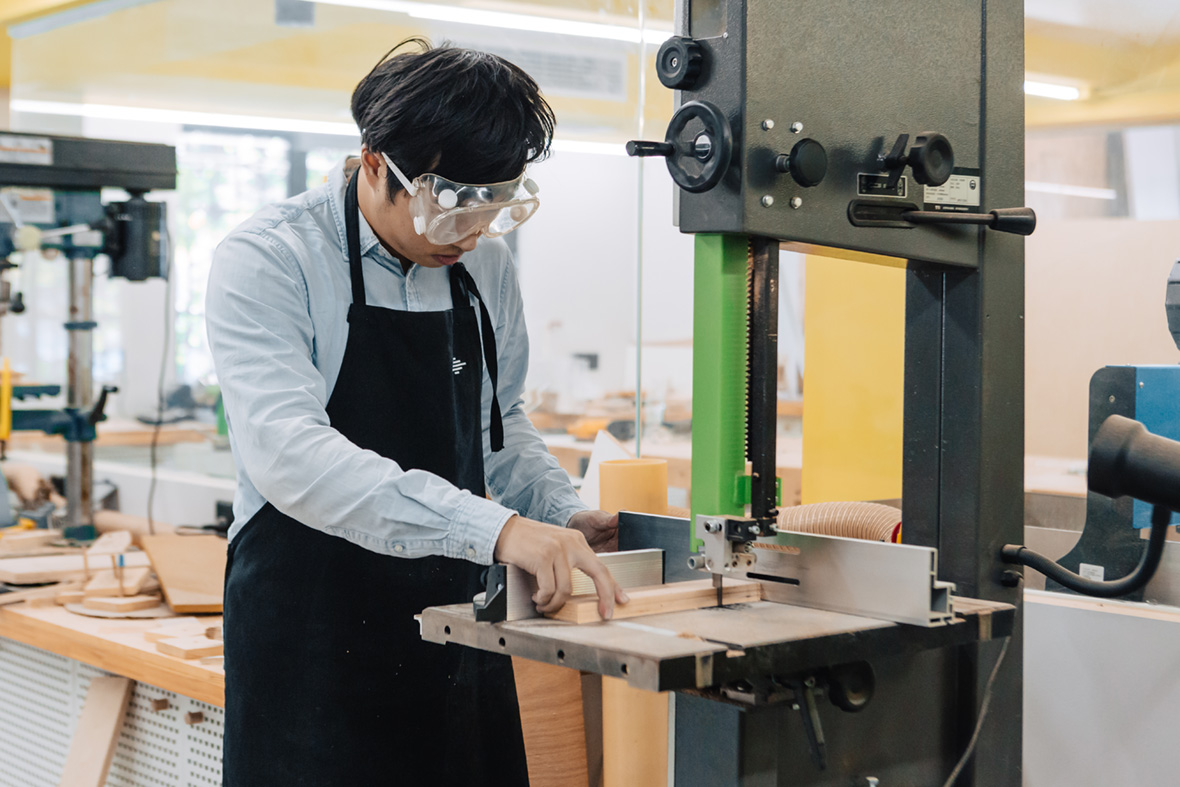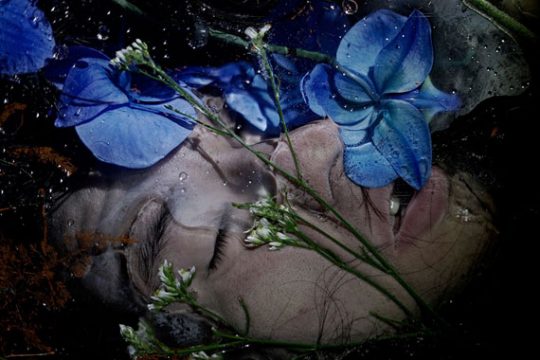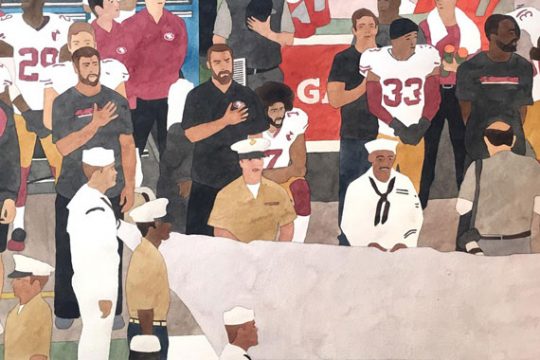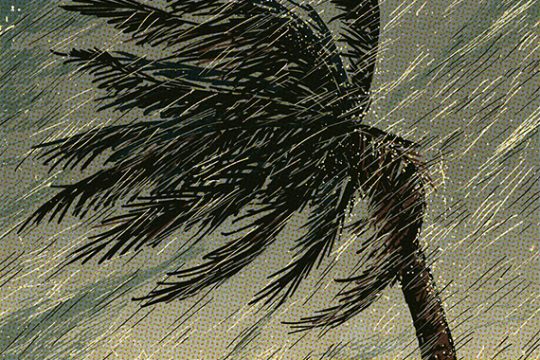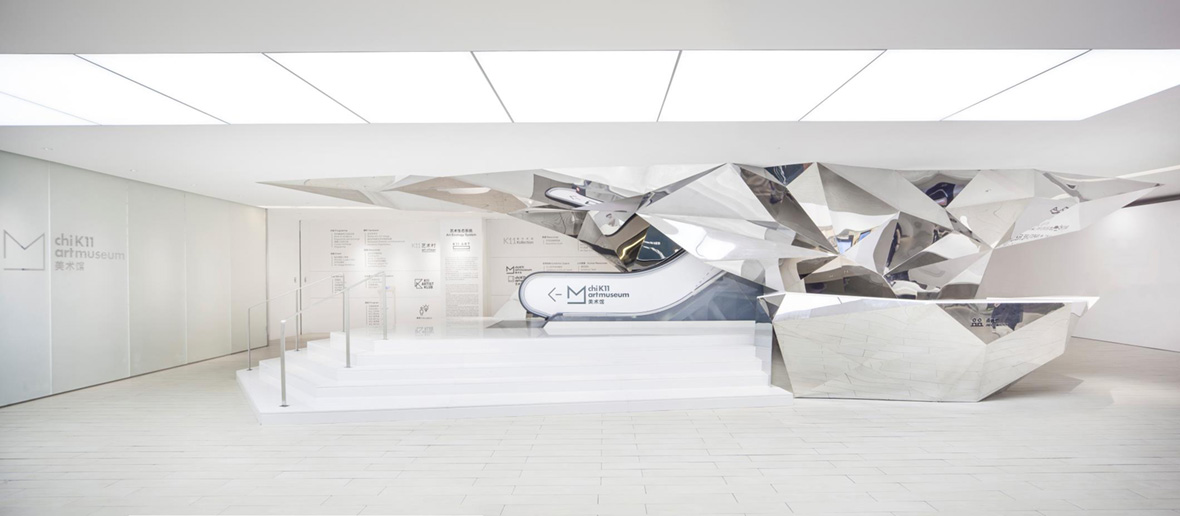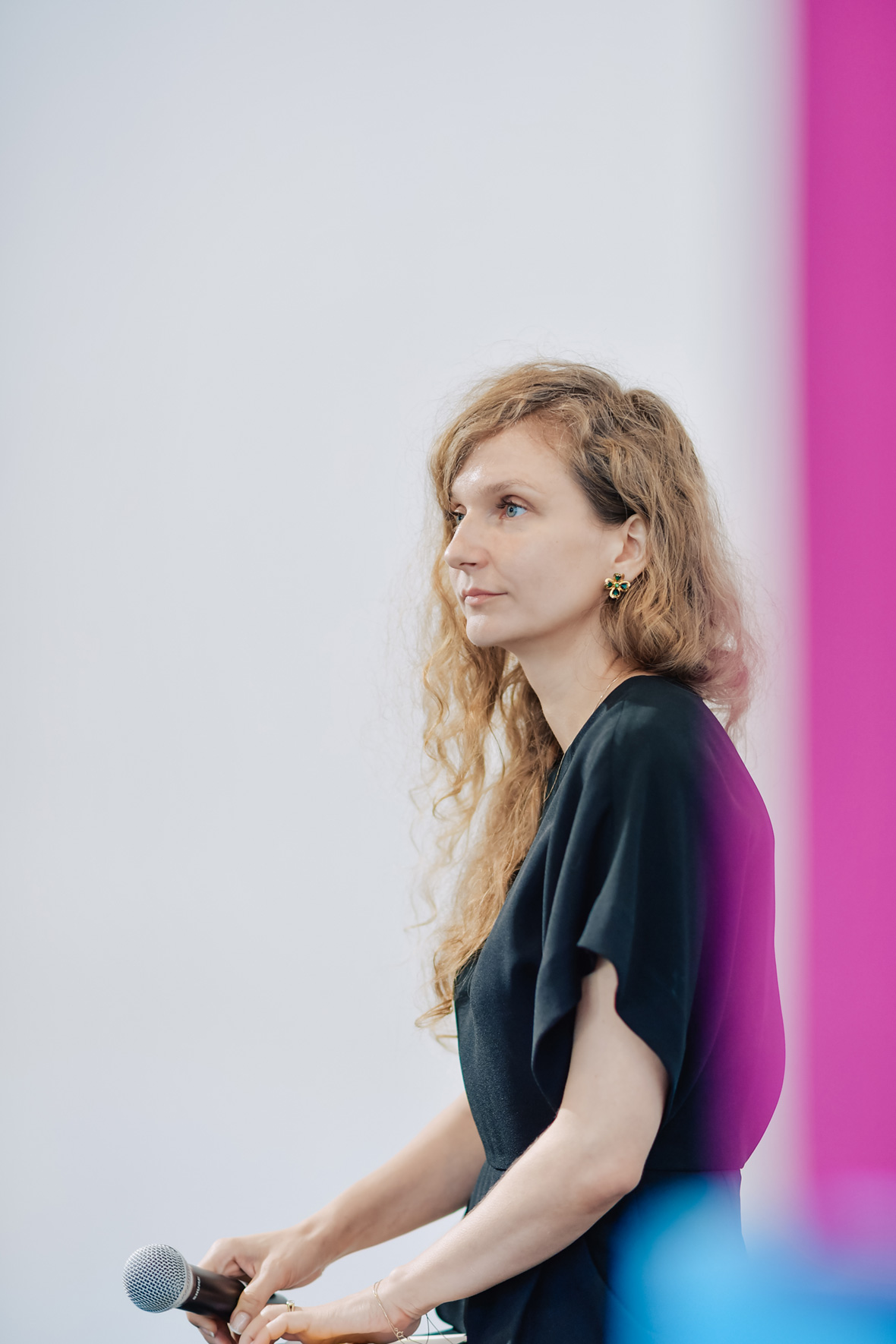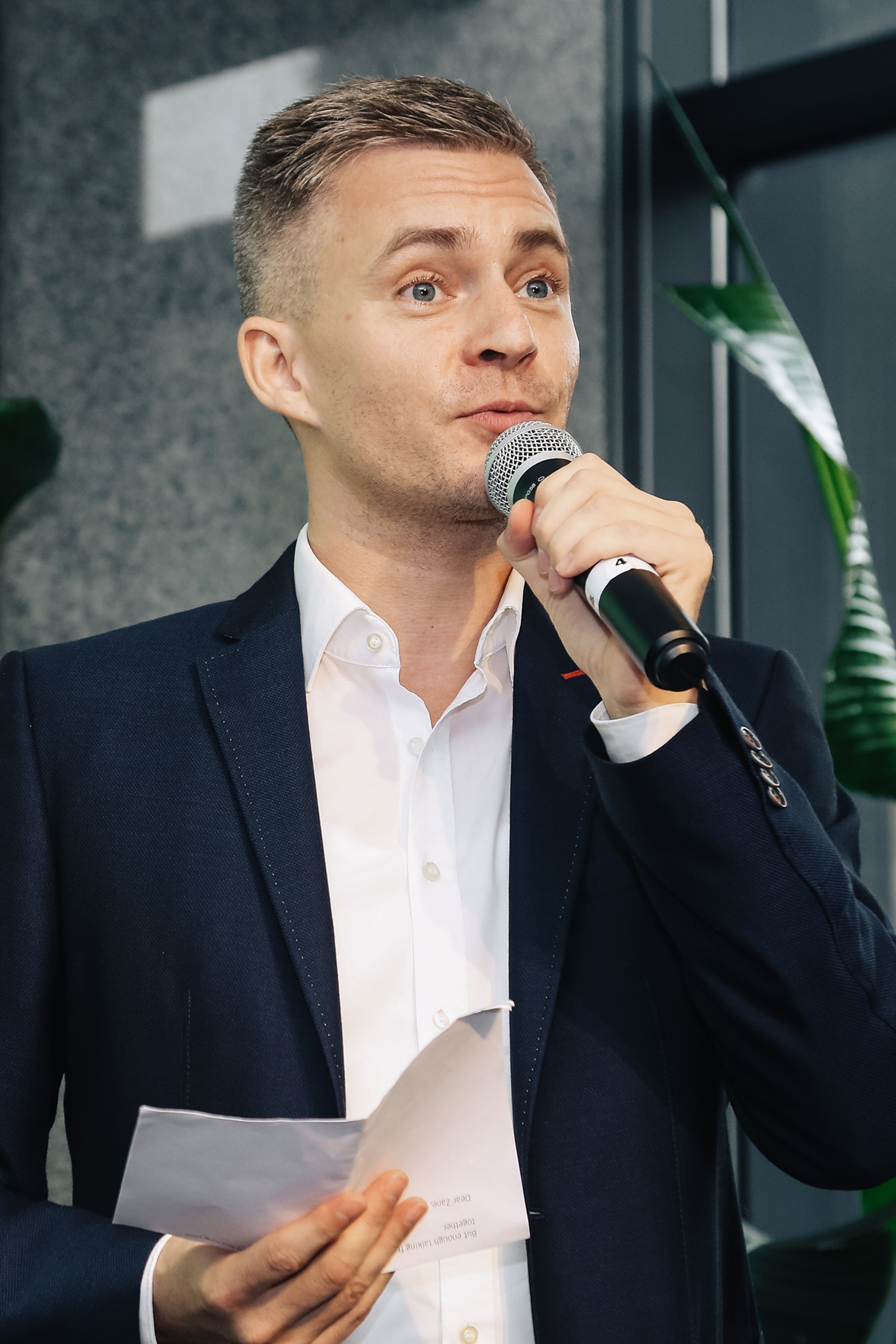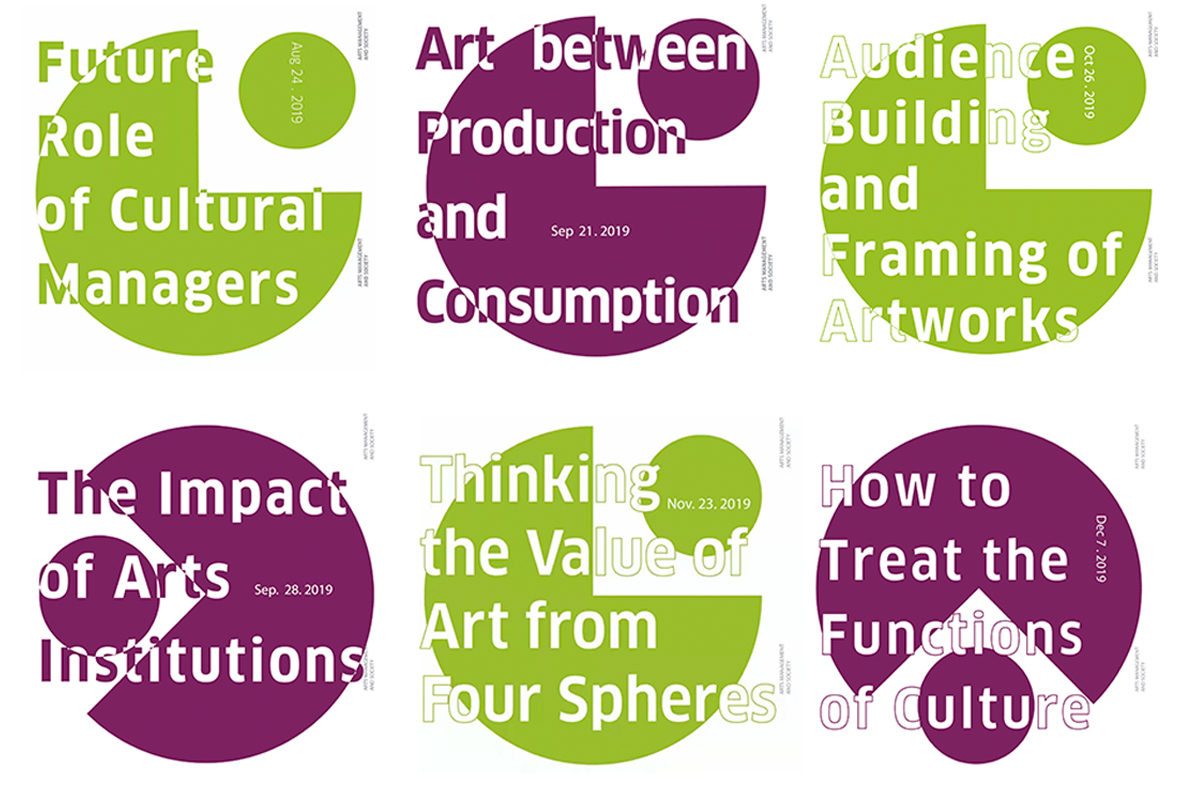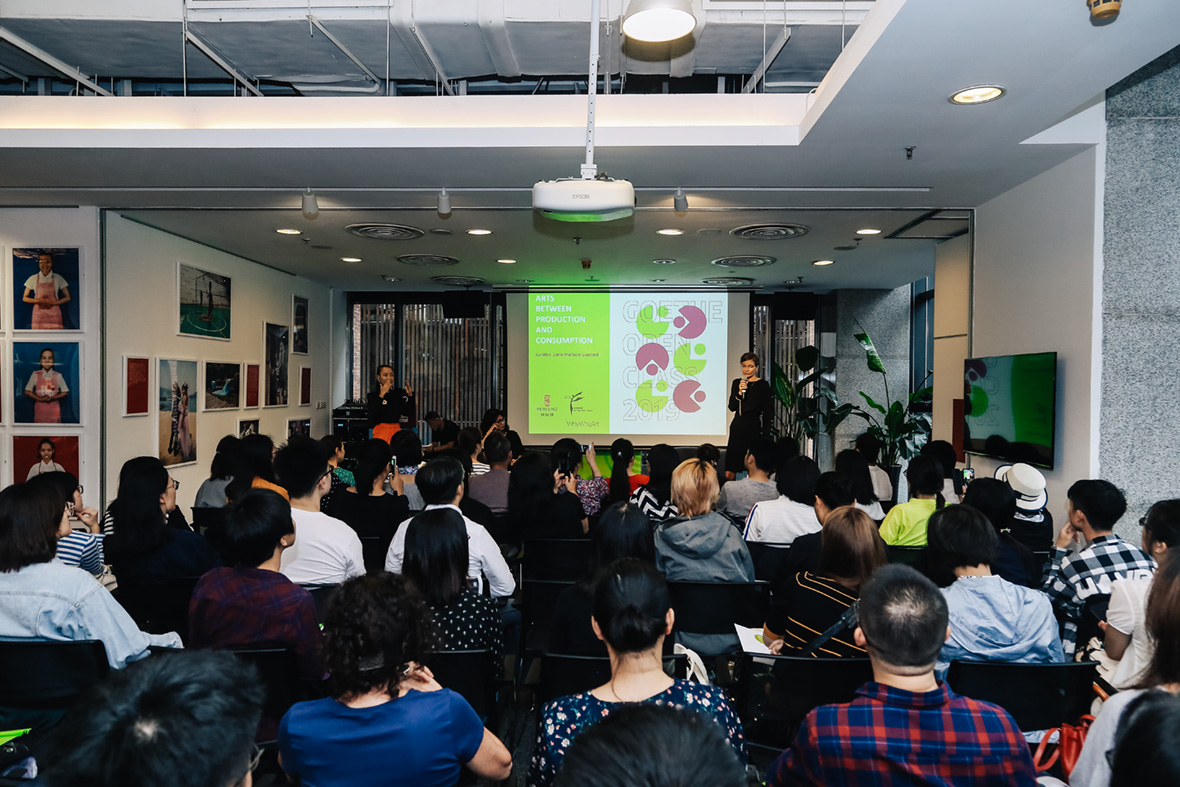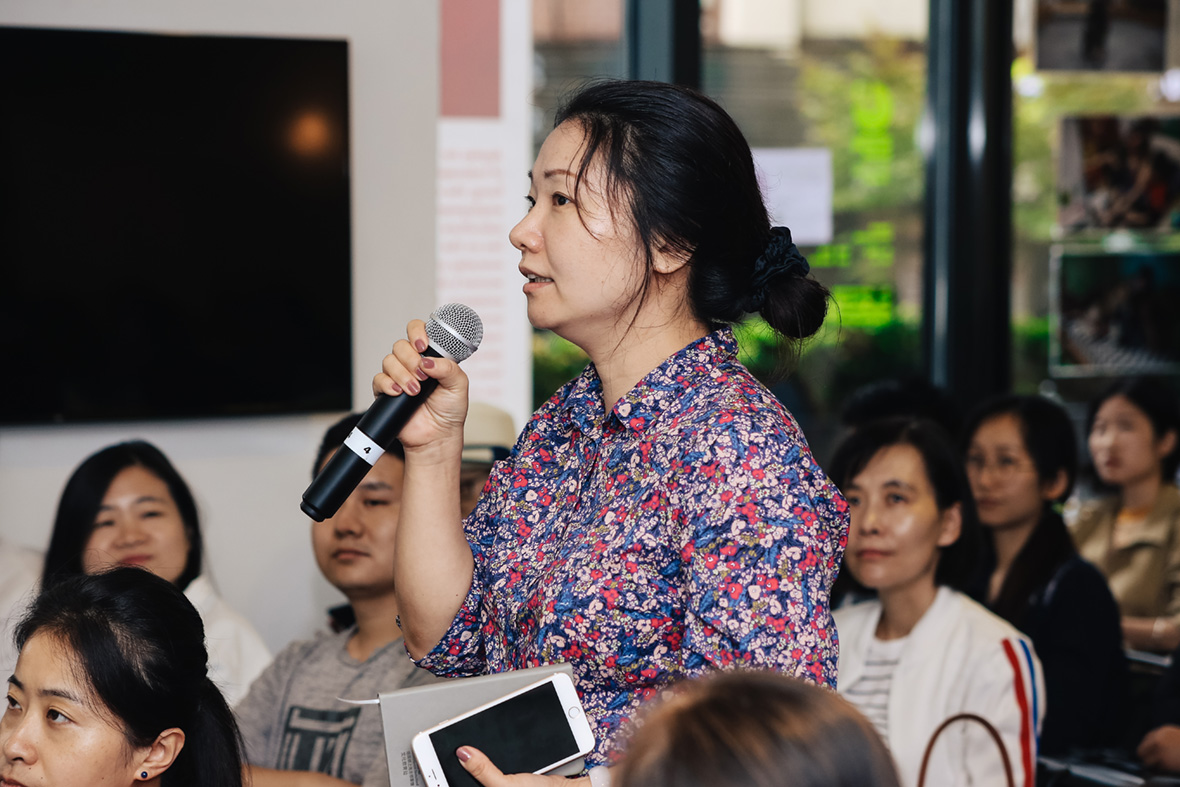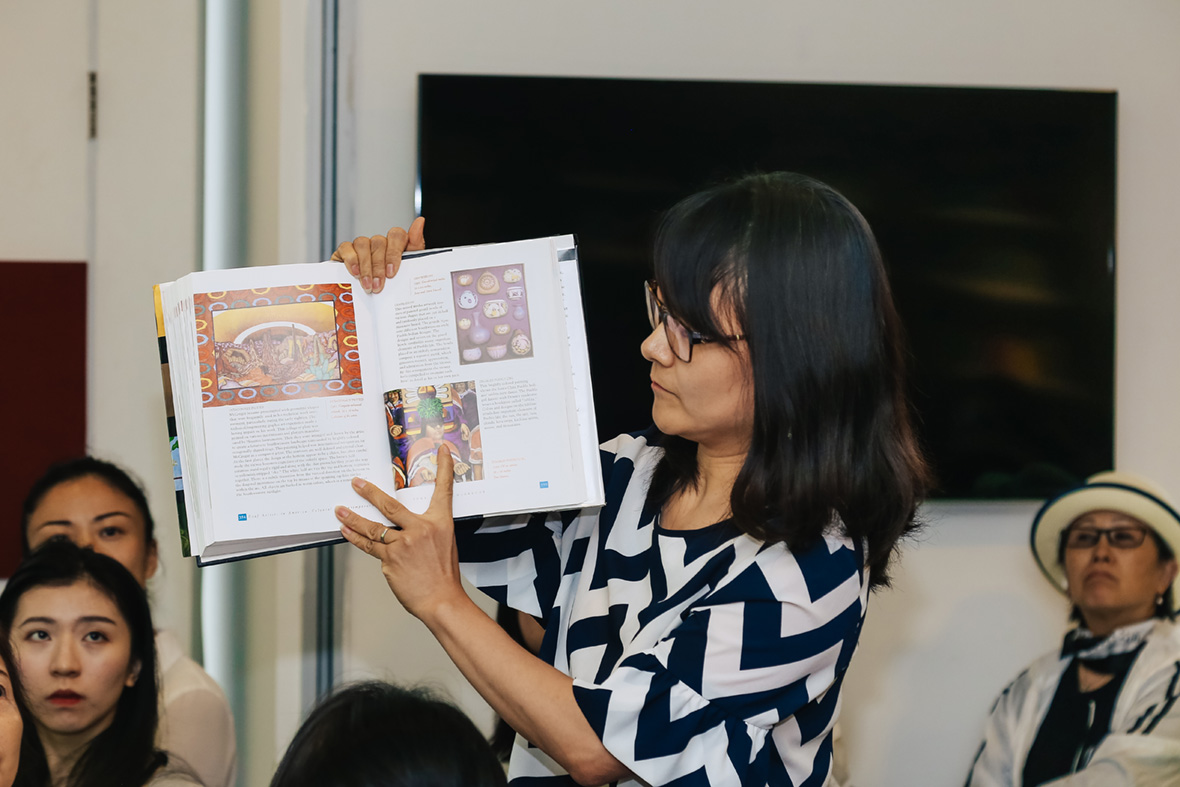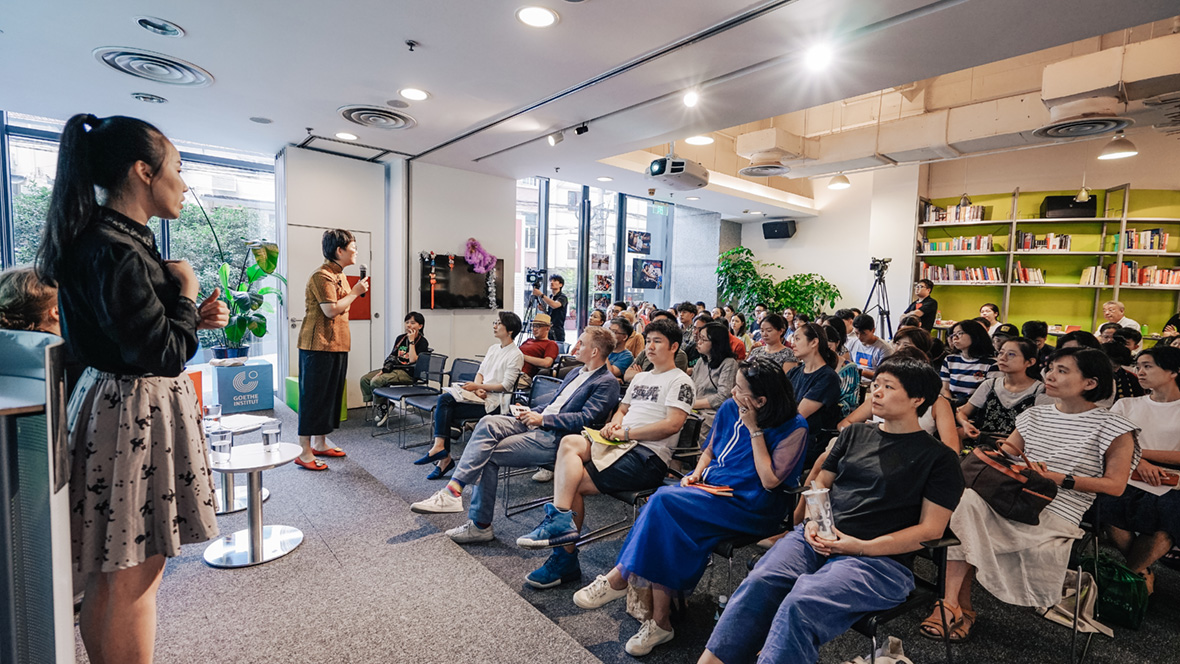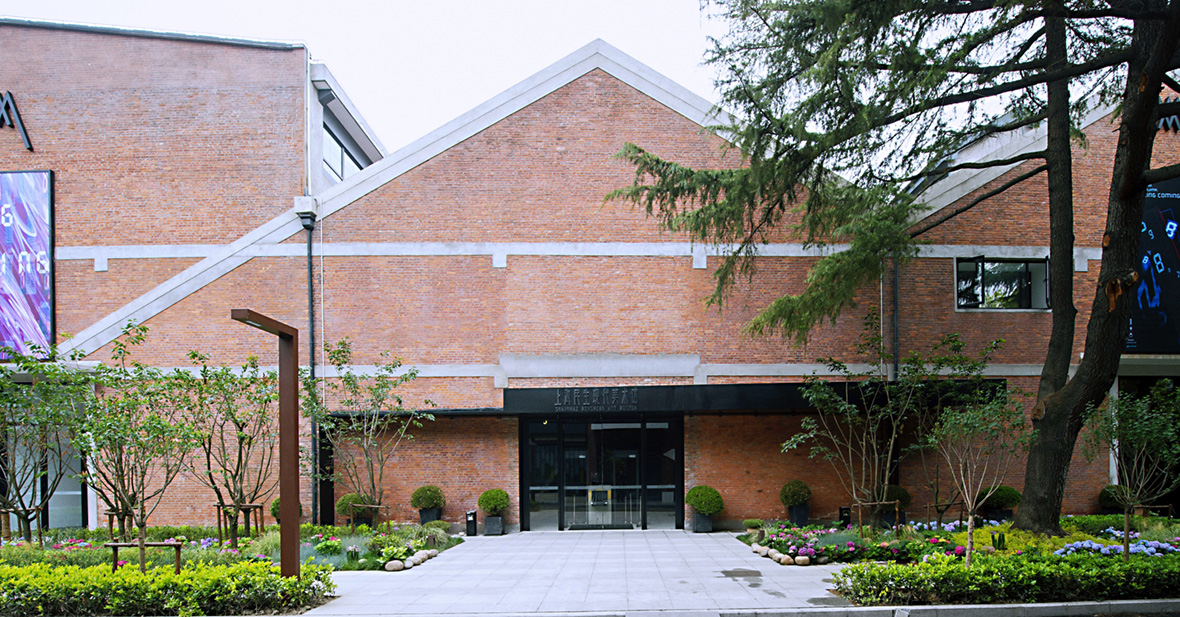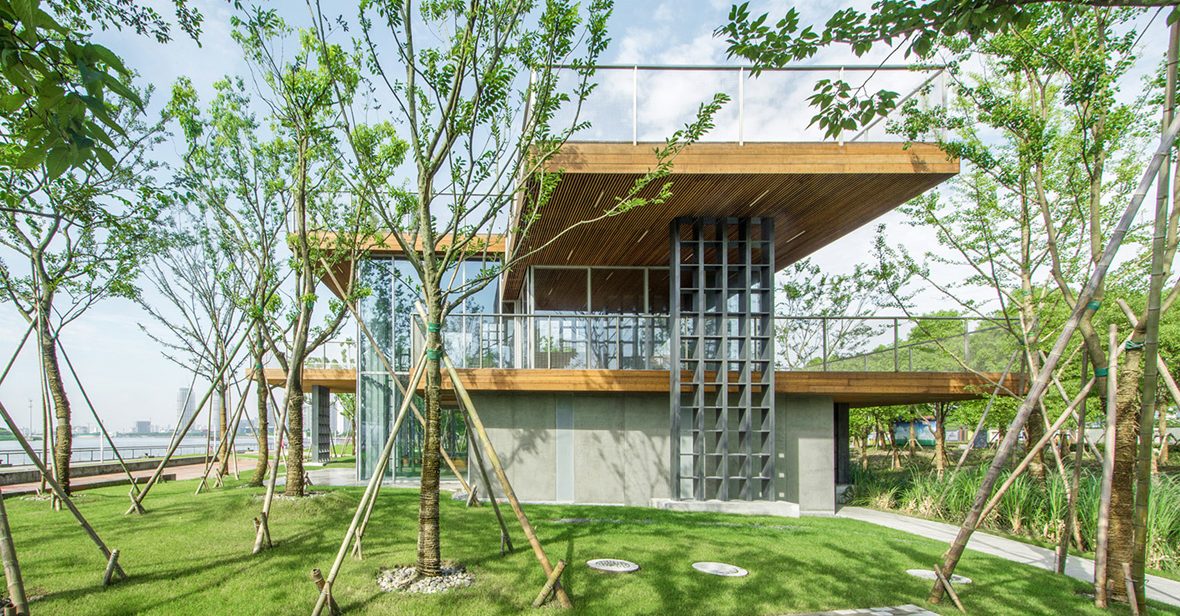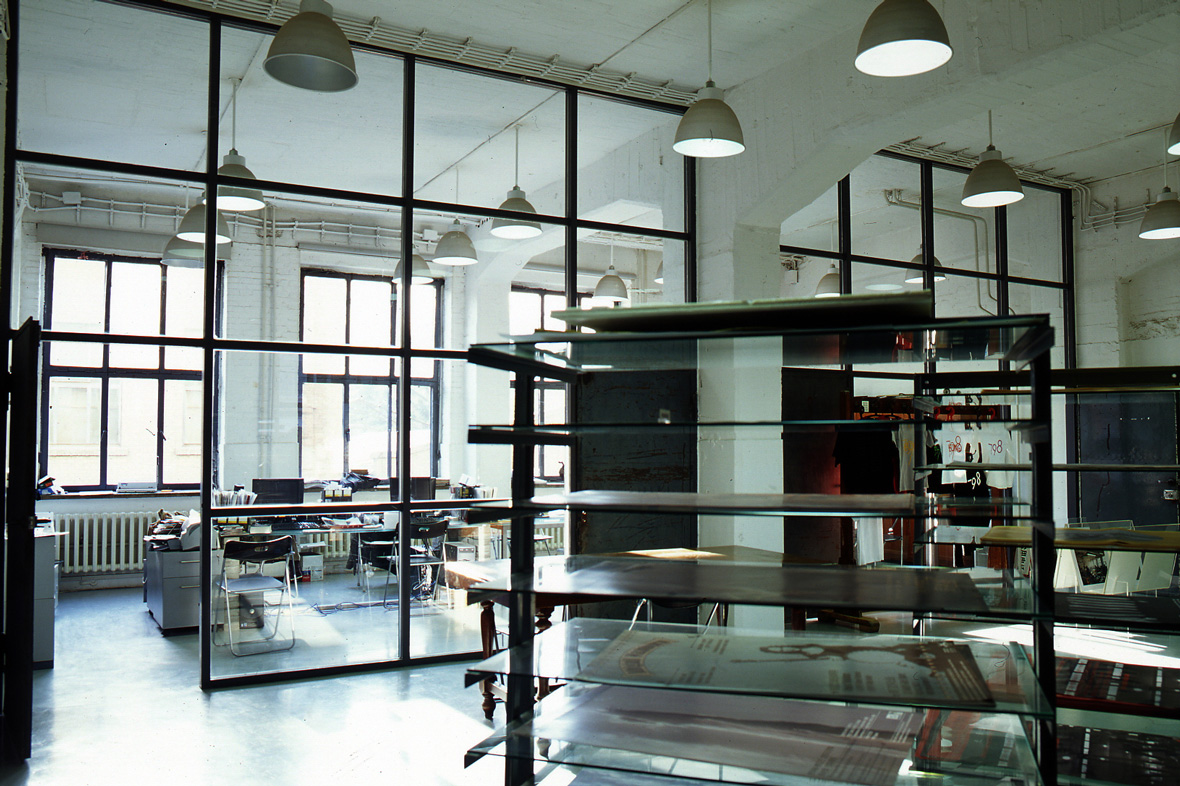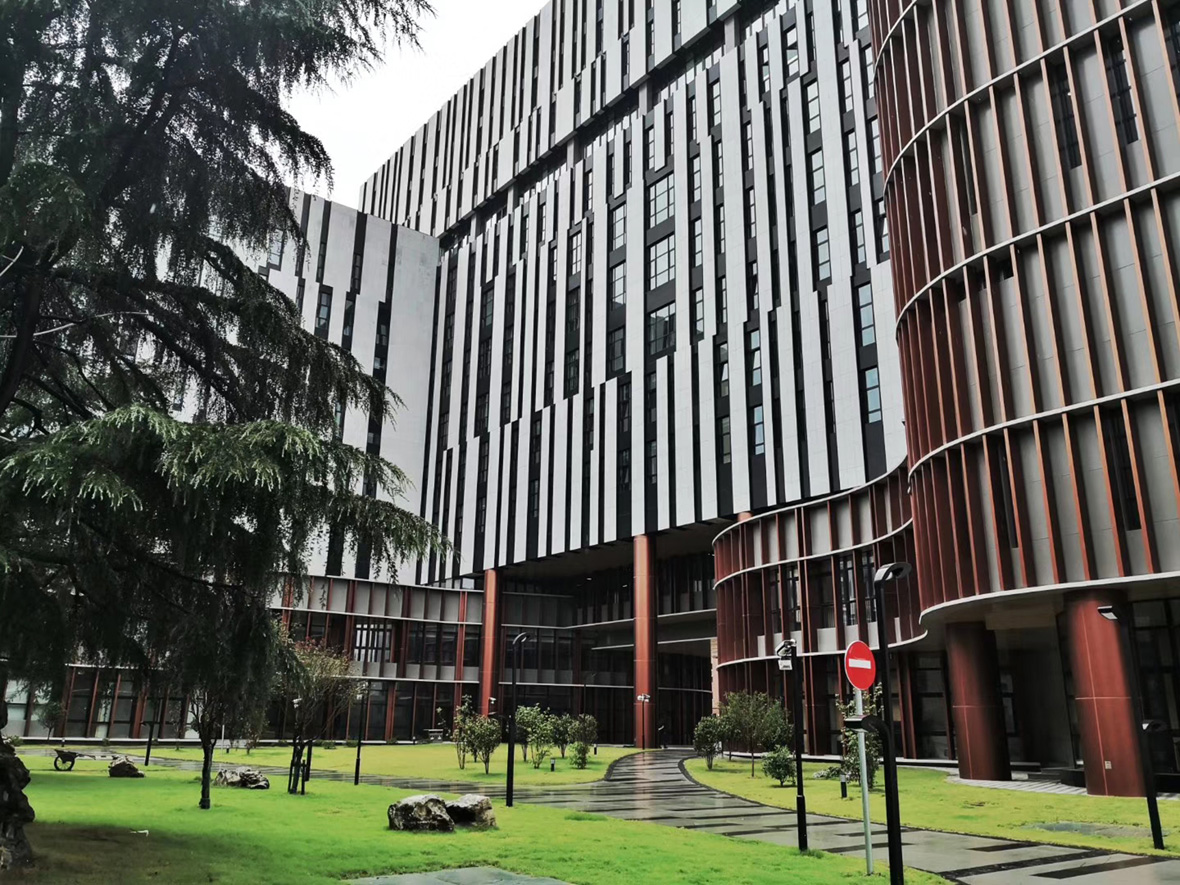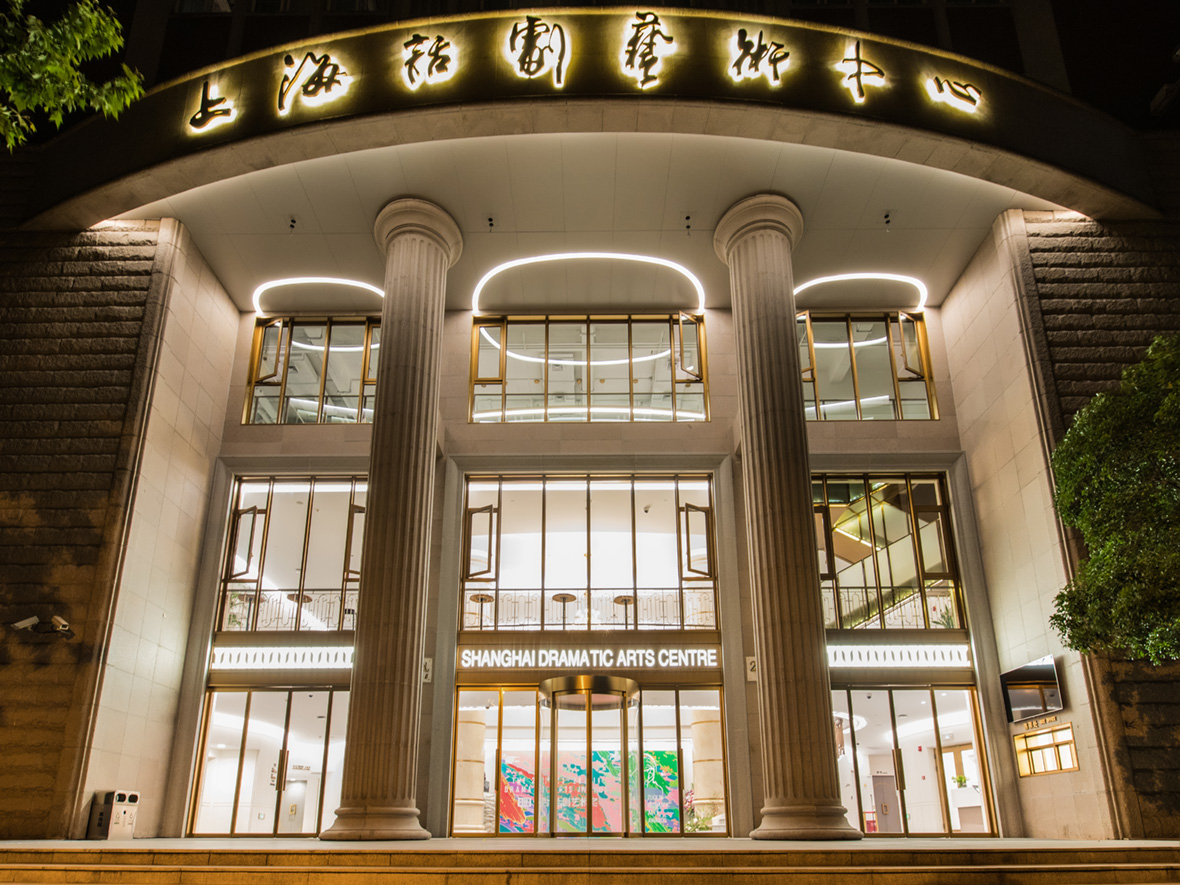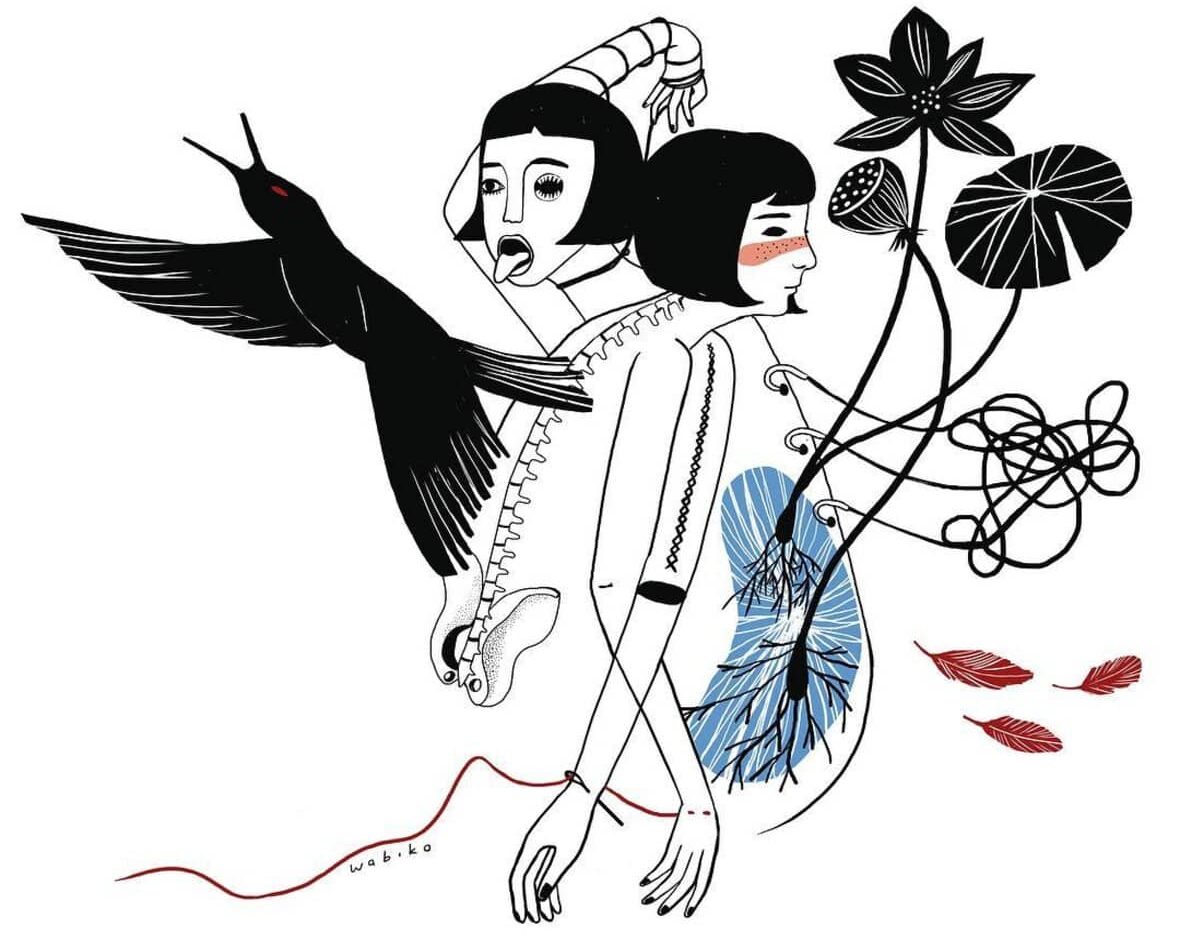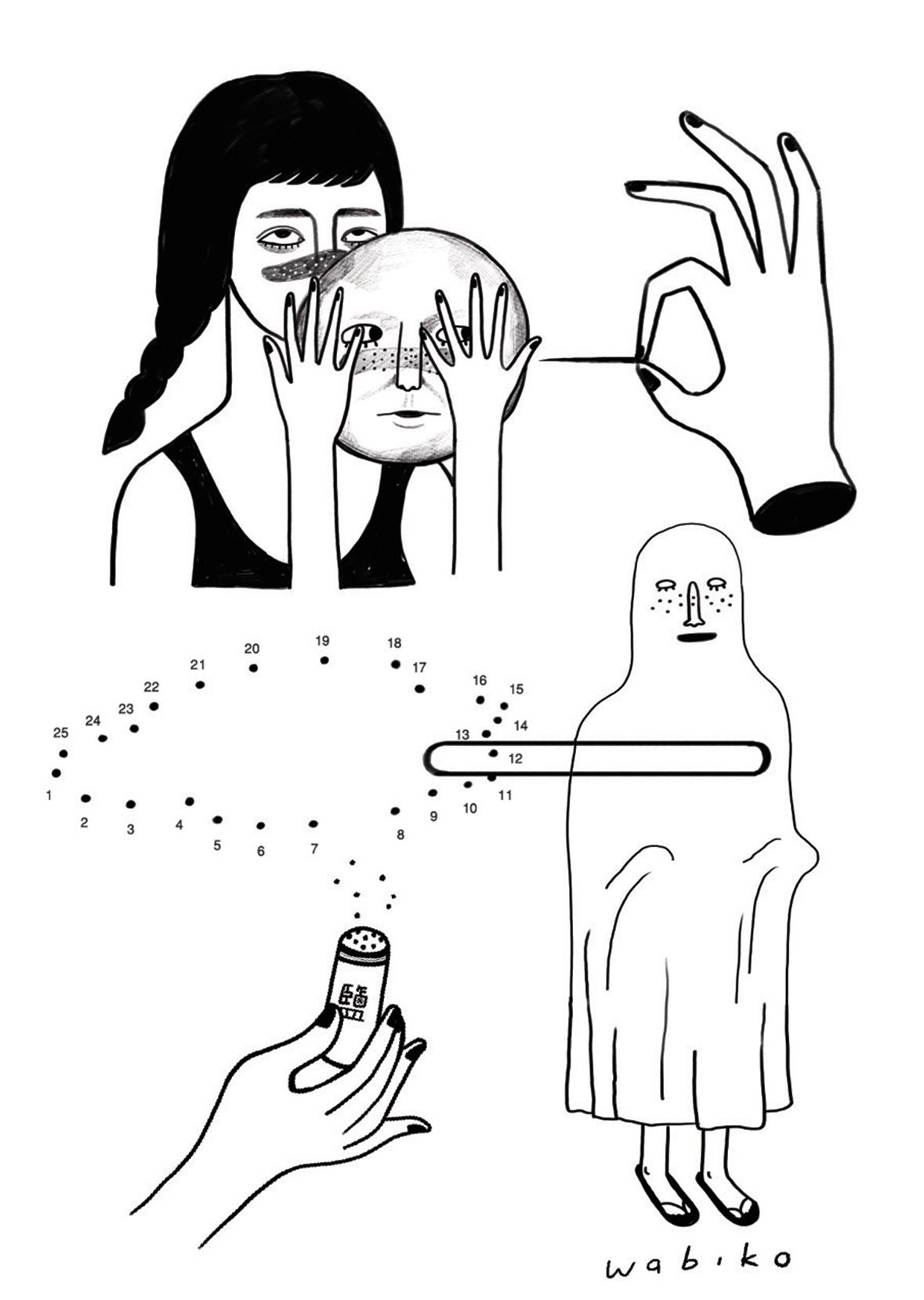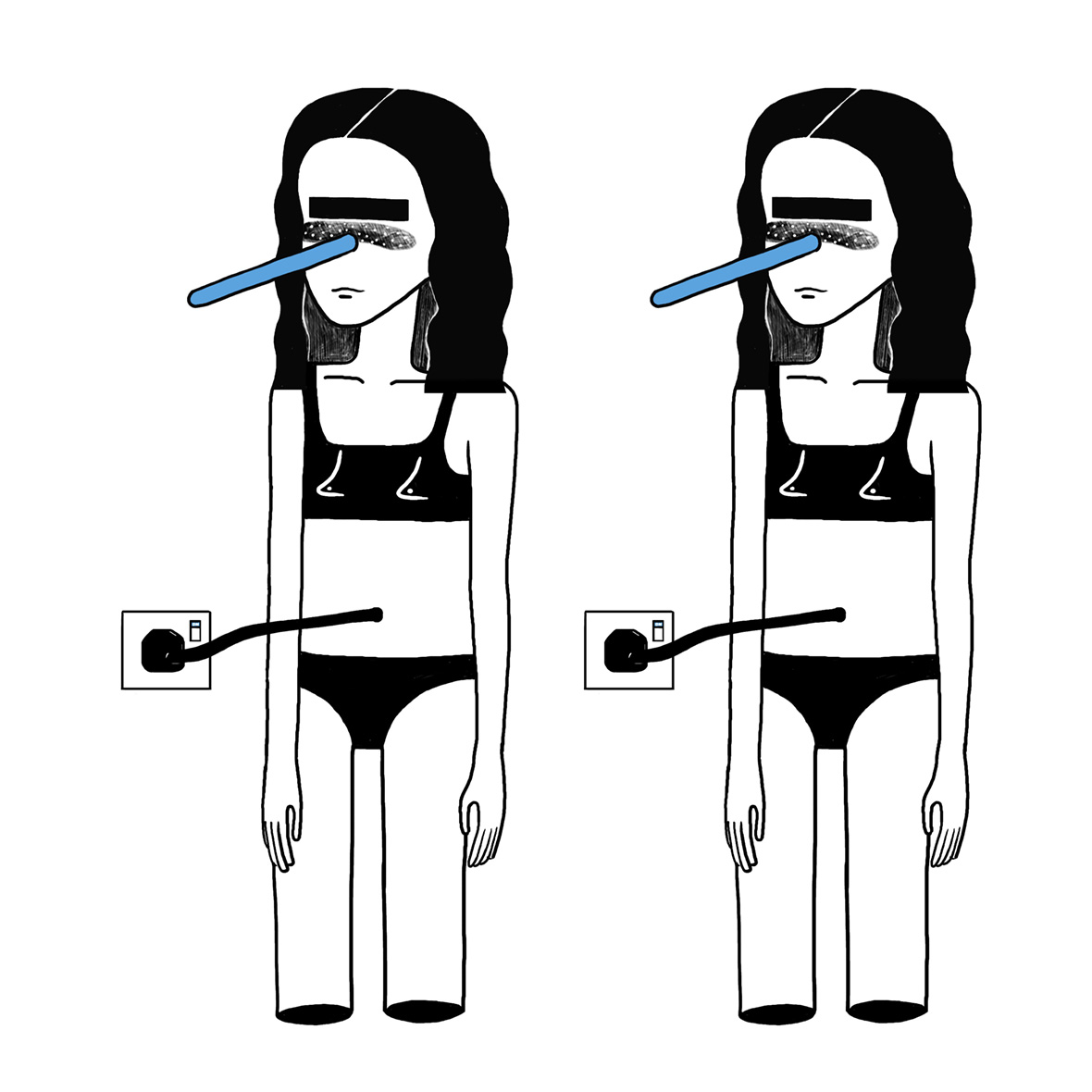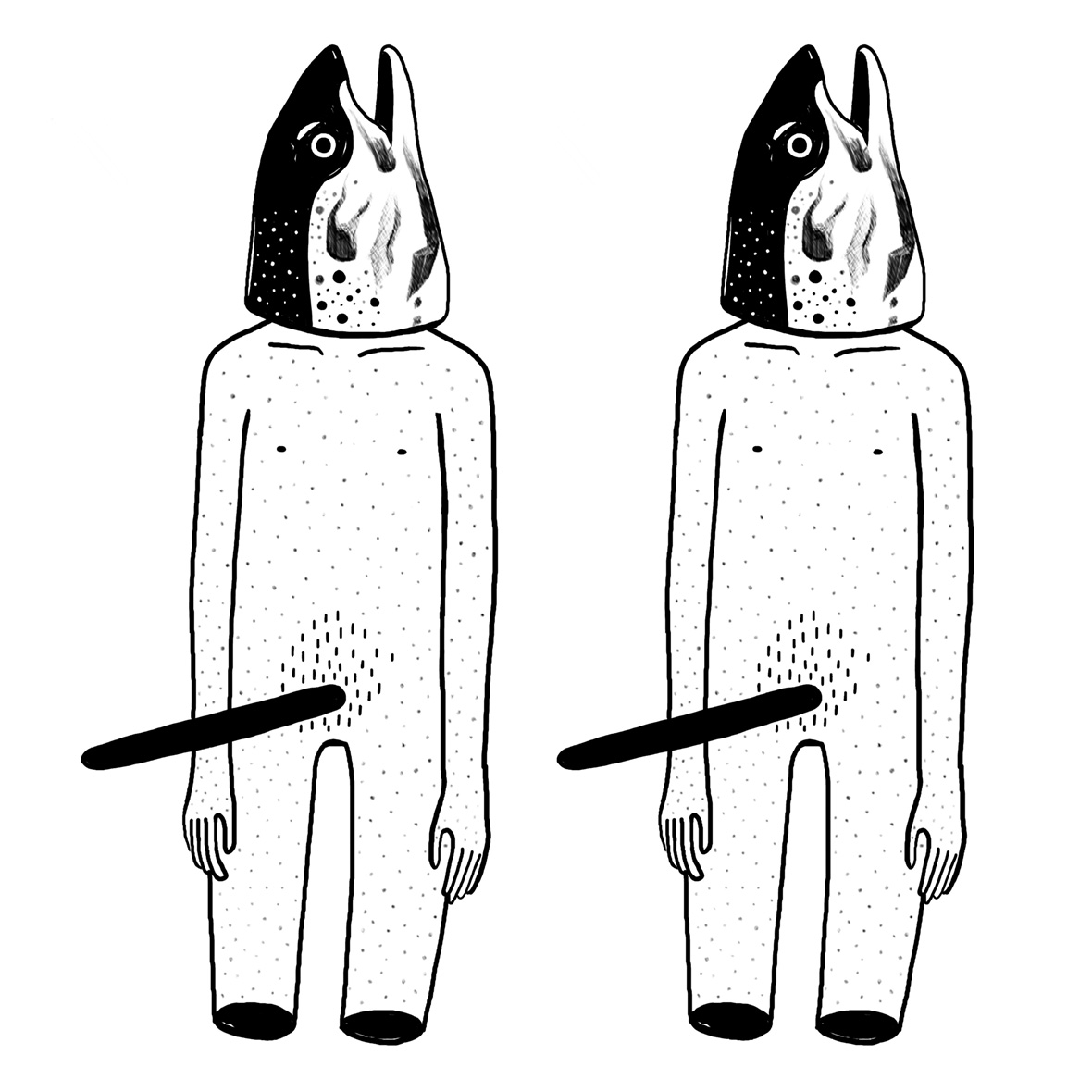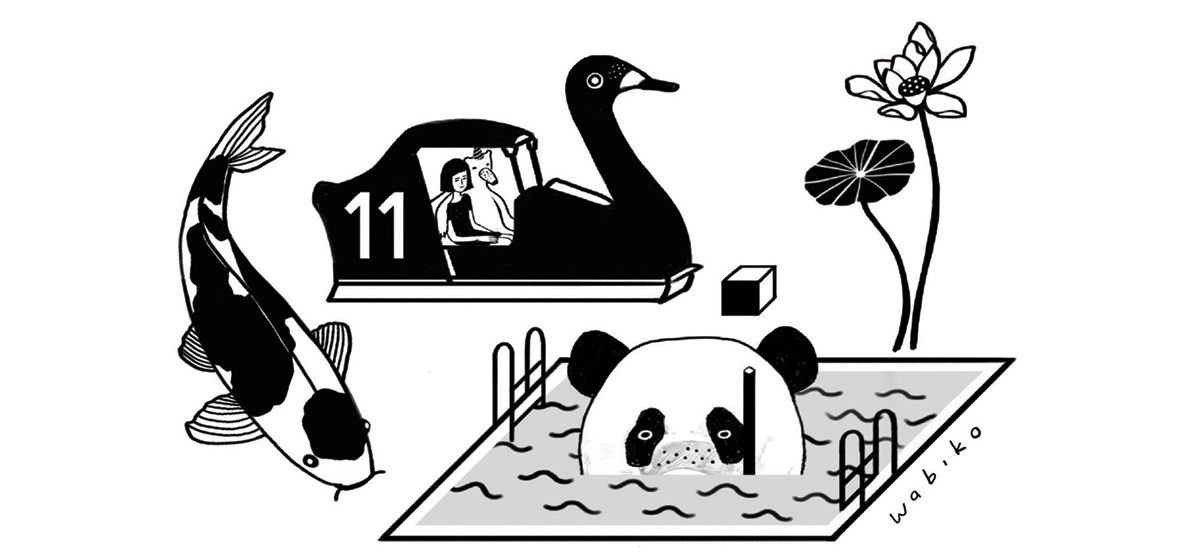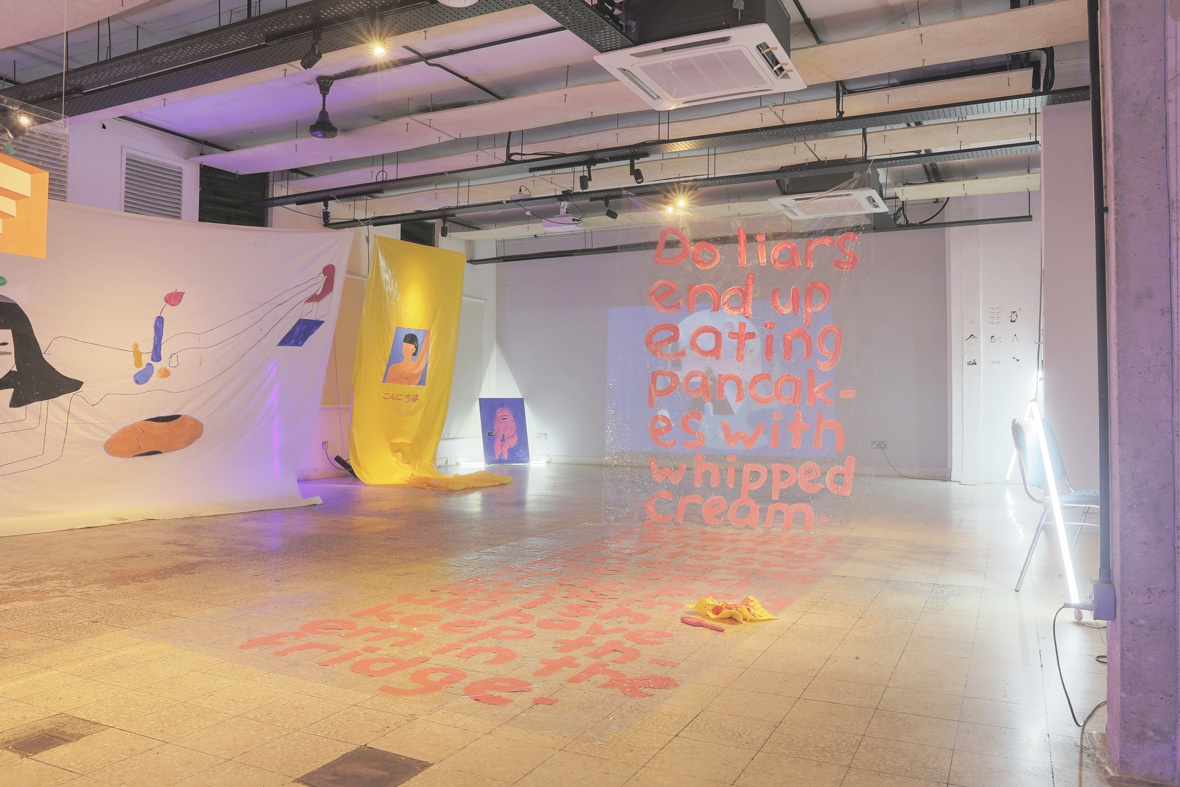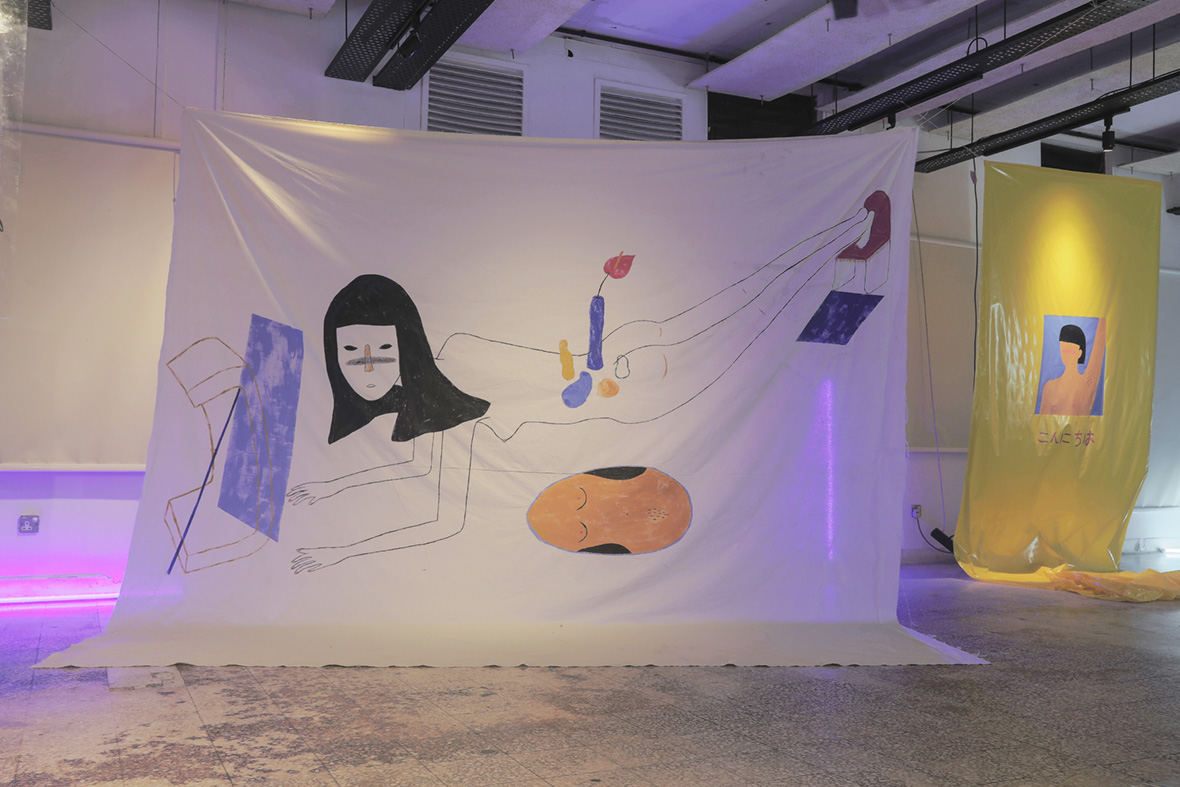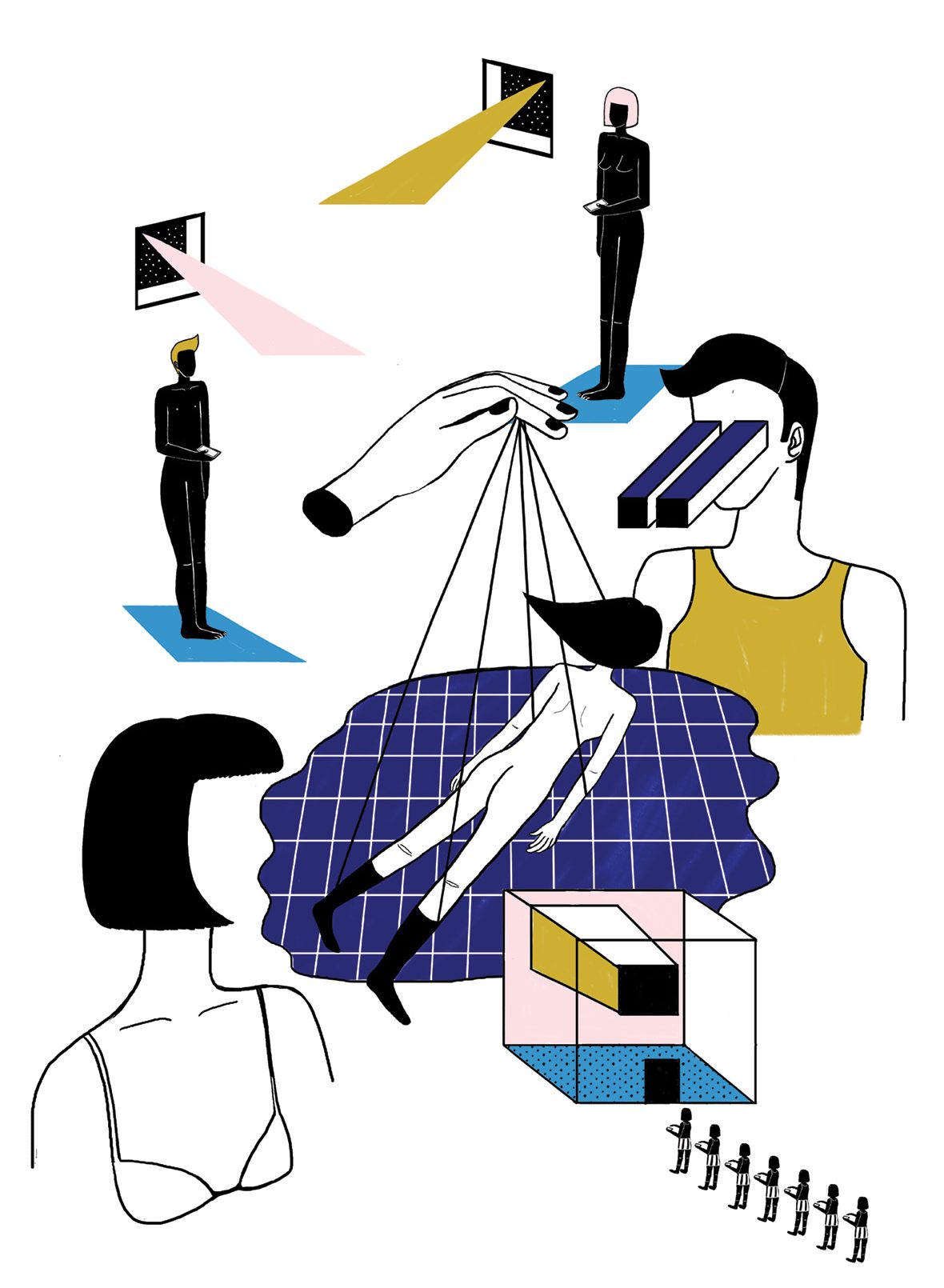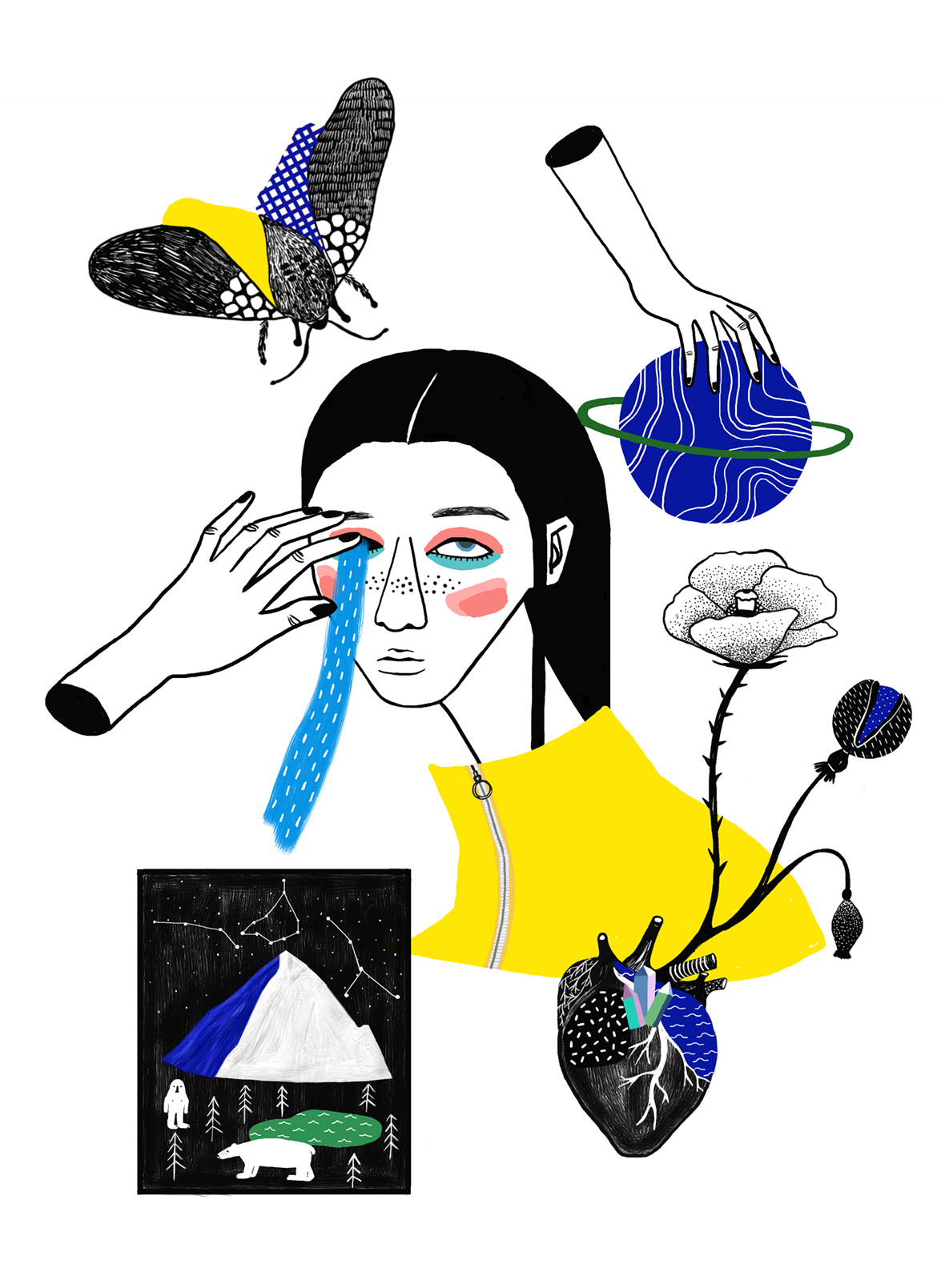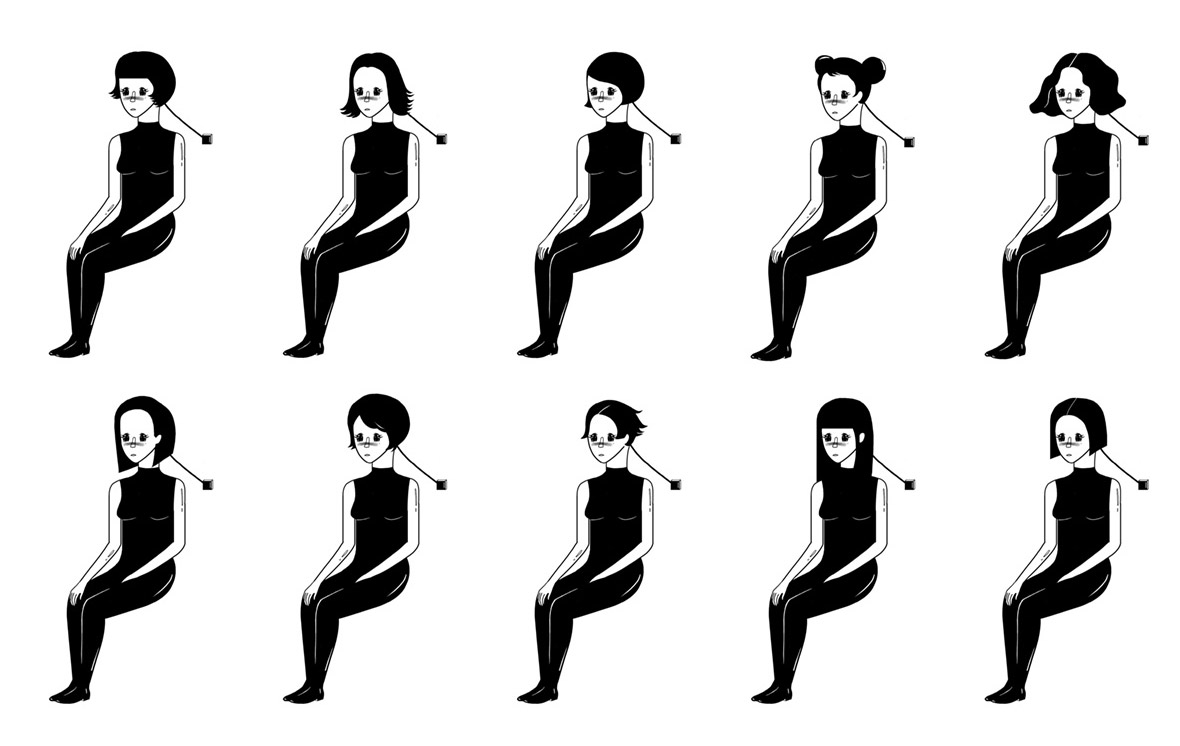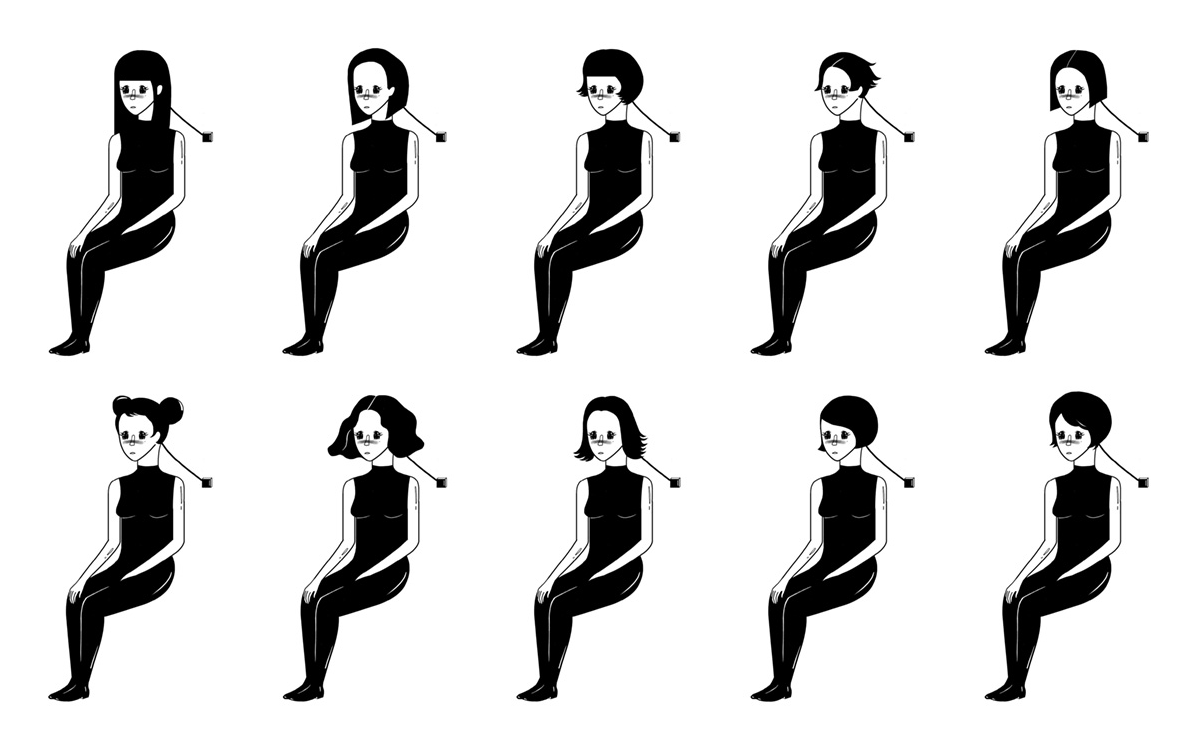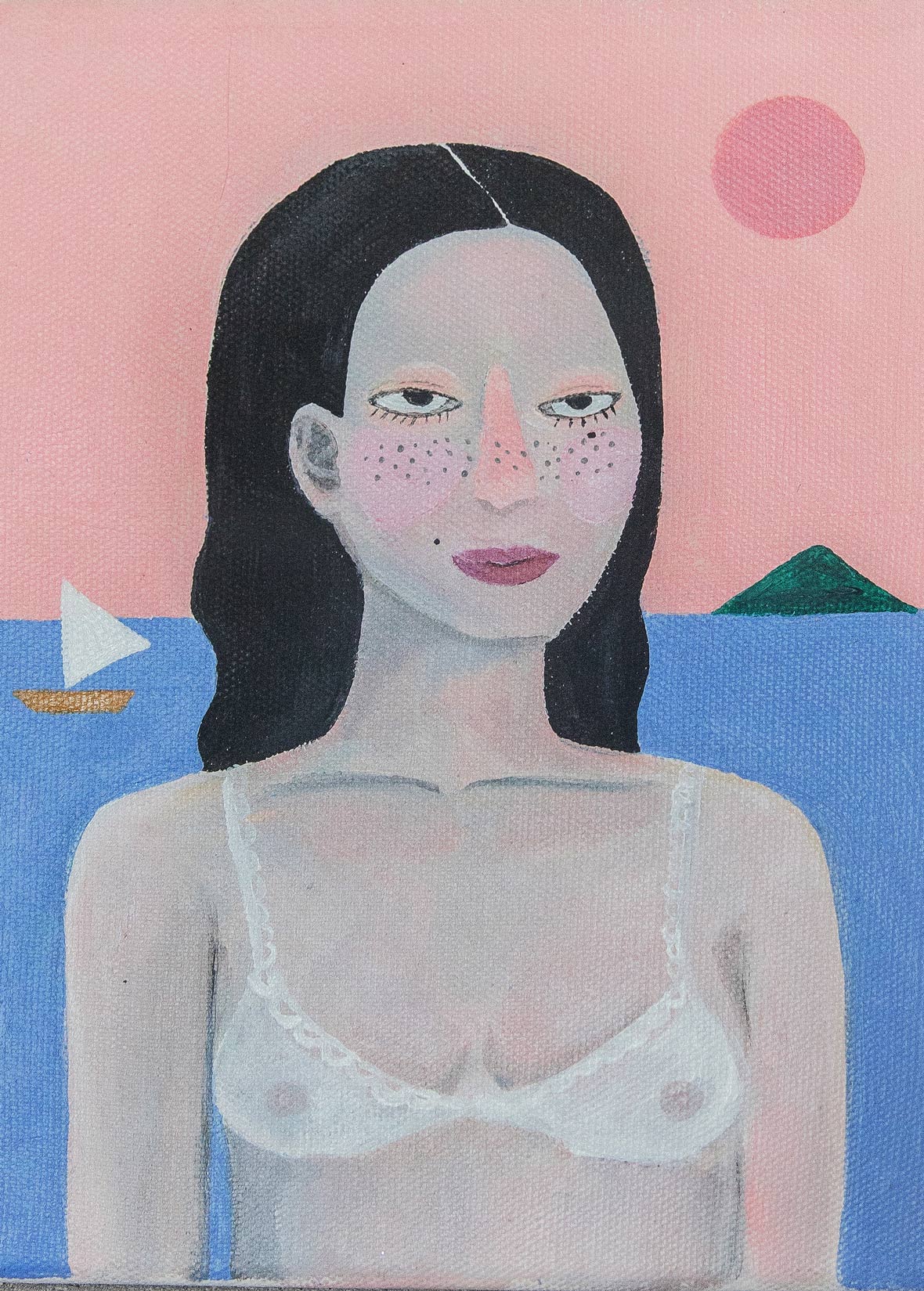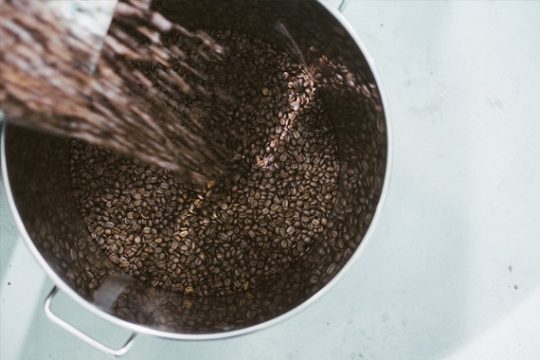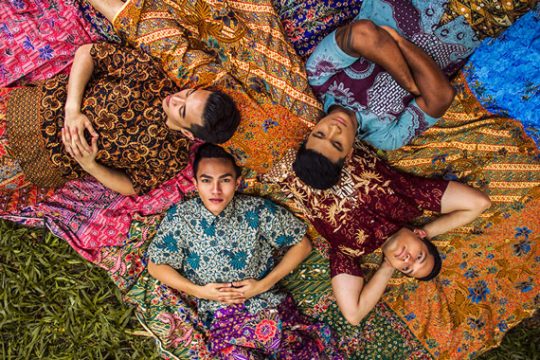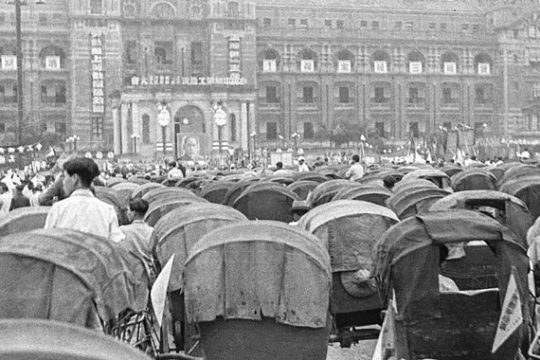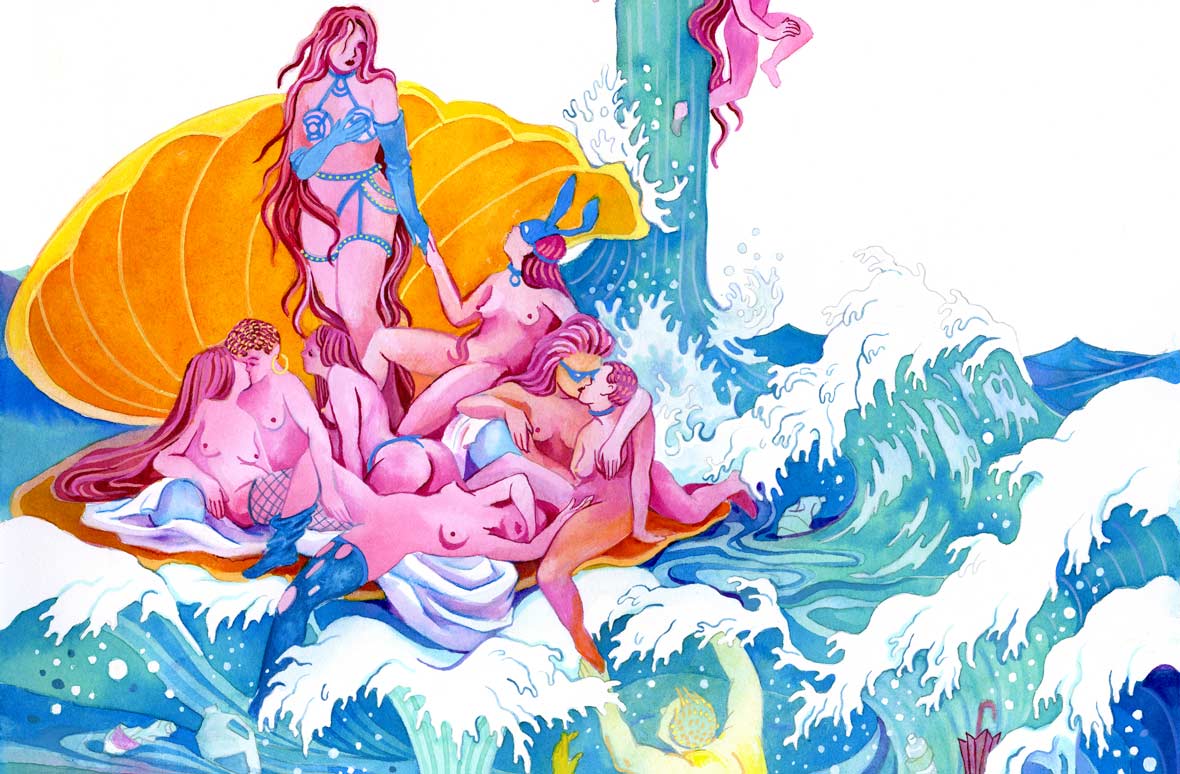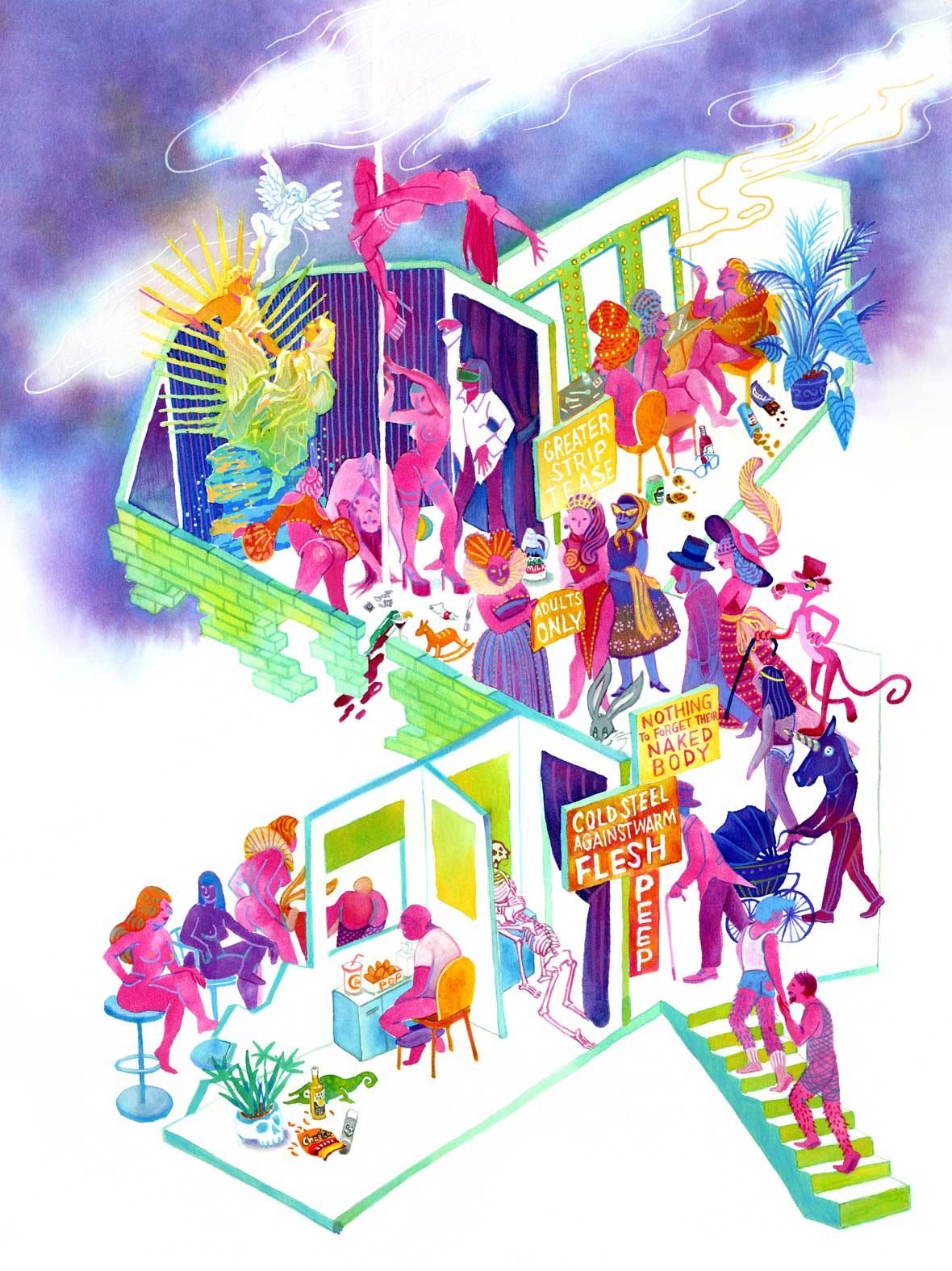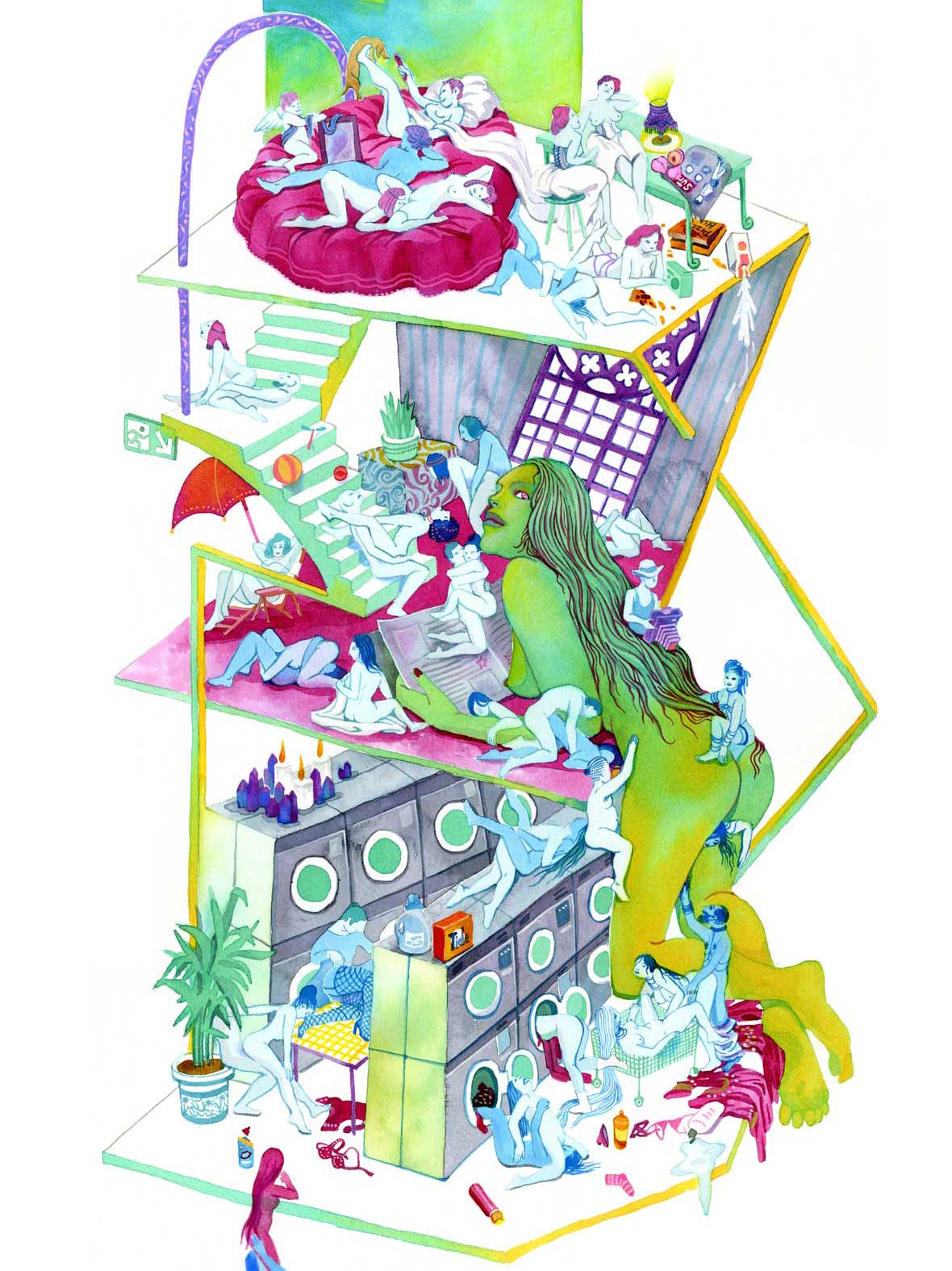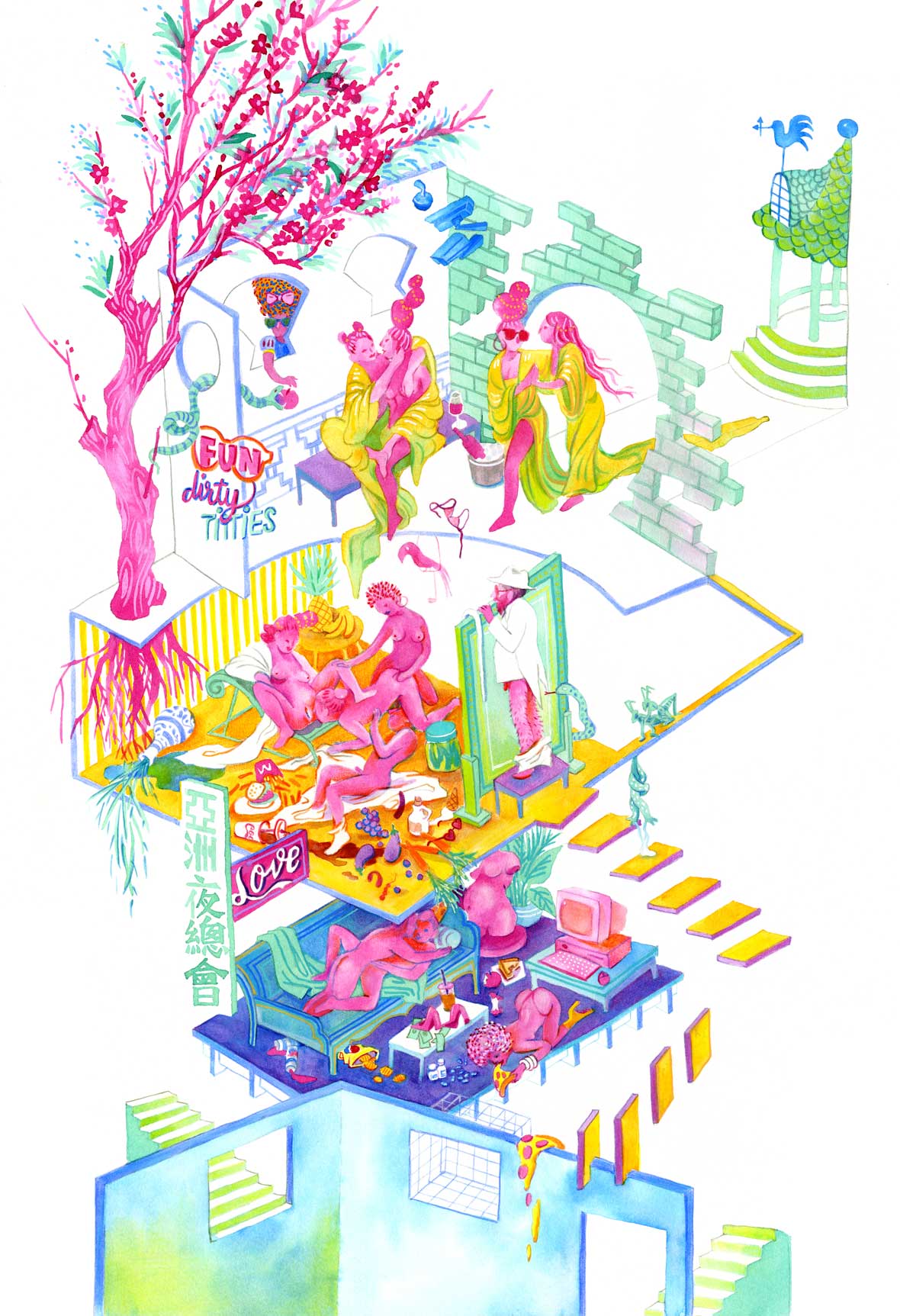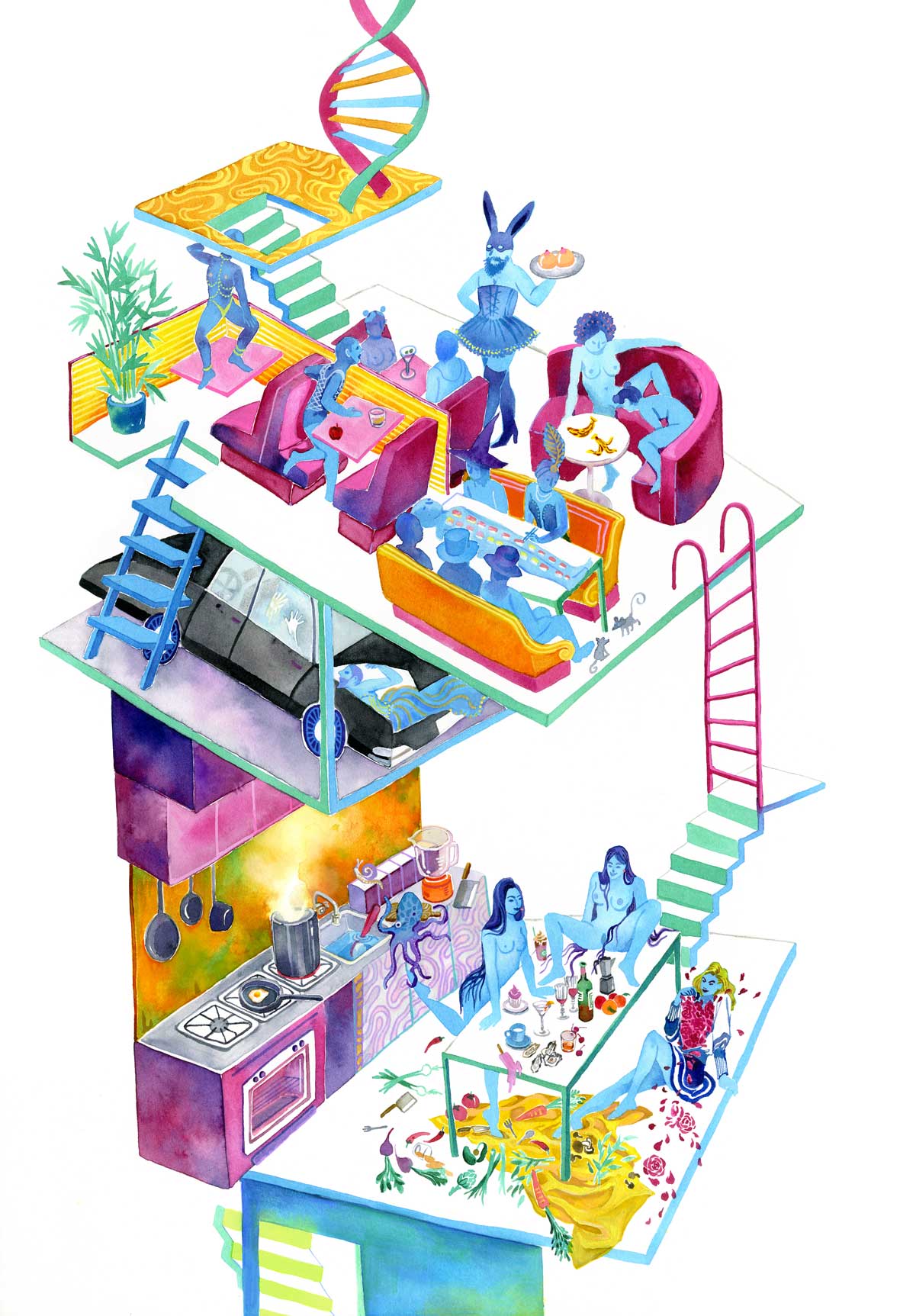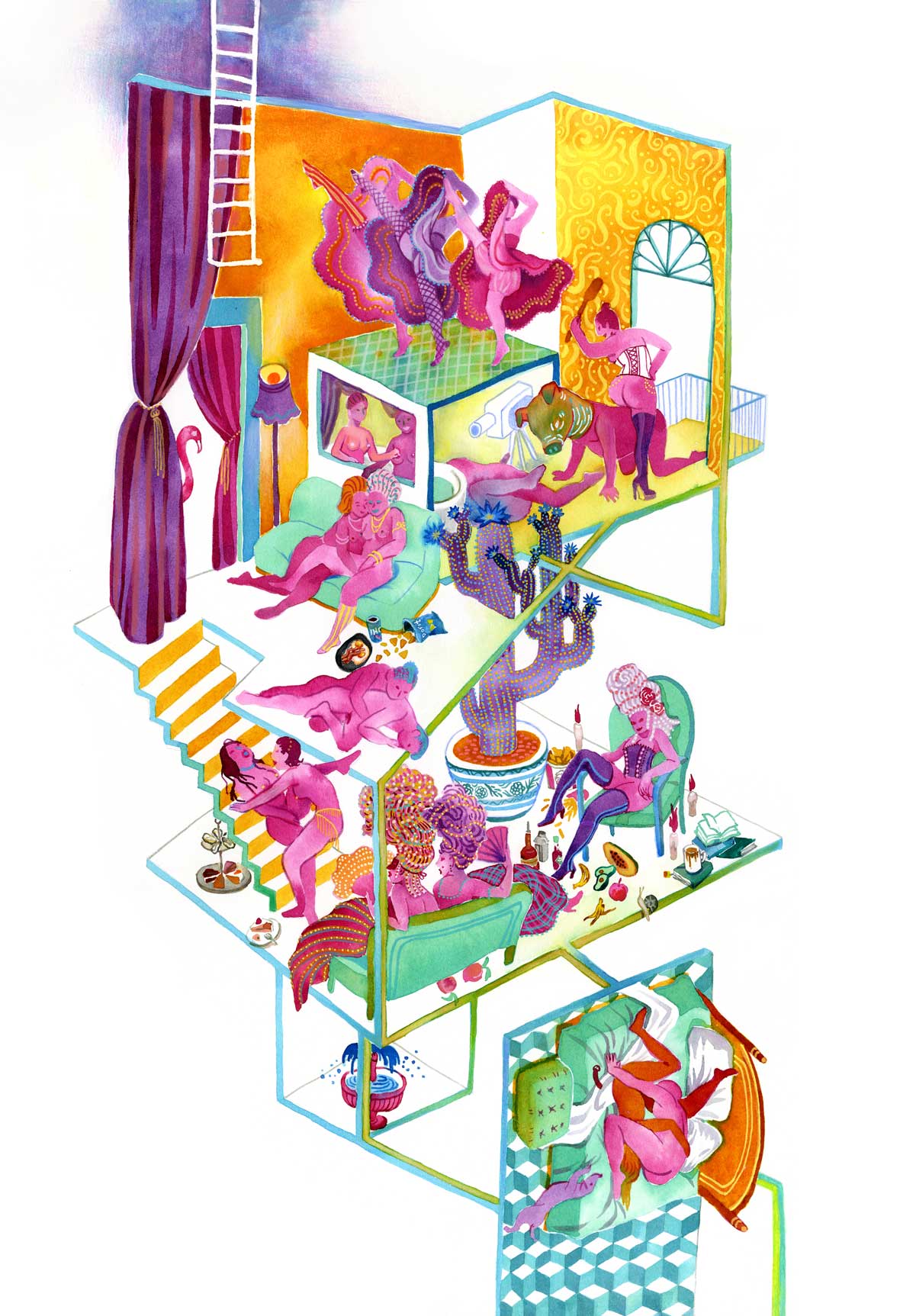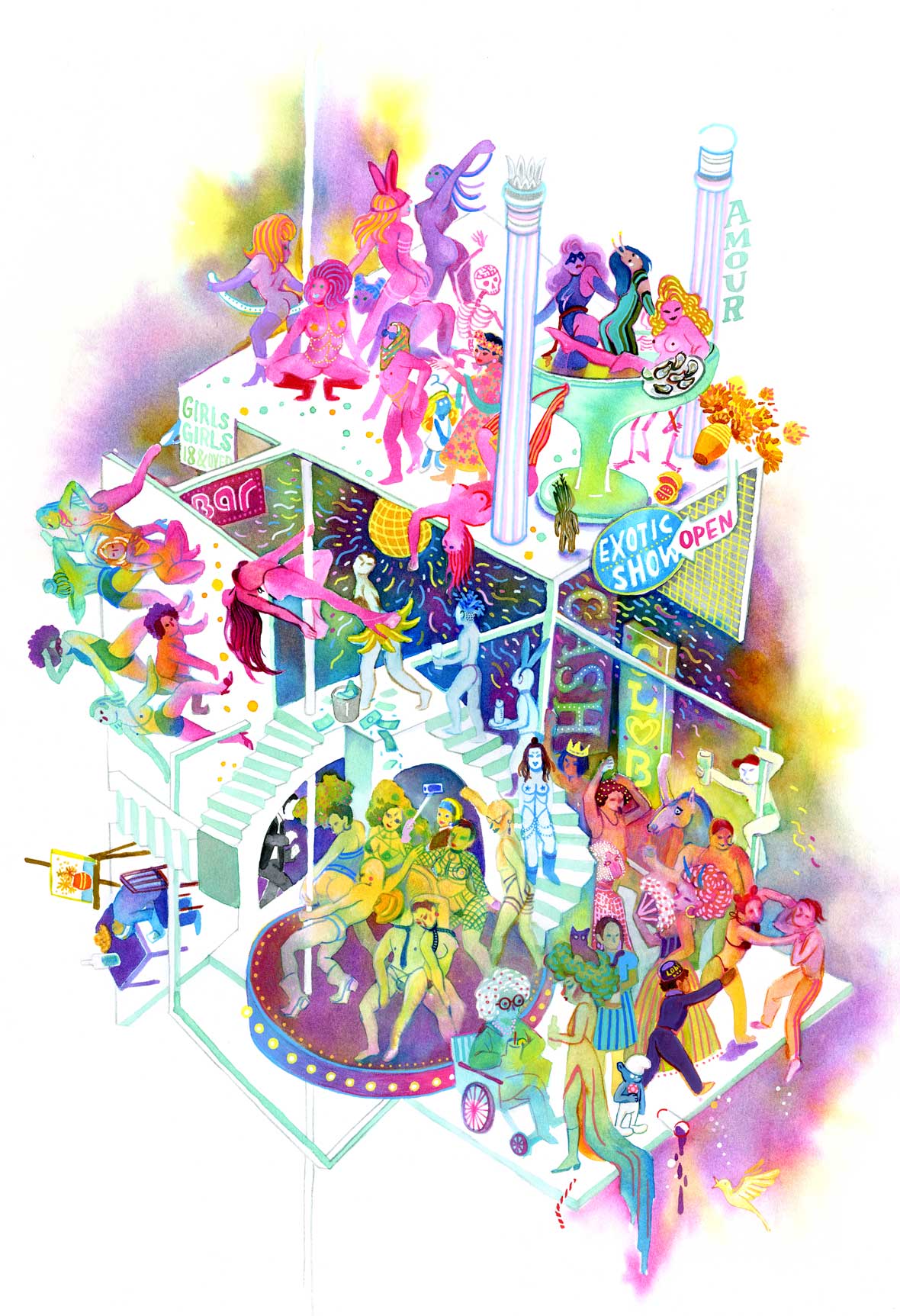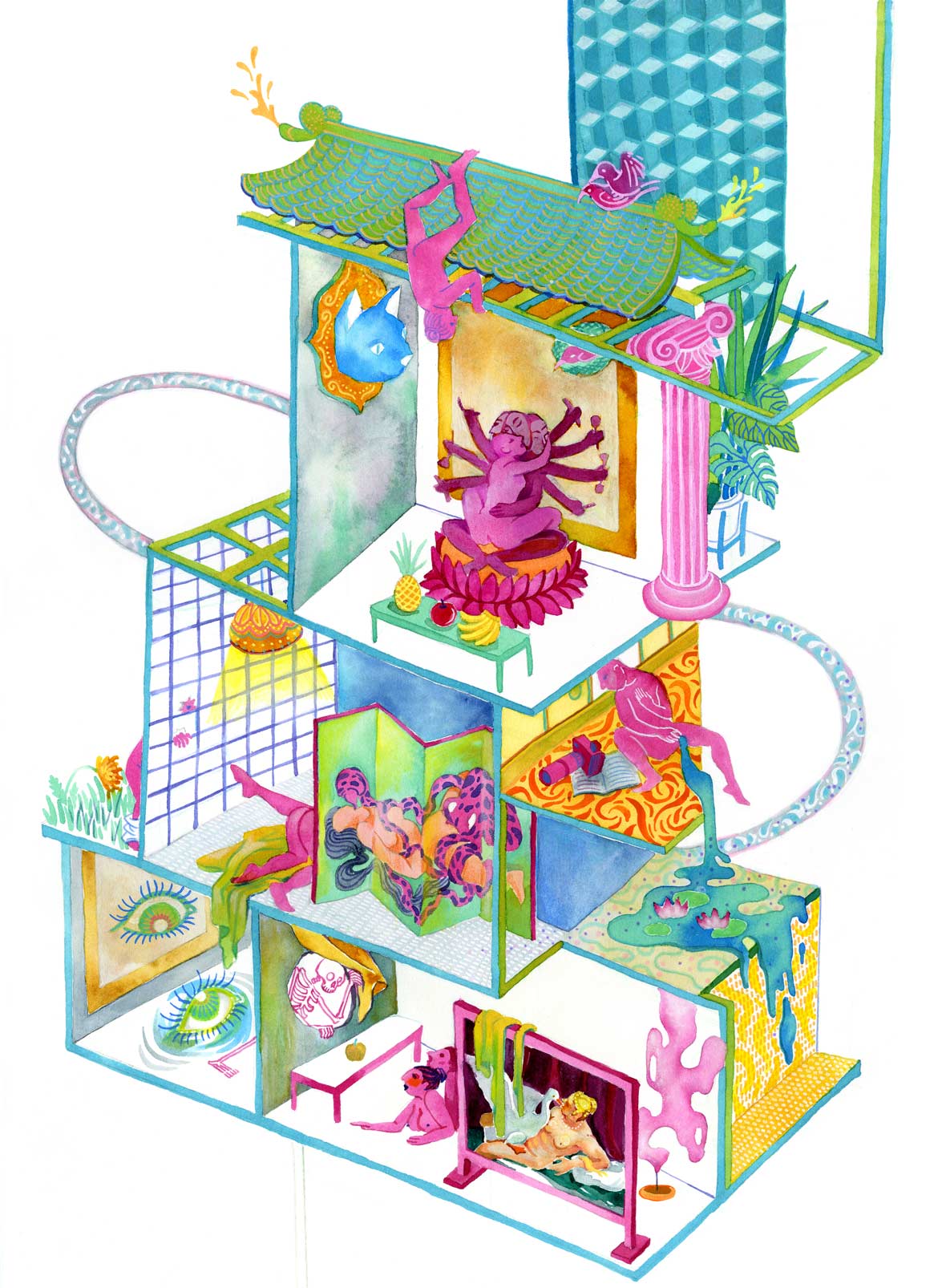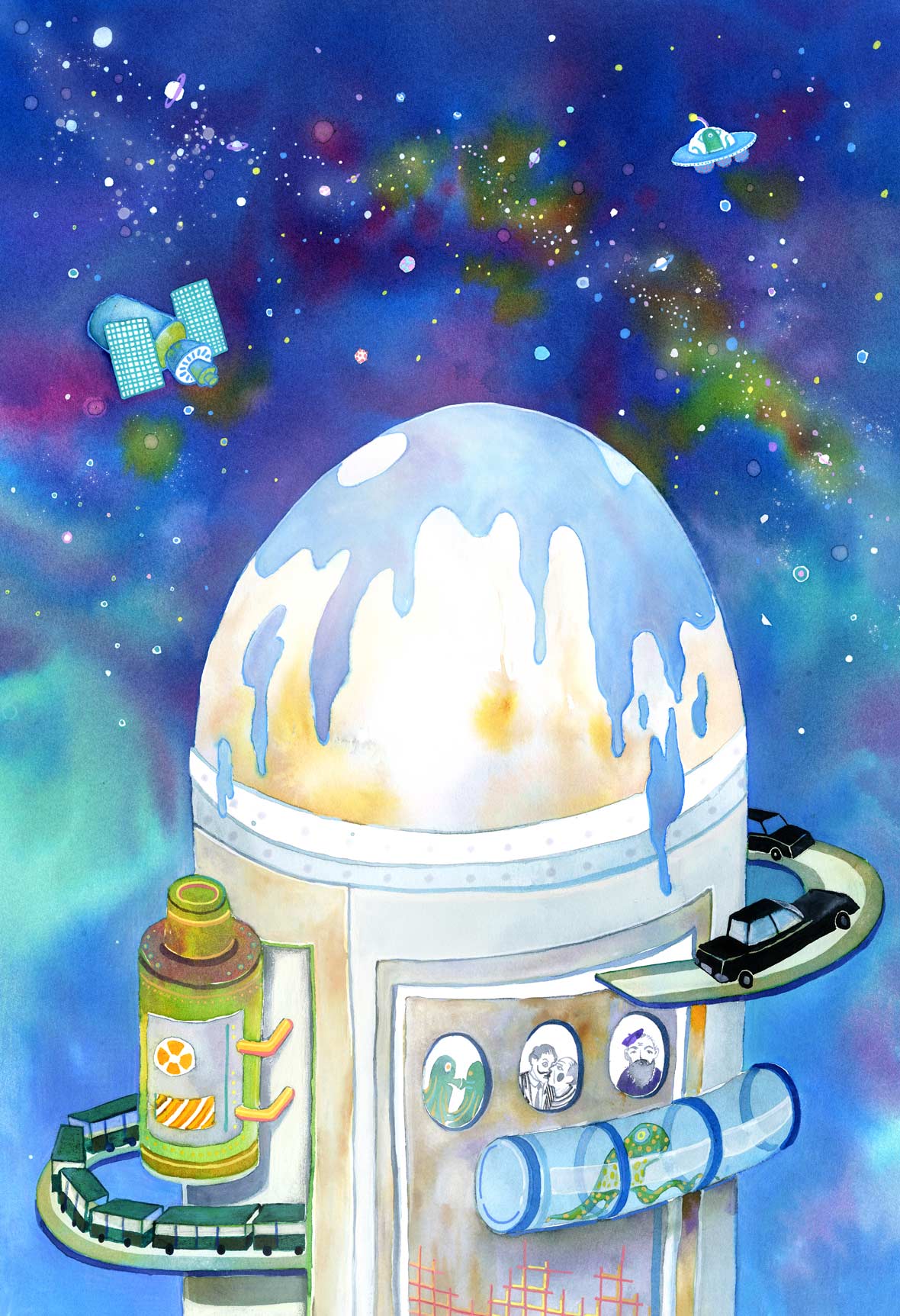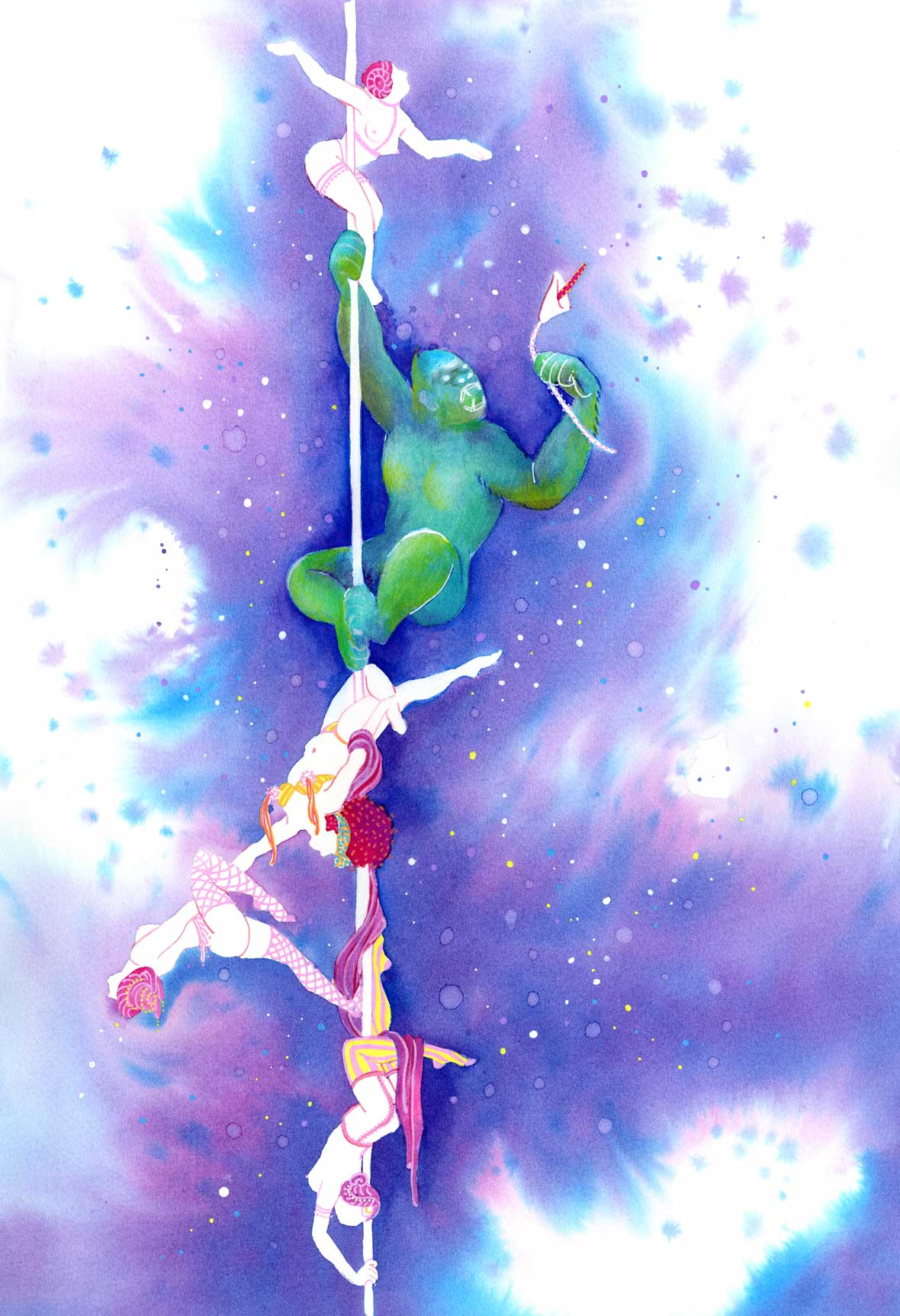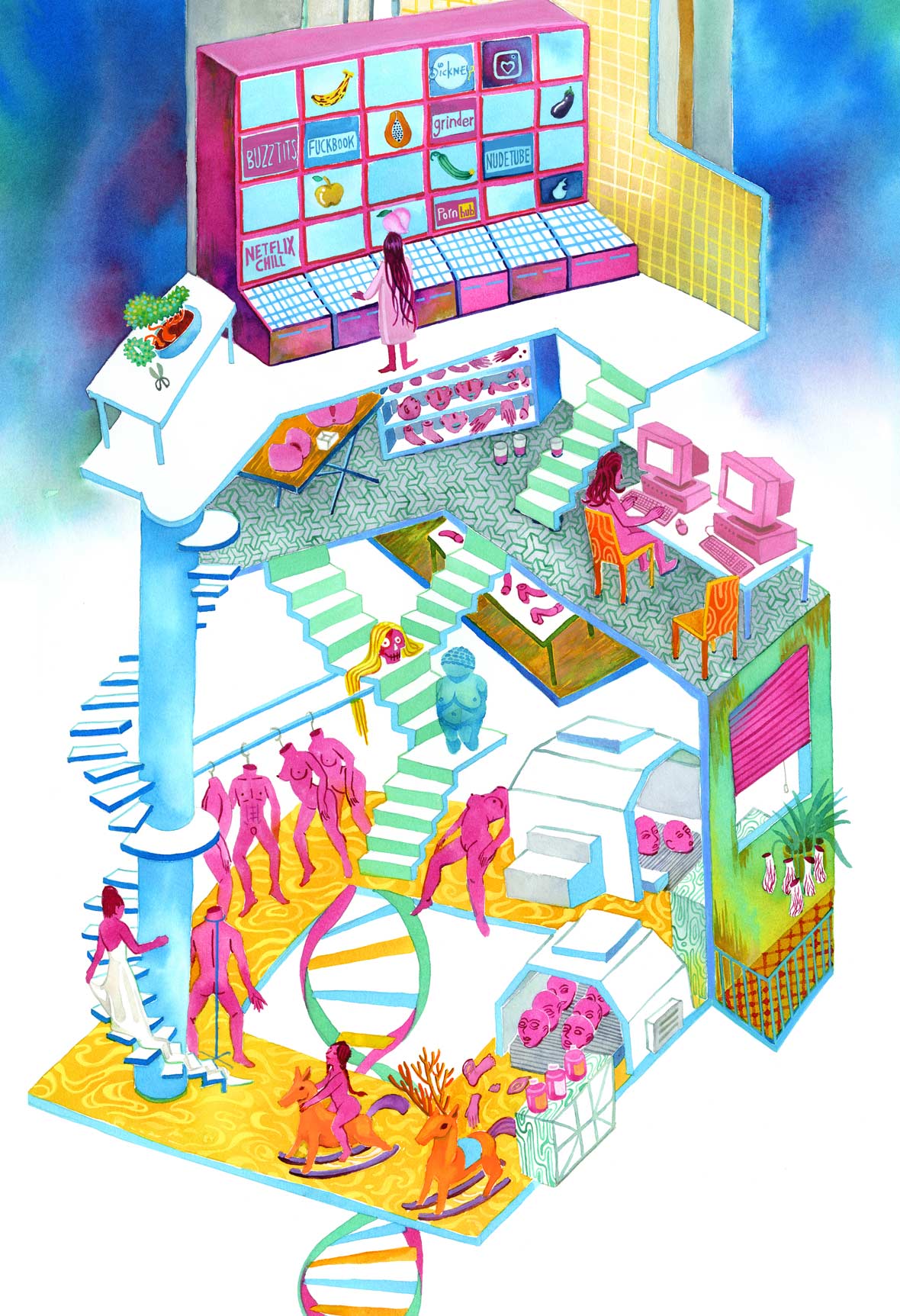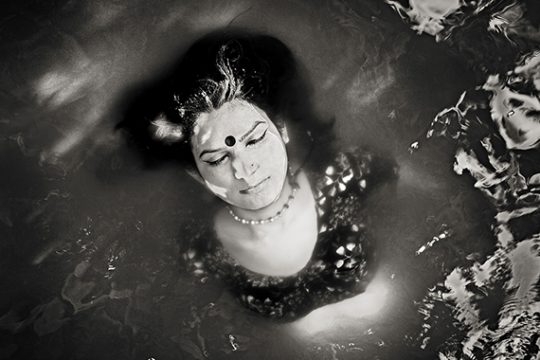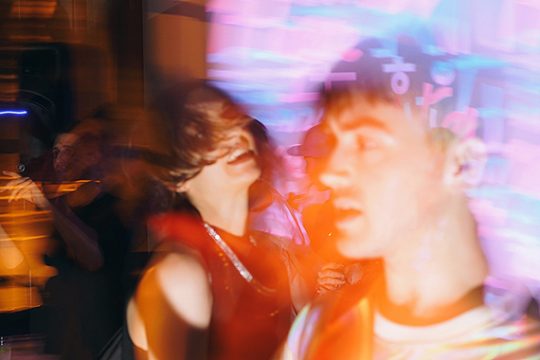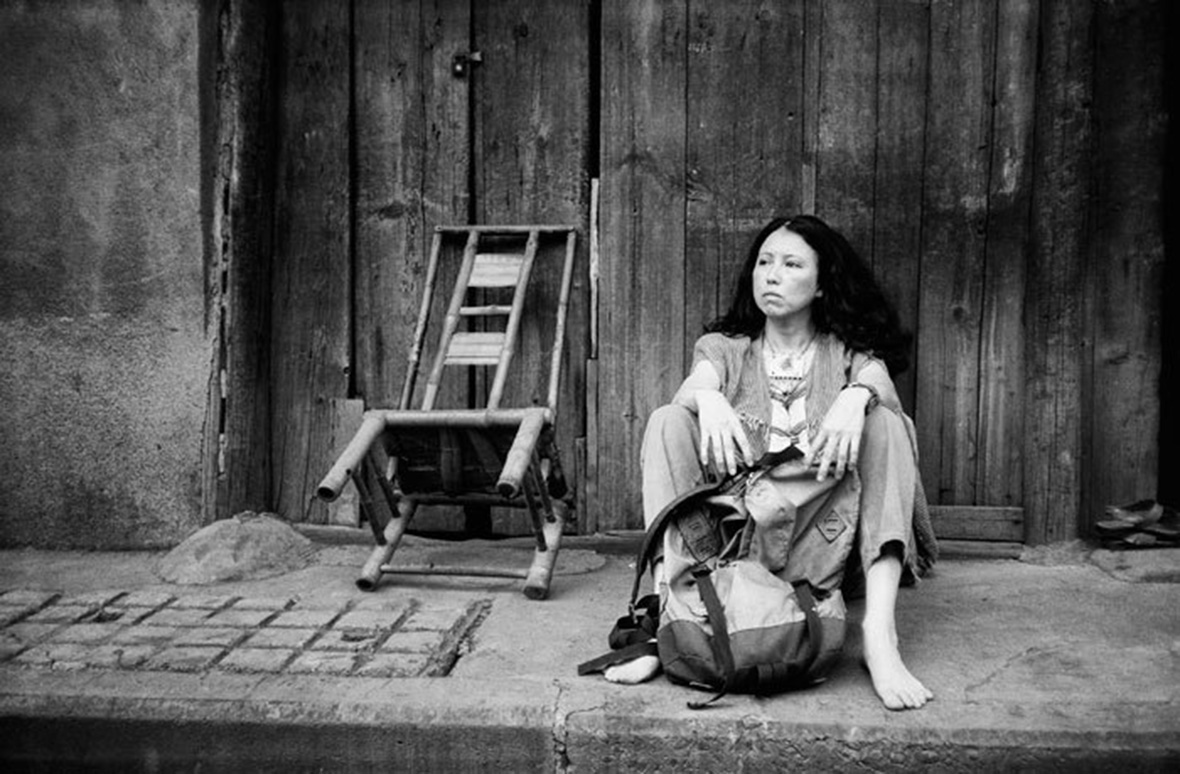
For some people, the desert holds a special allure. They’re drawn to its severe beauty, its terrifying openness, its punishing sun and frigid nights. For readers of Chinese, perhaps the most memorable figure to dream of the desert—and one of the most singular travelers of the 20th century—is the Taiwanese writer known as Sanmao.
“I don’t remember when it was exactly, but one day I found myself absentmindedly flipping through an issue of National Geographic. It just so happened there was a feature on the Sahara,” Sanmao wrote in the early 1970s, explaining the desert’s pull. “I couldn’t understand the feeling of homesickness I had, inexplicable and yet so decisive, towards that vast and unfamiliar land, as if echoing from a past life . . . My desire to go only deepened, torturing me with nostalgia and longing.” Not content simply to dream, in 1973 she and her future husband José moved from Madrid, where they had been working, to the town of El Aaiún, in what was then the Spanish colony of the Western Sahara.
Sanmao’s account of her life there, Stories of the Sahara, first published in 1976, brought her overnight fame in Taiwan, and it launched her brief but fertile literary career. Over the course of the next fifteen years, she published some twenty books and became wildly popular throughout the Chinese-speaking world. Even today, few writers are as beloved. Now, at long last, the book that made her famous is available in English, in an elegant translation by Mike Fu.
对于有些人来说,沙漠有一种特别的魅力:极端严酷的环境、摄人心魄的空旷,加之炎炎烈日与漫漫寒夜,无不令人心弛神往。对于华语读者而言,在有关沙漠的幻想中,最有代表性的人物——同时也是 20 世纪最具传奇色彩的旅行家之一,就是台湾作家三毛。
“不记得在哪一年以前,我无意间翻到一本美国的《国家地理》杂志,那期书里,它正好在介绍撒哈拉沙漠。我只看了一遍,我不能解释的属于前世回忆似的乡愁,就莫名其妙,毫无保留地交给了那一片陌生的大地。” 1970 年代初,三毛这样写下沙漠的莫名吸引力。“等我再回到西班牙来定居时……我怀念渴想往它奔去的欲望就又一度再苦痛着我了。”为了不再满足于纯粹的想象,1973 年,三毛和后来成为她丈夫的荷西(José)从他们原来工作生活的马德里搬到了阿尤恩(El Aaiún,又称“阿雍”),这是当时被划分为西班牙保护地的西撒哈拉中的一个小镇。
在《撒哈拉的故事》中,三毛讲述了这段生活。这本书在 1976 年首次出版,一经推出,就让三毛在台湾一夜成名,由此开启了她短暂而精彩的文学创作生涯。在之后十五年期间,她一共出版了近 20 本著作,在华语文学界声名大噪。即便到了今天,也鲜有作家能像她那样广受欢迎。最近,在译者傅麦(Mike Fu)的努力下,这本曾让她一举成名的著作终于被翻译成了英语版本。
Stories of the Sahara is a series of autobiographical sketches—an intimate, if not always factual, chronicle of Sanmao’s life in El Aaiún with her husband José and their Sahrawi neighbors. The stories offer a glimpse into a world her readers in Taiwan, and eventually in mainland China, could only dream of—a small colonial outpost on the edge of the desert must have seemed unimaginably remote, while her globe-trotting lifestyle must have struck many as a fantasy. “Driving through this great wasteland, so peaceful in the afternoon it was almost frightening, it was hard not to feel some measure of loneliness,” she writes. “But, by the same token, to know that I was wholly alone in this unimaginably vast land was totally liberating.” She traveled the world alone and had little patience for the gender expectations of her day. “Sanmao was unique for her time as an independent Chinese woman,” says Fu. “She not only wrote of her travels far and wide, but expressed herself with a certain boldness and (some might say) vanity.”
《撒哈拉的故事》是一本自传式散文集,其中讲述了她与丈夫荷西在阿尤恩的生活以及在当地结识的朋友,虽然故事的真实性有待商榷,但行文着实真切可感。这些故事给大陆两岸的读者打开了一扇窗户,以一窥这个想象中的曼妙异域:这个位于沙漠边缘的小小殖民地对读者来说显得那样遥远,而三毛本人周游列国的生活方式,对很多人来说更是一种遥不可及的奢望。“在下午安静得近乎恐怖的大荒原里开车,心里难免有些寂寞的感觉。”她写道,“但是,知道这难以想象的广大土地里,只有自己孤零零的一个人,也是十分自由的事。”她独自一人周游世界,无视那个时代对女性的期待。傅麦说:“三毛是一位独立的中国女性,这在那个时代是相当难得的。她不仅写下自己天南海北的旅行经历,还表现出了相当的勇气和自信。”
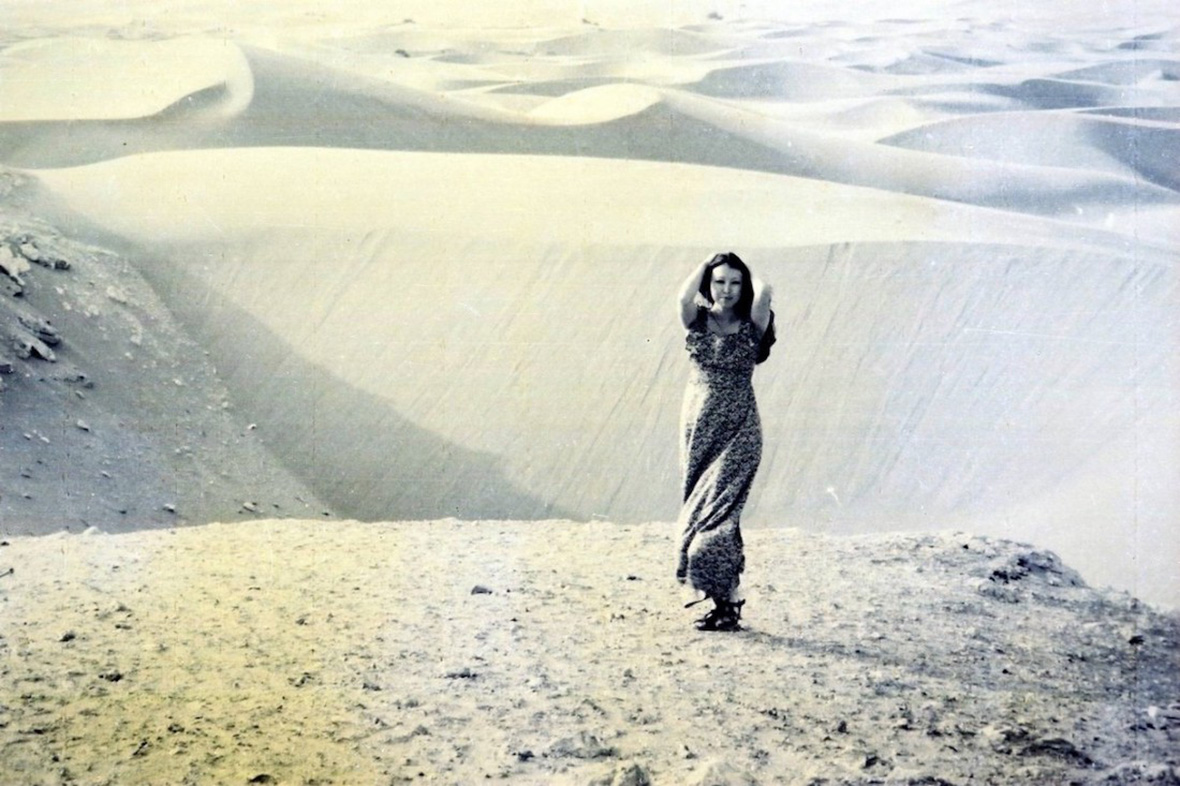
Born in 1943, in wartime Chongqing, Sanmao grew up in Taiwan after her family fled the communist advance. As a child she found her given name, Chen Maoping, too difficult to write, she changed it to Chen Ping; on her first trips abroad, in college, she adopted the English name Echo. Yet it’s as Sanmao—a pen name she borrowed from a 1930s comic-book character—that she became famous. Her literary persona is by turns charming, surprising, and exasperating. “She’s a whimsical character and protagonist, centering the reader as her confidant and co-conspirator,” says Fu. In her hands, even the most outrageous or harrowing situations seem entirely normal. She talks freely of her longing and her disappointments, and though she doesn’t exactly show a vulnerable side, she has no qualms about occasionally appearing ridiculous.
Before moving to the Sahara, Sanmao had already lived in the US, Germany, and Spain. She returned to Taiwan in 1970, but after the untimely death of a fiancé, she left again to take a job teaching English in Madrid. That’s where she began to dream of the desert. José María Quero, a younger man who she had met years earlier, began courting her, and even found a mining job in order to move to the desert with her. She realized that in him she’d found someone to take seriously, and the two got married in El Aaiún in 1974, in a civil ceremony Sanmao recounts in the book. (As a wedding present, he gave her a camel skull. “I was overjoyed,” she writes. “This was just the thing to capture my heart.”) They remained in El Aaiún until late 1975, moving to the Canary Islands when Spain withdrew from the Western Sahara.
三毛生于 1943 年战时的重庆,后来跟着家人逃离国内党派的追逼,来到了台湾。小时候,她觉得自己的名字陈懋(mào)平太难写了,于是就改名为陈平;大学期间,她第一次出国旅行,给自己取了英文名 Echo。然而,她最终成名是以“三毛”的名字。这个名字来源于《三毛流浪记》里的角色。她笔下的自己时而魅力四射,时而令人惊喜,有时又让人觉得可气可恨。“她在书中是一个性格反覆无常的主角,而读者则成为了她倾诉的知己和同谋。” 傅麦说道。在她笔下,即使遭遇了相当糟糕或悲惨的境况,也不过是平平带过。她毫无保留地谈论自己的渴望与失望;虽然没有完全展露自己脆弱的一面,但她毫不在意写下那些偶尔的荒诞插曲。
前往撒哈拉之前,三毛已先后在美国、德国和西班牙生活过。1970年,她回到台湾,但未婚夫不幸去世后,她又回到马德里去教英语。正是在这个时候开始,她对沙漠心生向往。而她几年前认识的一位年轻男子荷西(José María Quero)也开始追求她,甚至还找了一份采矿的工作,只为了和她一起到沙漠生活。当她意识到这是一段值得认真对待的感情后,两人于 1974 年在阿尤恩登记结婚,三毛在书中也描述了这段婚礼。(荷西送了她一个骆驼头骨作为结婚礼物。她这样写道:“我太兴奋了,这个东西真是送到我心里去的”。)他们继续留在阿尤恩生活,直到 1975 年底,当西班牙殖民军从西撒哈拉撤退时,才移居到加那利群岛。
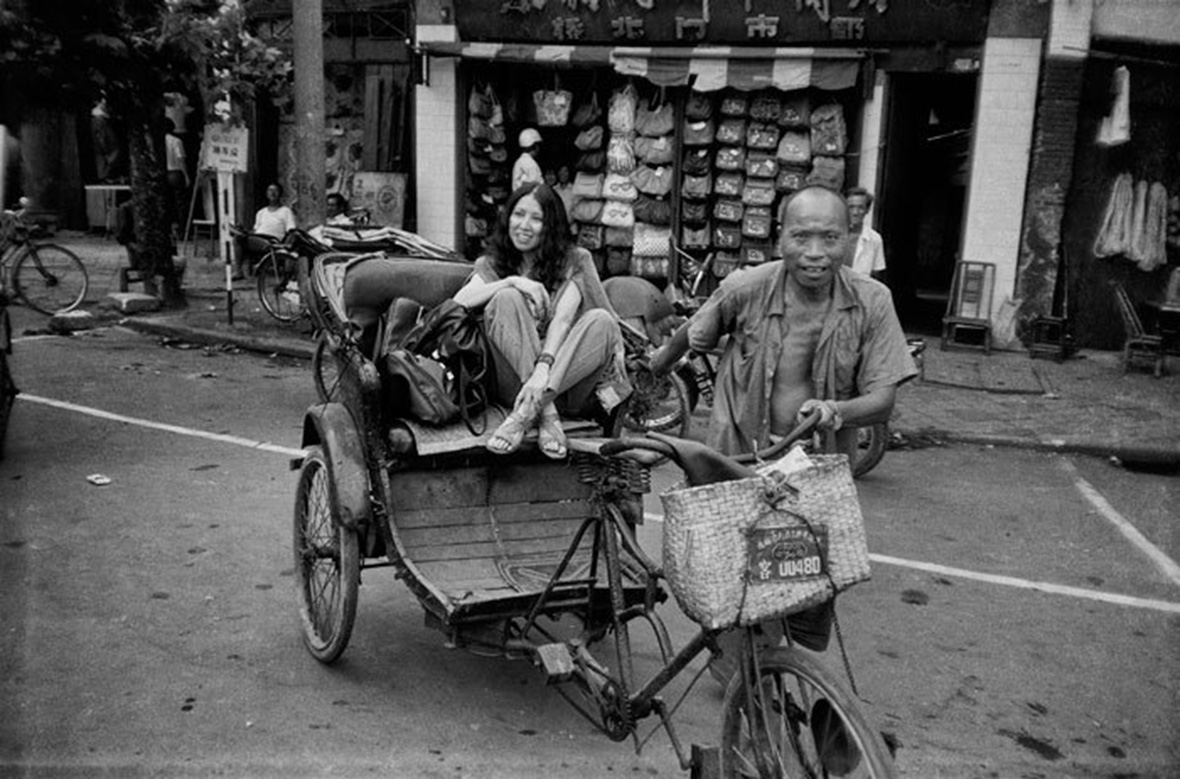
Just why such a singular writer remained unknown in the West for so long is a mystery. “I encountered Sanmao in 2011, when a friend gave me Stories of the Sahara as a birthday present,” says Fu. He had begun dabbling in translation a few years earlier, while doing a master’s in Chinese Film at Columbia, and when he read her he immediately knew he wanted to bring her into English. “One of the first things that drew me to this book was Sanmao’s eminent readability, even for a Chinese-American like myself who grew up largely without deep knowledge of or access to Chinese literature,” he says. “I wanted her to sound just as lively, funny, and relatable in English. I felt that the spirit of her words has aged well and really lent itself to the task.” His version admirably captures her casual, conversational voice, and her personality comes through on every page. (Fu is also the translation editor of the Shanghai Literary Review.)
In recent years, Sanmao has finally begun to attract more international attention, thanks to Fu and other translators. Stories of the Sahara appeared in Catalan and Spanish in 2016 and in Dutch in 2019. Recently the New York Times devoted an “Overlooked” feature (a sort of belated obituary) to Sanmao, and the New Yorker published an essay on her life and works. The upcoming second issue of the Latin American literary journal Chopsuey will include the first-ever Spanish translation of her travelogue from Argentina. And in March of this year, for what would have been her 77th birthday, Words Without Borders published a reminiscence of her by her niece, along with videos of Fu and other translators reading her work in different languages.
这样一个充满传奇色彩的作家竟然一直不为西方社会所了解,实在让人感到匪夷所思。“我是在 2011 年认识三毛的,当时朋友送了我一本《撒哈拉的故事》作为生日礼物。” 傅麦说道。几年前,他在哥伦比亚大学修读中国电影学硕士学位的时候,开始从事翻译工作。他一读这本书,就有了要将它翻译成英文的想法。他说:“这本书最吸引我的地方在于三毛文字的可读性,即使是像我这样对中国文学不甚了解的美籍华裔也看得懂。我希望翻译成英文后,依然能呈现出她活泼、风趣的文字风格,能让读者产生共鸣。我觉得她的文字中透露出一种永不过时的精神,也因此让整本书更加出色。”他的译文出色再现了三毛随性、自然的文字语调,在字里行间,栩栩如生地勾勒出三毛的形象。(另外,傅麦也是《上海文艺评论》的翻译和编辑。)
近年来,三毛开始在国际社会上获得越来越多的关注,傅麦和其他译者功不可没。《撒哈拉的故事》加泰罗尼亚语和西班牙语版本已经于 2016 年出版,荷兰语版本也于 2019 年出版。最近,《纽约时报》发表了一篇专题文章,讲述“被忽略”的三毛(相当于一份迟来的讣文),《纽约客》(The New Yorker) 也发表了一篇文章,介绍了三毛的生平和作品。即将出版的拉美文学刊物《Chopsuey》第二期也将首次发表三毛的阿根廷游记西班牙语译本。今年 3 月是三毛的 77 岁生日,Words Without Borders 发表了由三毛侄女撰写的一篇三毛回忆录,还有傅麦和多位译者用不同语言阅读三毛作品的视频。
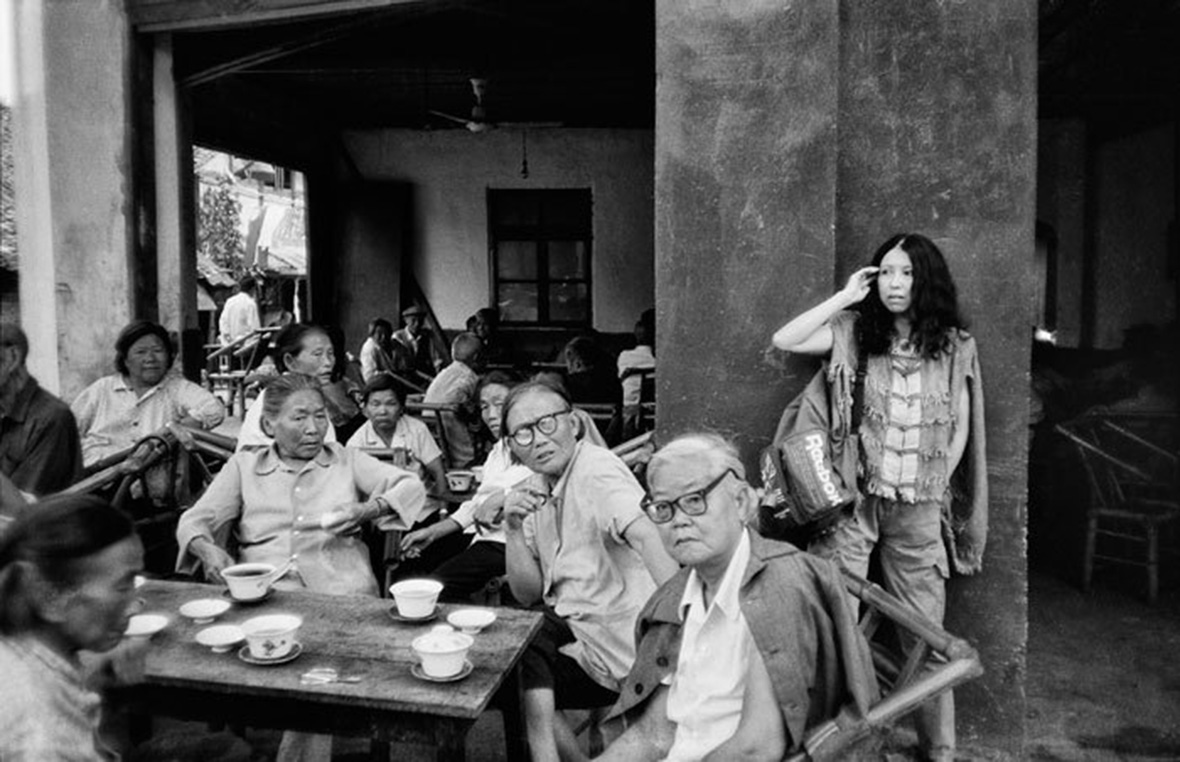
What explains Sanmao’s lasting appeal? Partly it’s her curiosity about everyone around her, which in turn owes a lot to her boundless confidence and willingness to flout gender norms. She was a keen observer of the life of El Aaiún and effortlessly moved across social and political lines, meeting Sahrawi notables and colonial bureaucrats, Spanish soldiers and rebel militiamen, conservative women and traveling prostitutes. She and José were much more involved in the local life than their Spanish peers. “We had many Sahrawi friends,” she writes. “The stamp seller at the post office, the security guard at the courthouse, the company driver, the store assistant, the beggar pretending to be blind, the donkey wrangler who delivered water, the powerful tribal chief, the penniless slave, male and female neighbors young and old, policemen, thieves; people from all walks of life were our sahabi.” Not everyone got along, of course, and intolerance and violence were never far from the scene. One of her most dramatic pieces, “Crying Camels,” shows how a mixture of religious intolerance, sexual conservatism, political infighting, and personal vendettas culminated, in the chaotic days of Spain’s withdrawal, in a brutal tragedy.
为什么三毛能拥有如此经久不衰的魅力?一部分原因可能是她对别人的那份好奇心,这归功于她的自信和对社会性别规训的反叛。她细致敏锐地观察着阿尤恩的生活,轻松自如地游走于不同的社会和政治阶层,既结识了撒哈拉维名流和殖民官员、西班牙士兵和反政府武装士兵,也认识了保守的传统女人和四处漂泊的妓女。比起荷西比西班牙人,三毛更加融入当地的生活。正如她笔下所写:“我们有很多撒哈拉威人(Sahrawi,指居住在西撒哈拉的人)的朋友,邮局买邮票的,法院看门的,公司的司机,商店的店员,装瞎子讨钱的,拉驴子送水的,有势的部族首长,没钱的奴隶,邻居男女老幼,警察,小偷,三教九流都是我们的“沙黑毕”(朋友)。”但是,这里的生活也不是一片其乐融融,这里也会有仇恨和暴力。在她最具戏剧性的作品之一《哭泣的骆驼》中,她描写了在动荡的西班牙大撤退中,各种宗教仇恨、性保守主义、政治斗争和个人仇杀所带来的,种种毫无意义的悲剧。
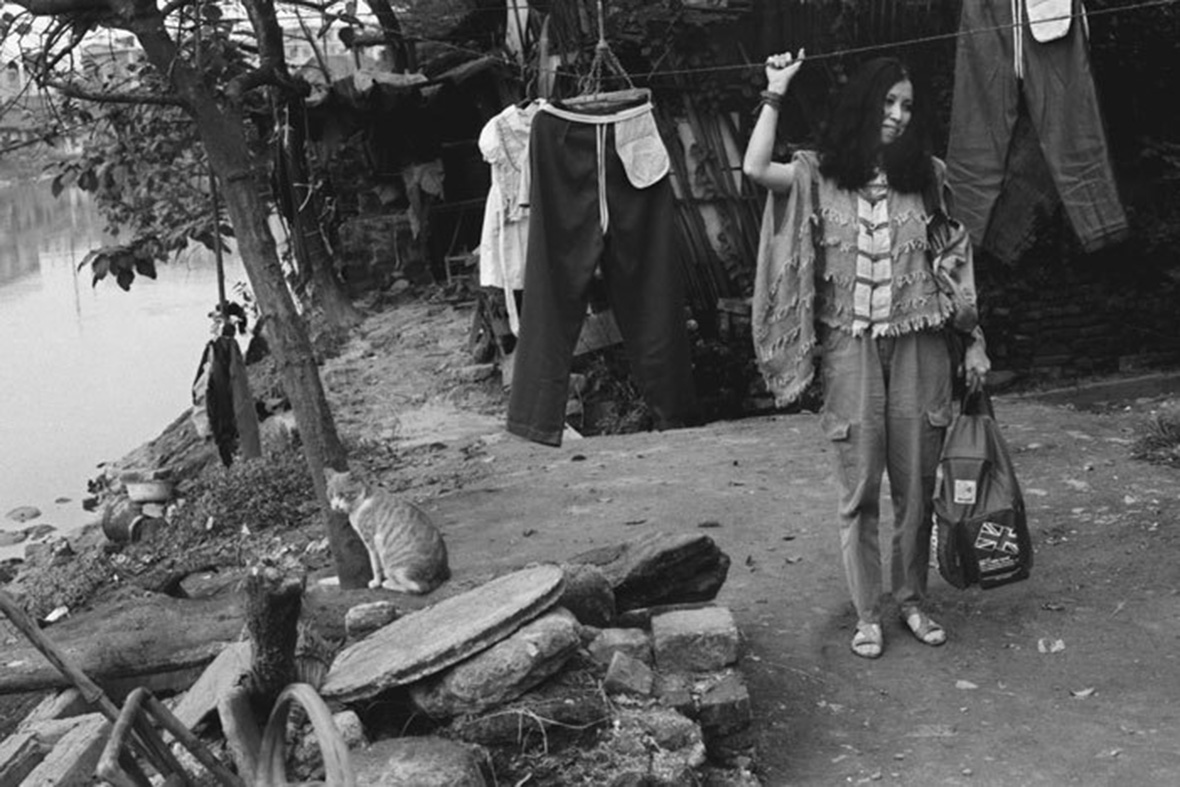
Her curiosity didn’t preclude criticism, and she never hesitated to pass judgment on what she saw. She deplored the Sahrawi practices of slavery and child marriage, and she was incredulous about local ignorance and poor hygiene. As Fu notes, “there are quite a few instances where her judgments of others, especially the Sahrawi characters, may come off as insensitive at best, derogatory or racist at worst.” Yet her judgments were balanced by a profound sympathy for nearly everyone she encountered: the young shopkeeper duped into sending money to a distant woman he thinks is his wife, the Spanish soldier filled with hatred after his comrades are massacred, the old women who asked her to treat their aches and pains. She found herself compelled by the very landscape to seek out these human connections. “Back in civilization, life was too complicated. I wouldn’t have thought other people or things had anything to do with me,” she writes. “But in this barren land, fierce winds howling year round, my spirit was moved by the mere sight of a blade of grass or a drop of morning dew . . . How could I turn a blind eye to an old man tottering on his own beneath such a lonely sky?”
她对世界充满好奇,也不吝于批判眼前所见的一切。她曾强烈谴责撒哈拉威的奴隶制和童婚传统,对当地的封闭无知和恶劣的卫生条件,也提出过质疑。就像傅麦指出的:“书中有多处,她对他人的评价,尤其是对撒哈拉威人的描述,让人感觉过于冷漠,甚至可以说是一种贬低或歧视。” 然而,在批判之余,三毛几乎对于她所遇到的每一个人又流露出同情:一直给远方所谓“妻子”寄钱的年轻店主、在战友被屠杀后充满仇恨的西班牙士兵、一位请求她治疗他们病痛的老妇;她发现,置身于沙漠的环境,她不由自主地想去寻求人与人之间的联系。她写道:“在文明的社会里,因为台服在了,我不会觉得其他的人和事跟我有什么关系,但是在这片狂风中年吹拂着的贫瘠的土地上,不要说是人,能看见一个槽,一滴晨曦下的露水,它们都会触动我的心灵,怎么可能在这样寂寞的天空下见到蹒跚独行的老人而视若无睹呢?”
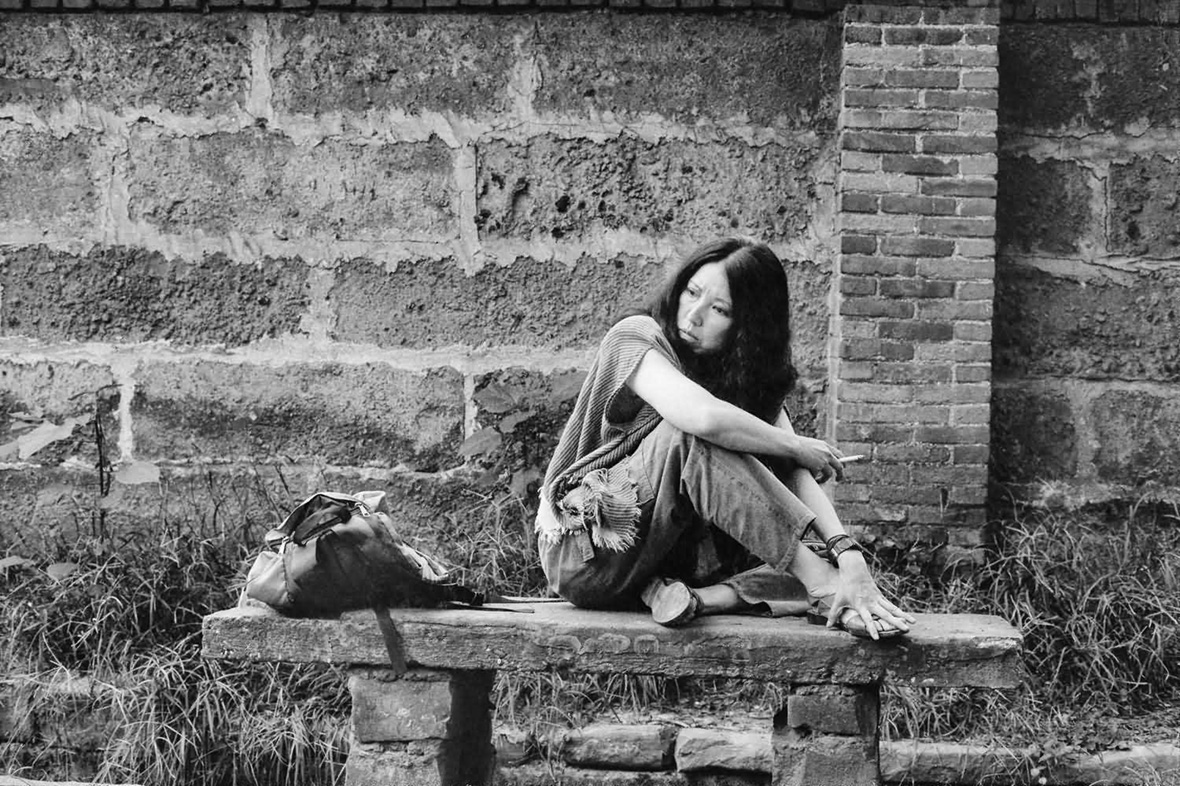
In 1979, José died in a tragic diving accident on the Canary Islands, leaving Sanmao distraught. She returned to Taiwan, where she settled down to teach writing. Yet before long she was on the road again, spending several months in Latin America on assignment from United Daily News, the paper that had printed her first dispatches from Africa. Toward the end of the 1980s she traveled to mainland China for the first time. By the time of her sudden death in 1991, in an apparent suicide in a Taipei hospital, she had already become a literary legend on both sides of the straits.
Her evocations of life in the Sahara remain haunting. “What attracts me to this place? The wide openness of the earth and sky, the hot sun, the windstorms. There’s joy in such a lonely life, there’s sorrow.” Sanmao’s life and works continue to be an invitation for readers to take a leap into the unknown. And now this singular, alluring writer is available to readers in English.
To purchase Mike Fu’s translation of Stories of the Sahara, click here. The original Chinese version can be ordered here.
1979 年,荷西在加那利群岛潜水时不幸意外身亡,留下悲痛欲绝的三毛。她回到台湾定居,教授写作。然而,没过多久,她又重新踏上旅程,受《联合报副刊》邀请,在拉丁美洲生活了几个月。该报纸也曾发表了她在非洲旅行的文章。在 20 世纪 80 年代末,她第一次到访中国大陆。1991 年,三毛突然在台北一家医院自缢身亡。这时的她已经成为两岸文学界的传奇人物。
她所描写的撒哈拉生活至今仍萦绕人们的心头。“这儿有什么吸引我?天高地阔、烈日、风暴,孤寂的生活有欢喜,有悲伤,连这些无知的人,我对他们一样有爱有恨,混淆不清,唉!我自己也搞不清楚。”直到今日,三毛和她的文字仍然在吸引着读者探索未知的世界。现在,她的作品终于突破了语言的壁垒,终于能为英语读者献上她传奇的生平与故事。
Like our stories? Follow us on Facebook and Instagram.
Contributor: Allen Young
Chinese Translation: Olivia Li
Images Courtesy of Xiao Quan & Chengdu University of Science and Technology

